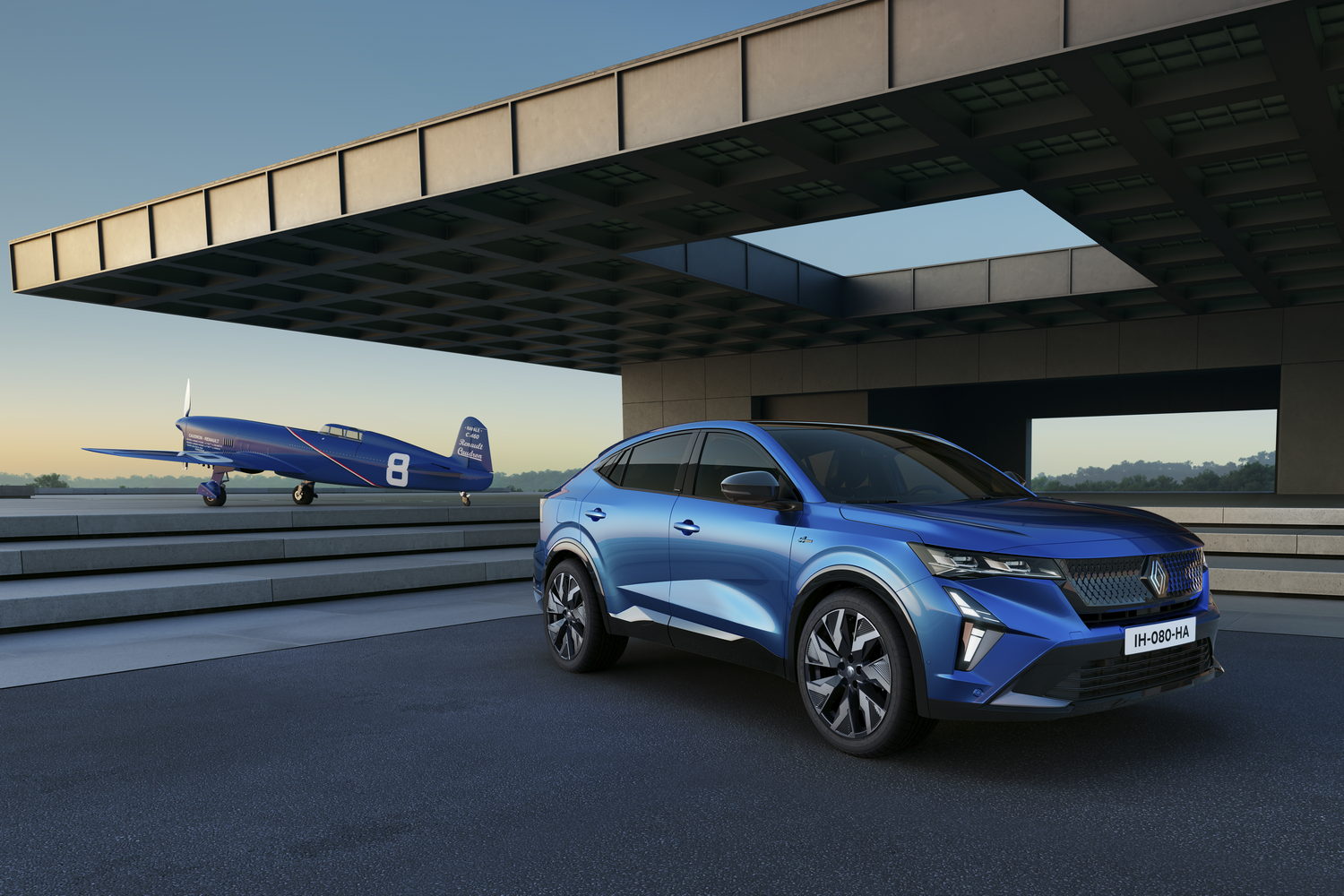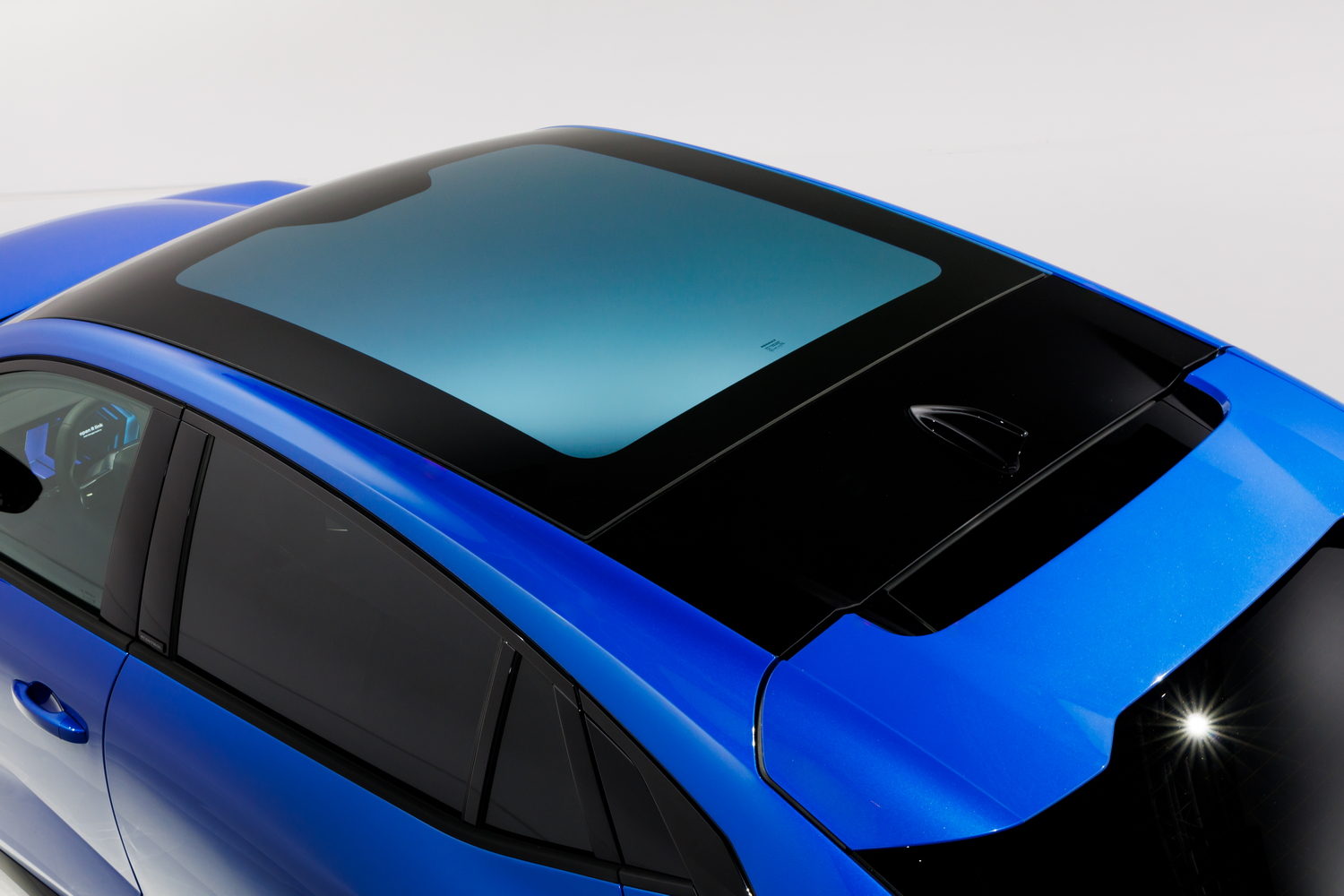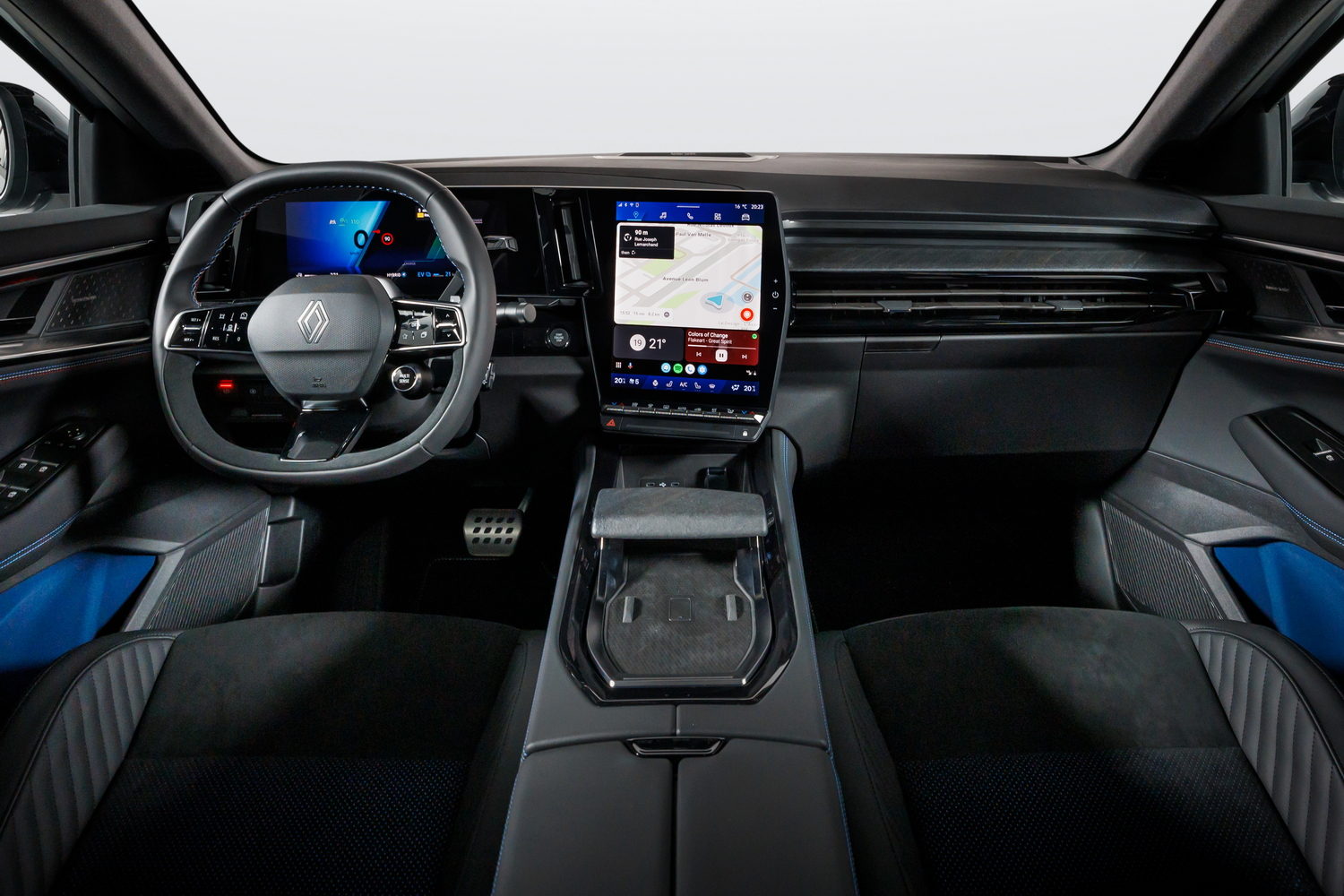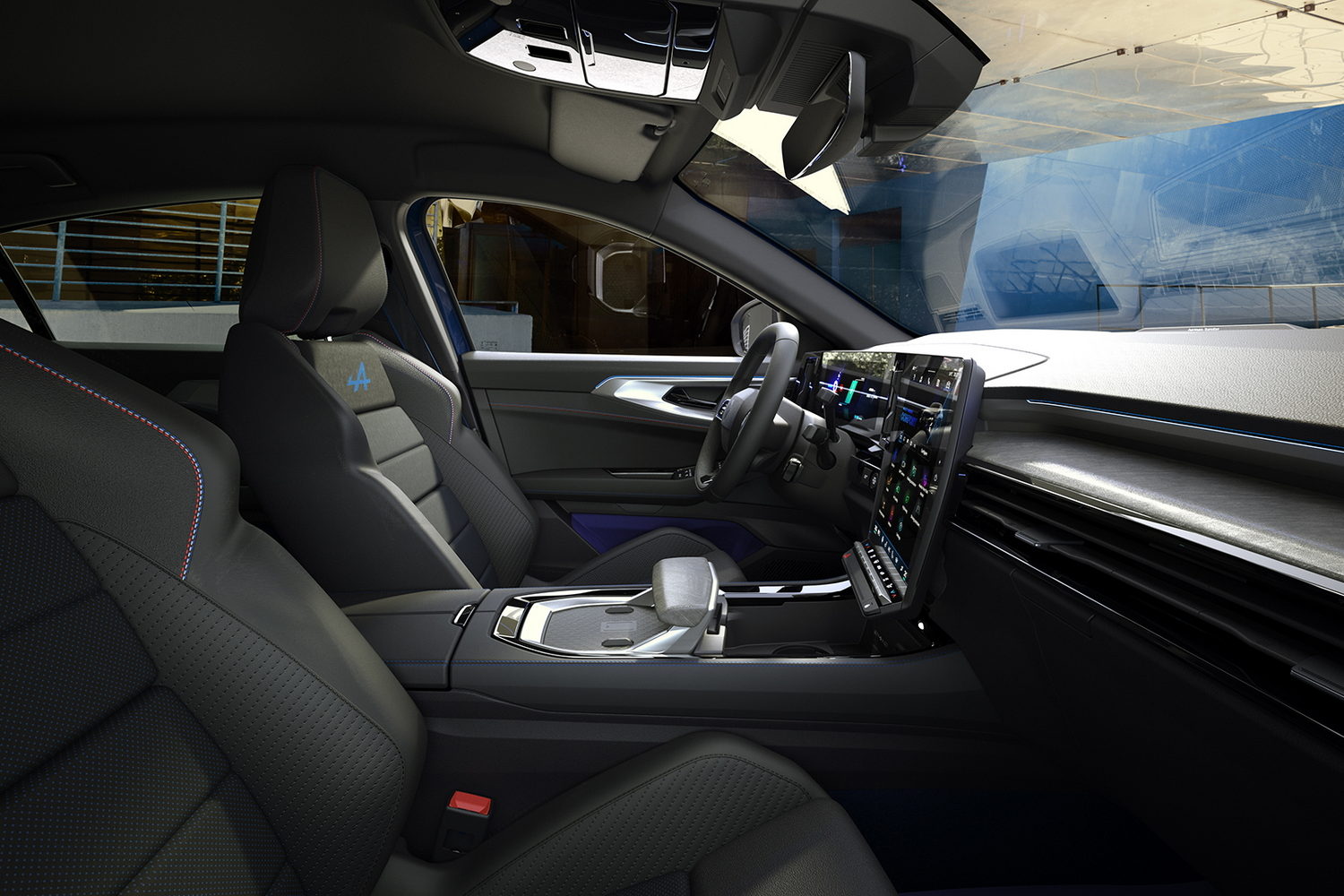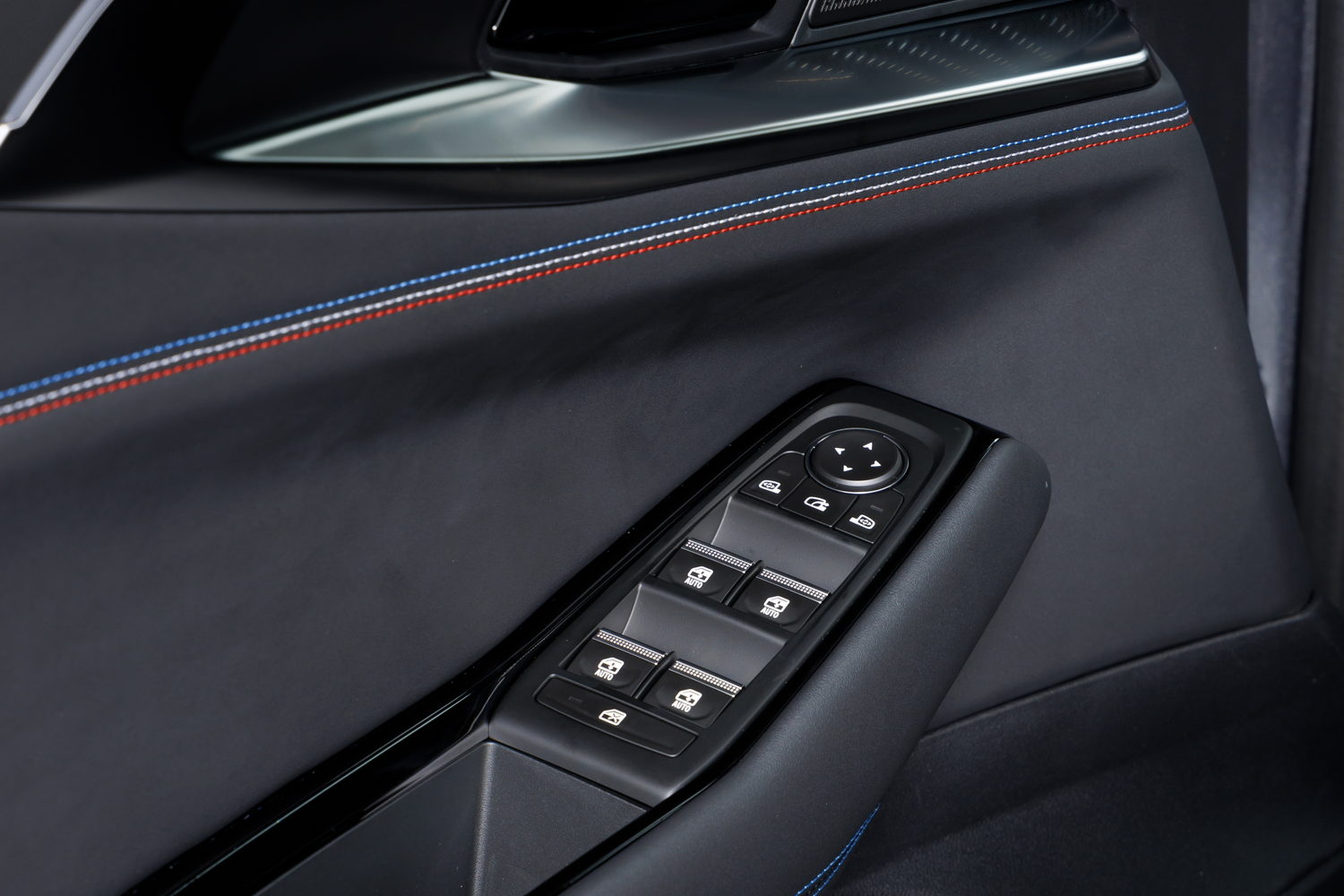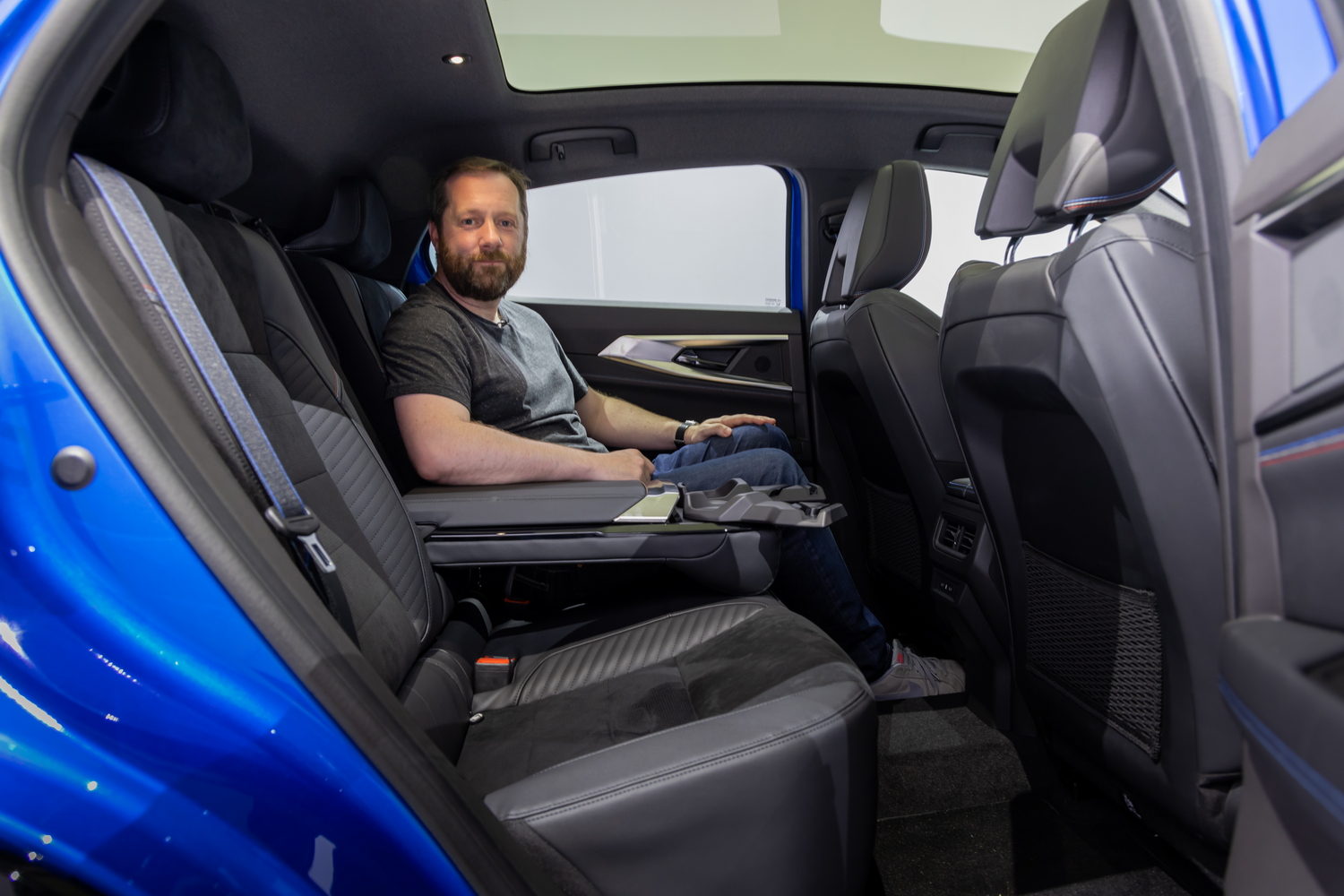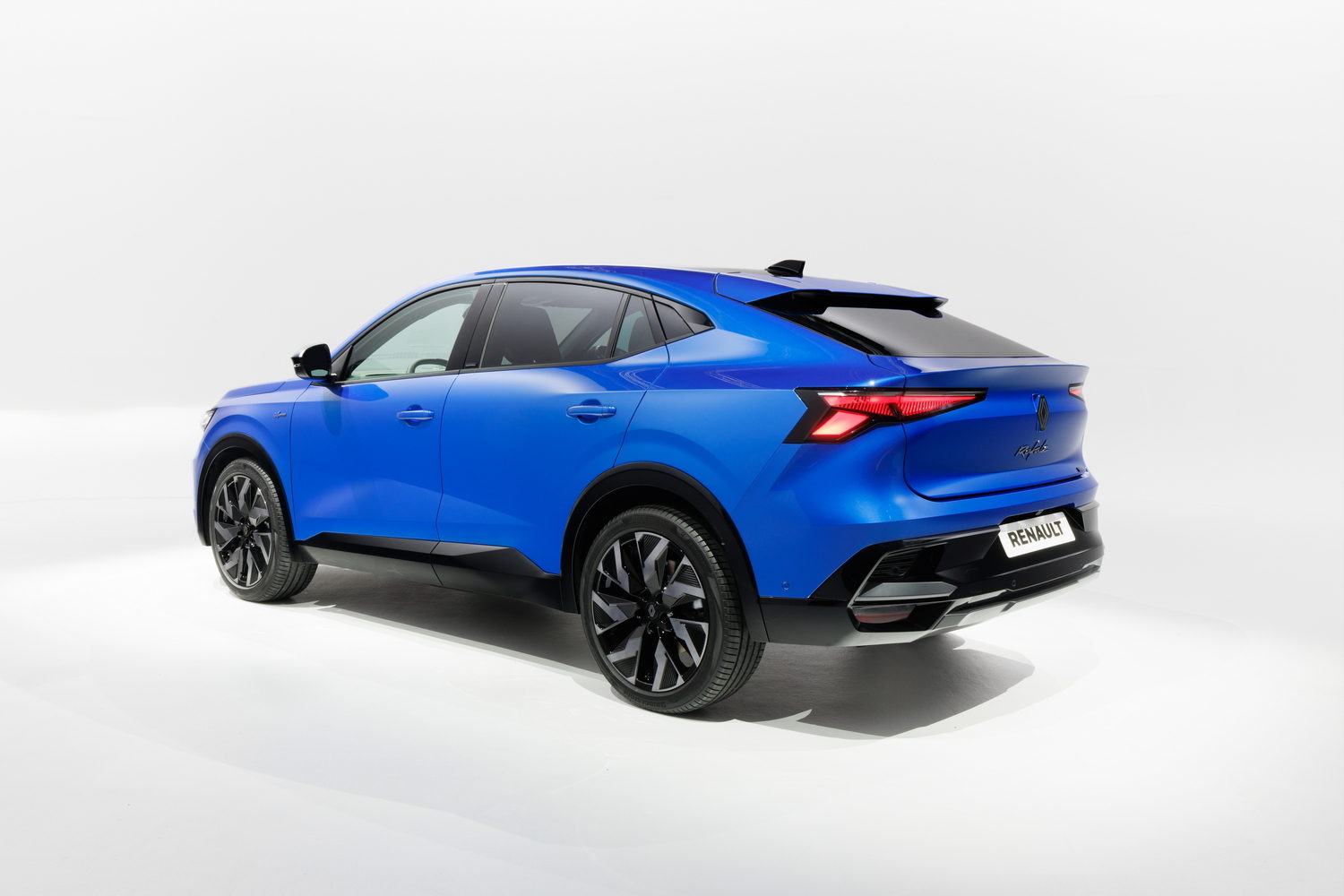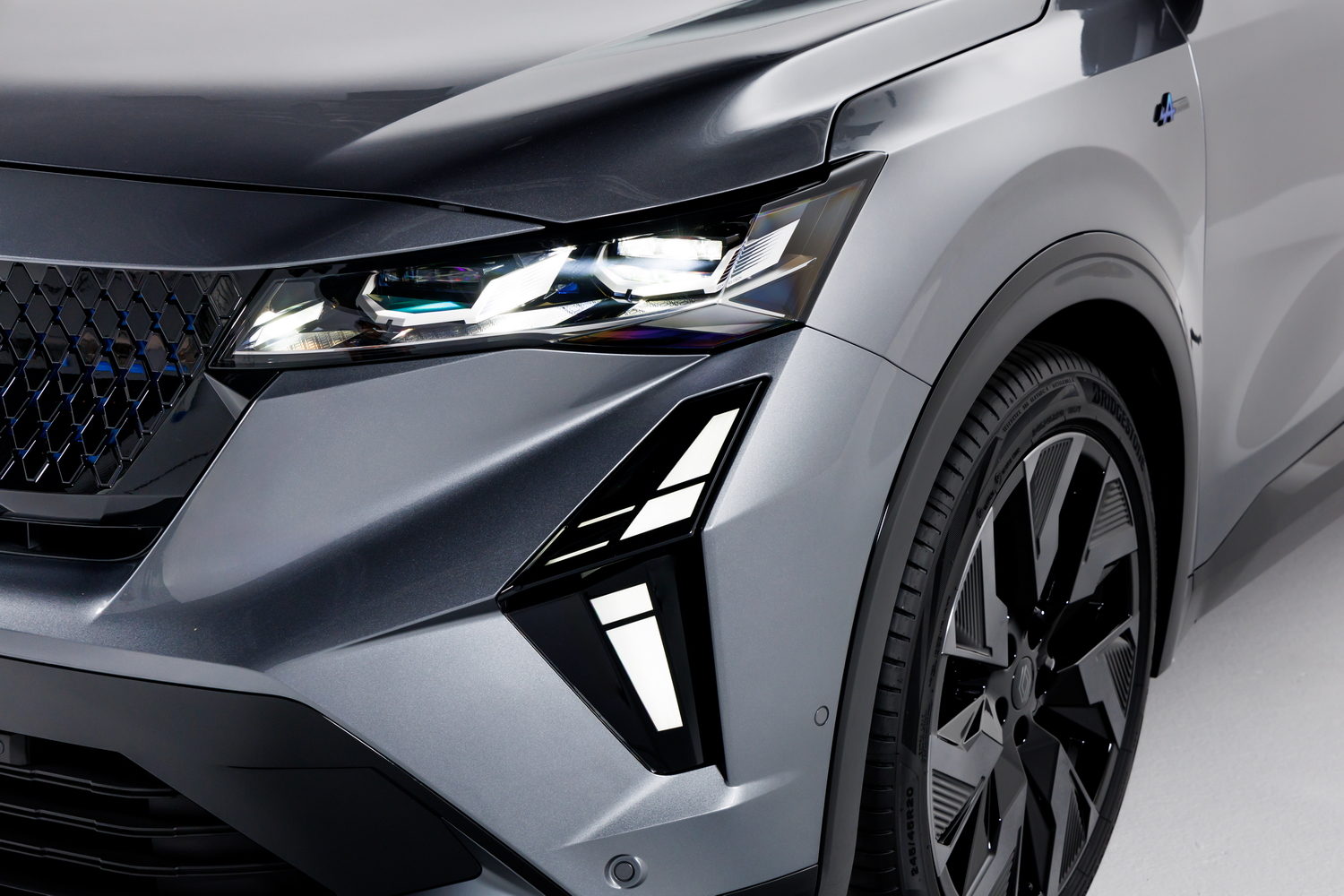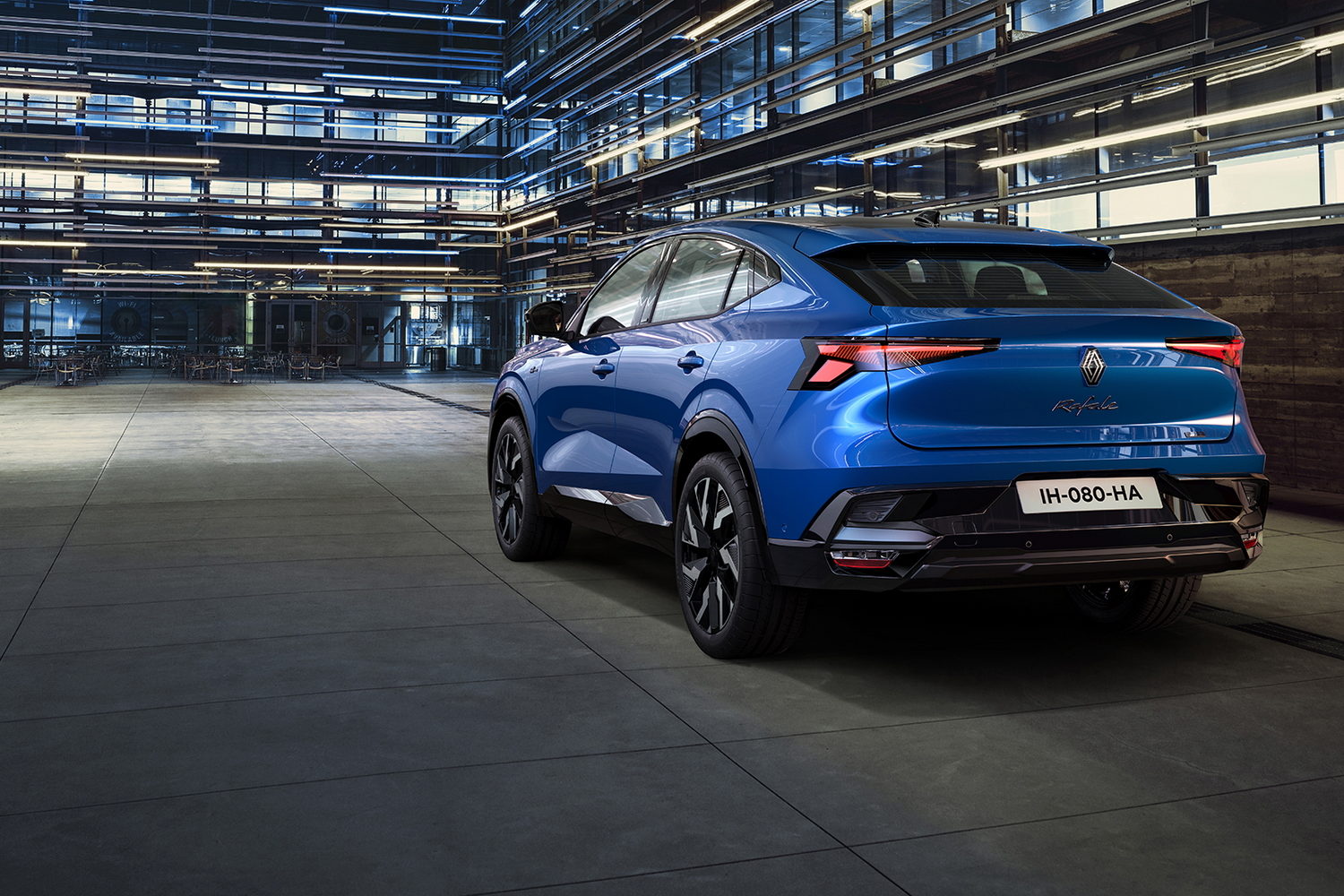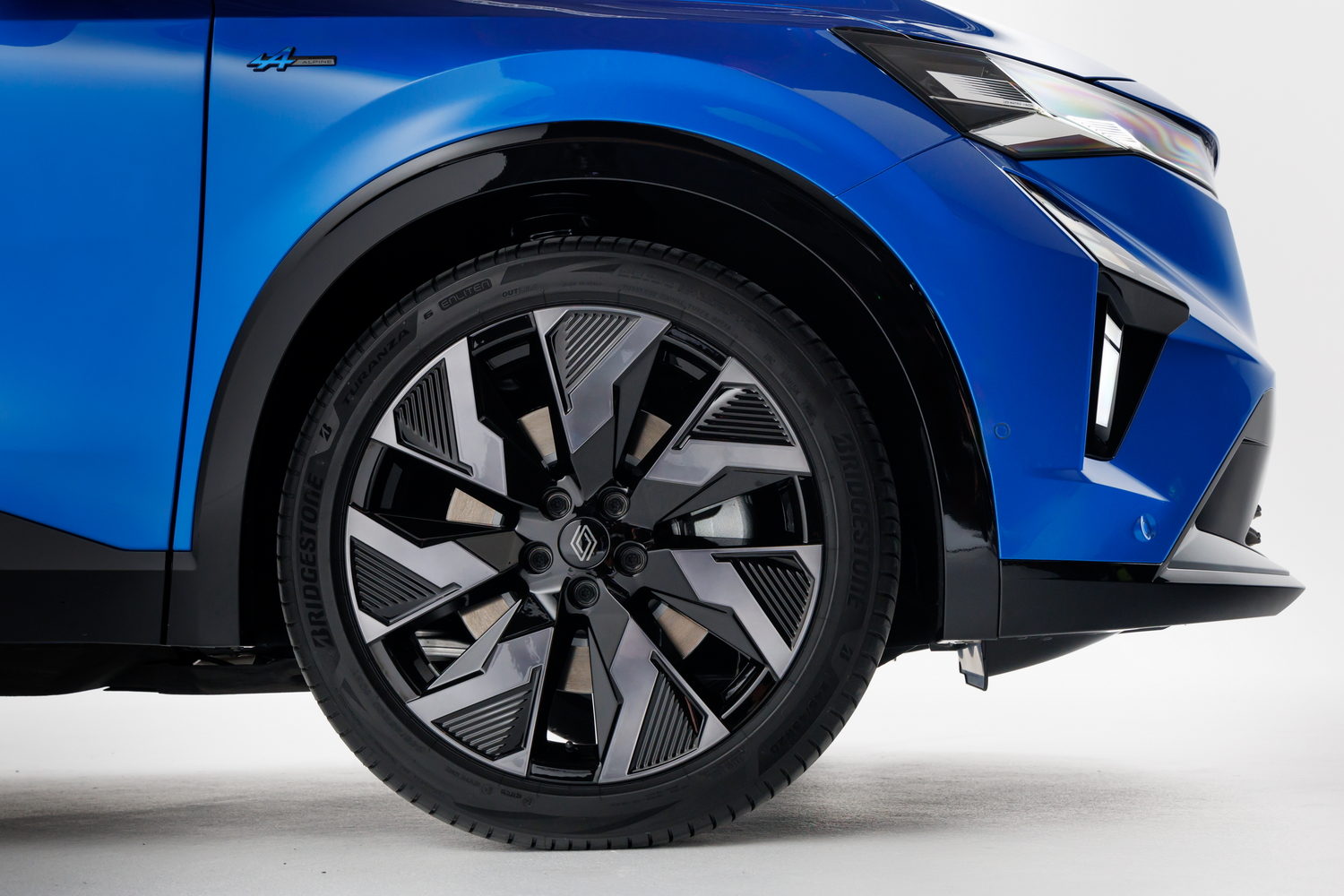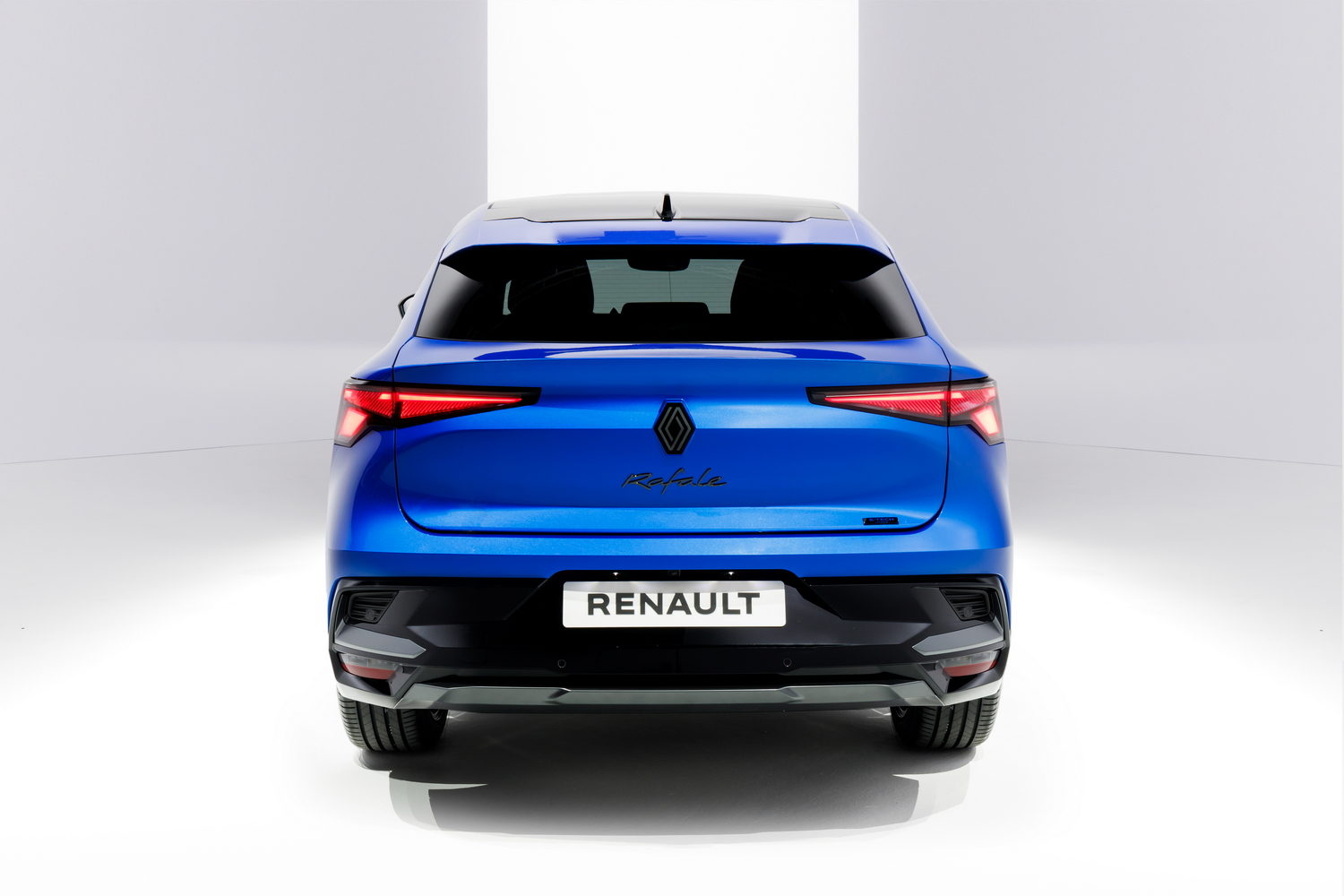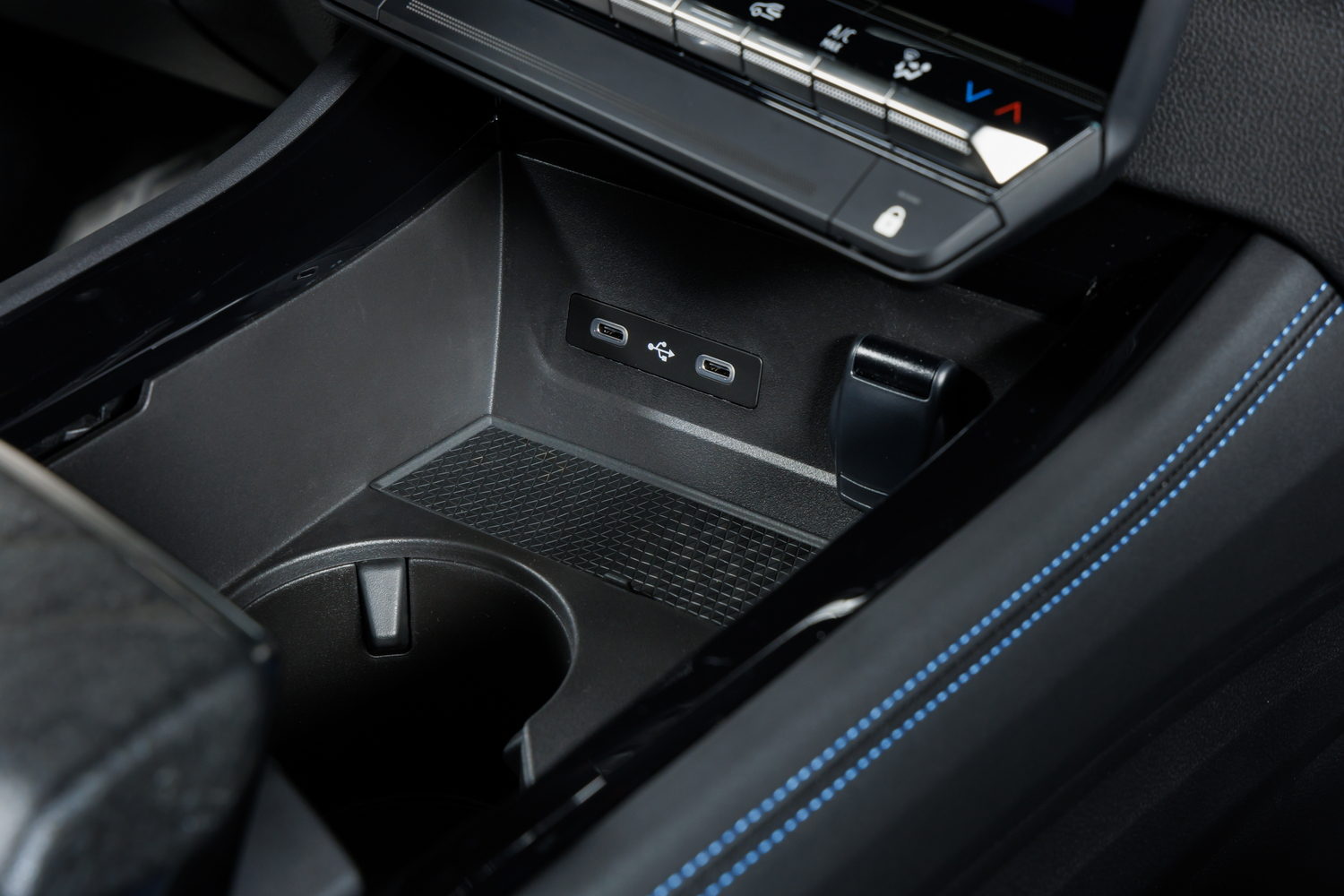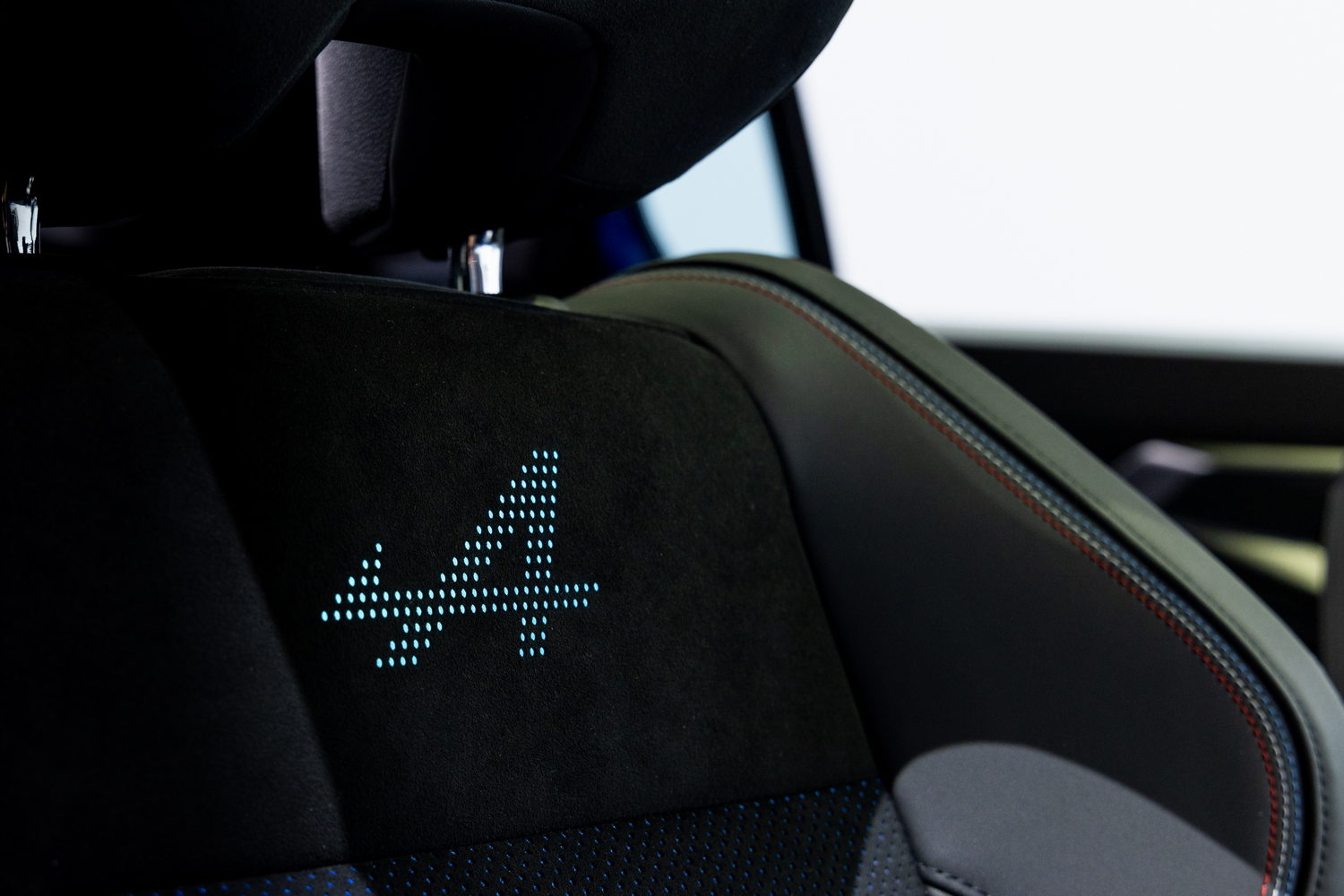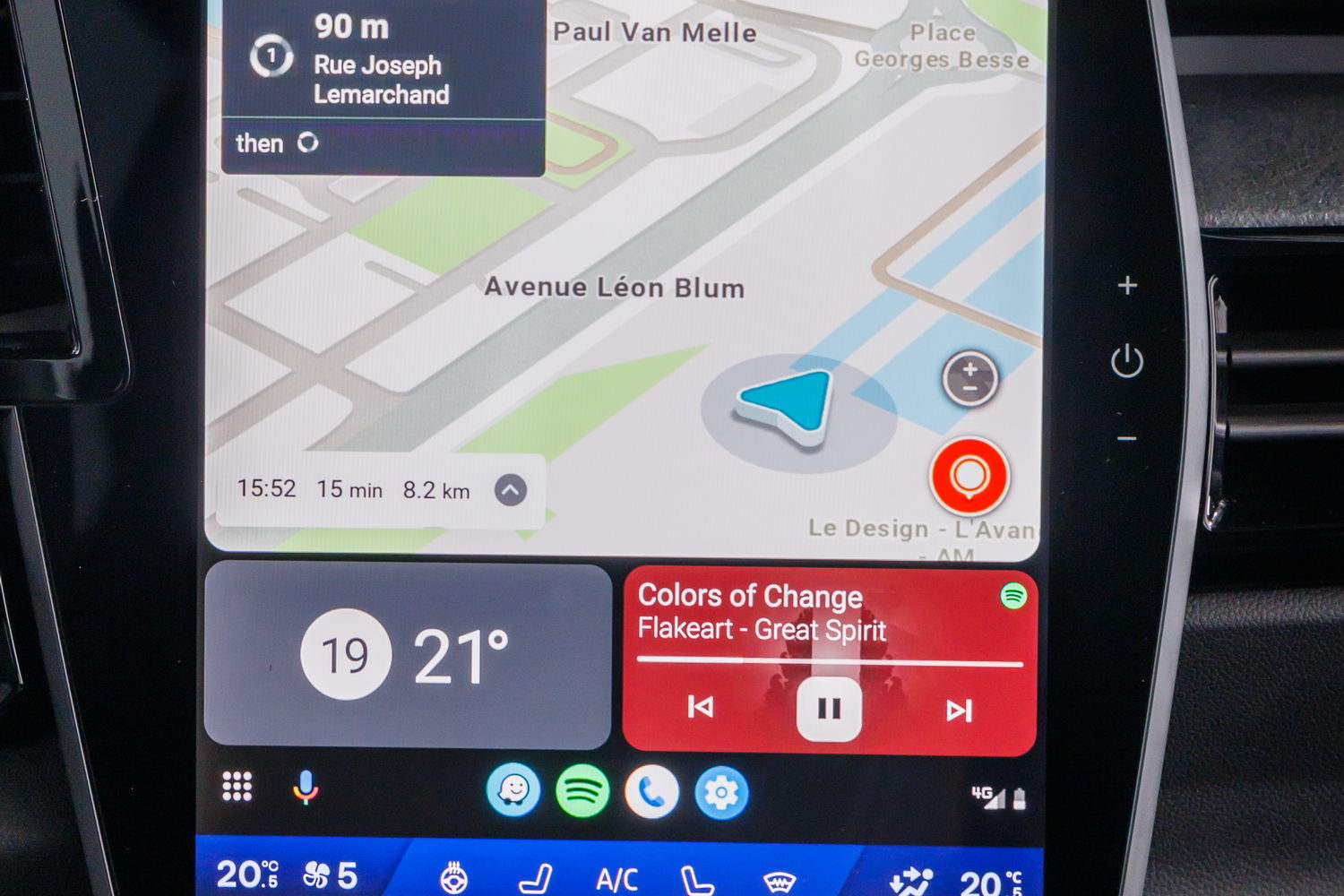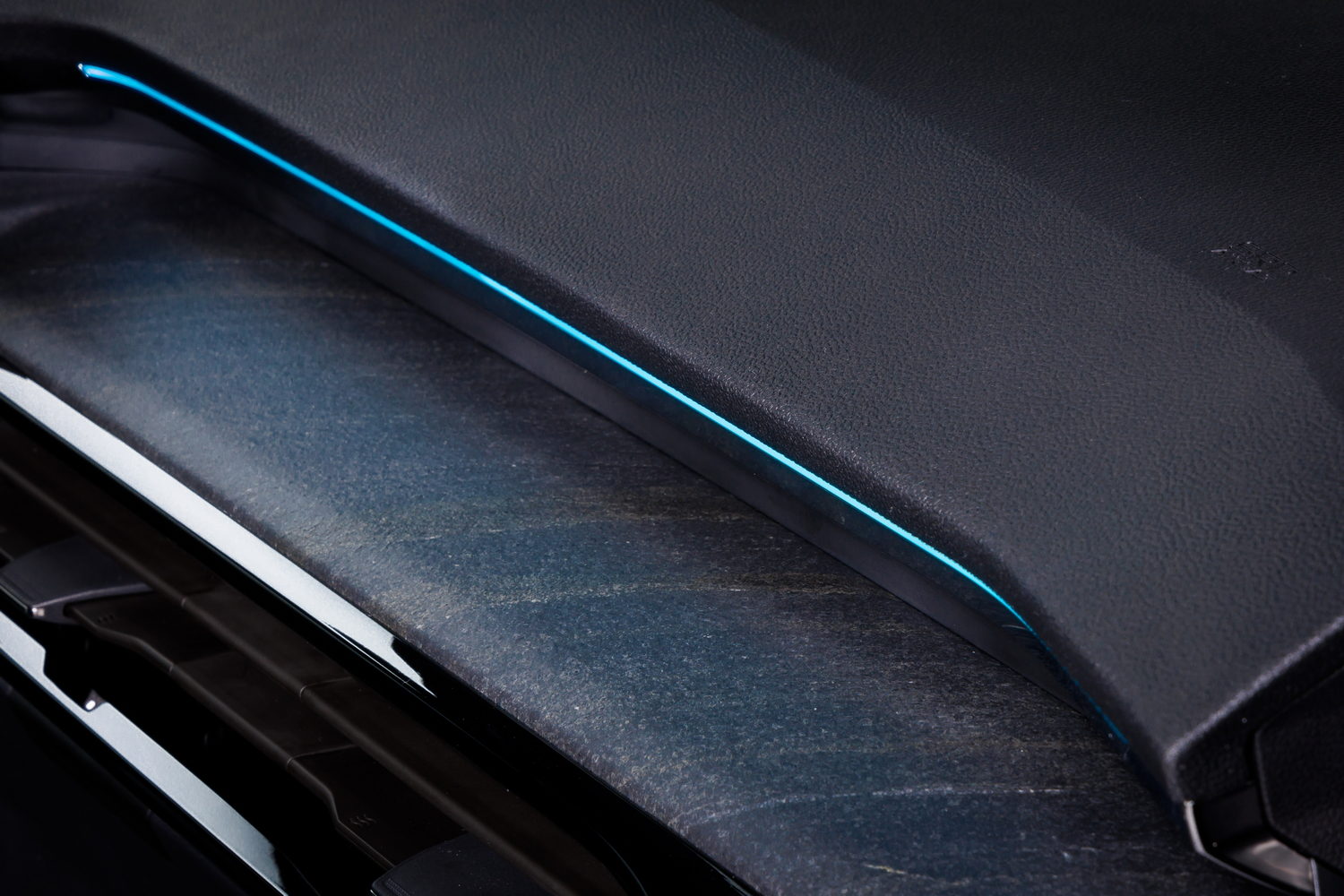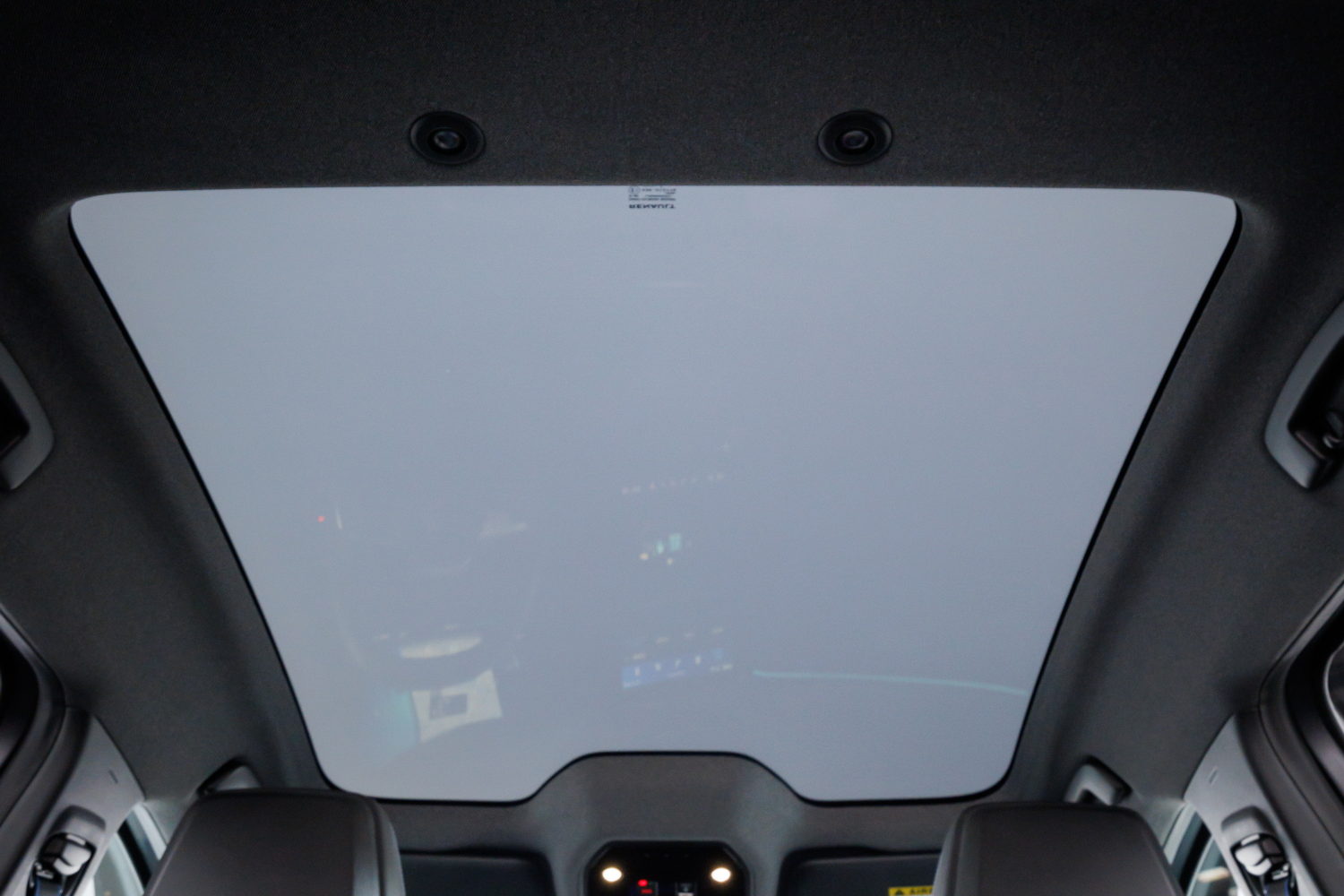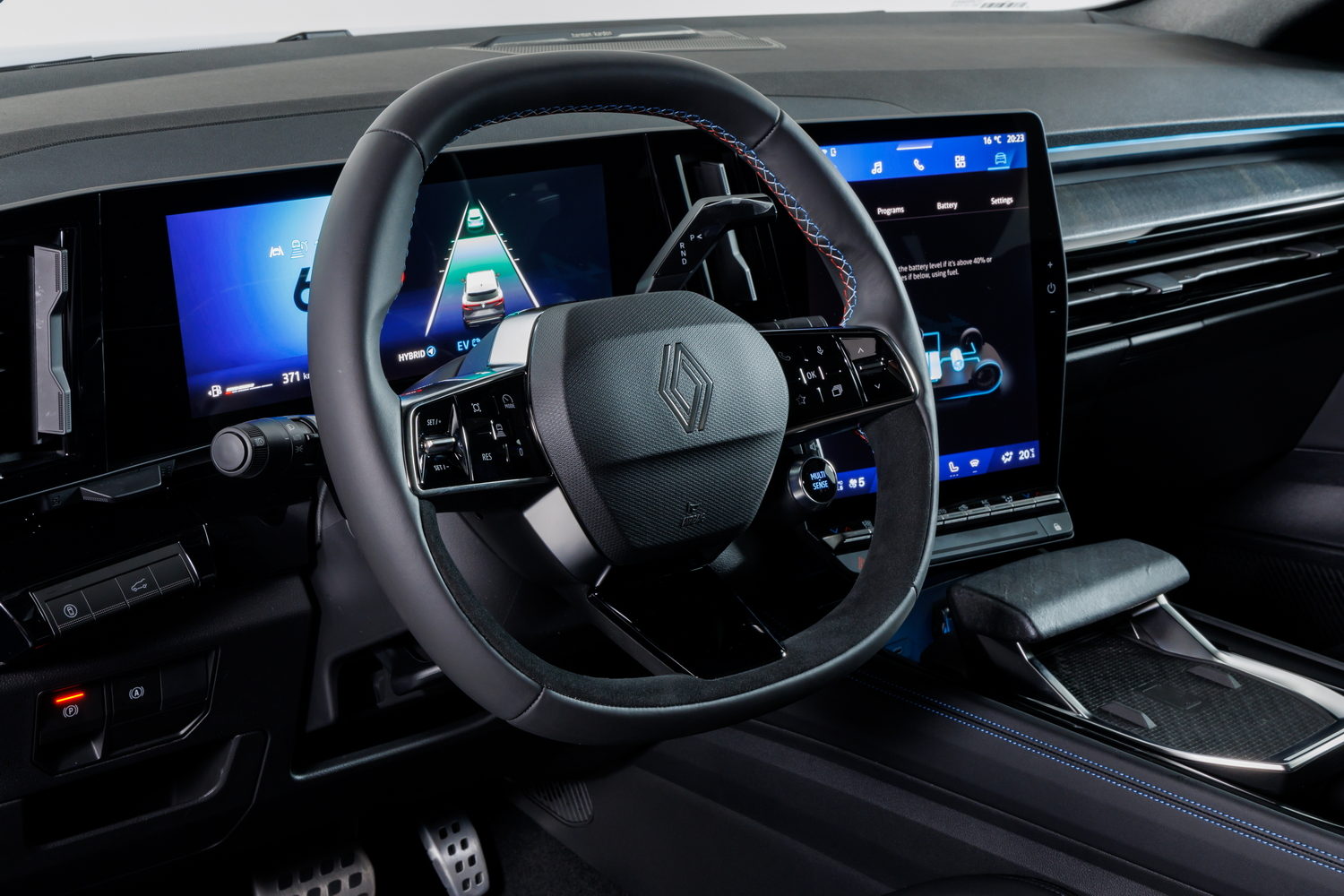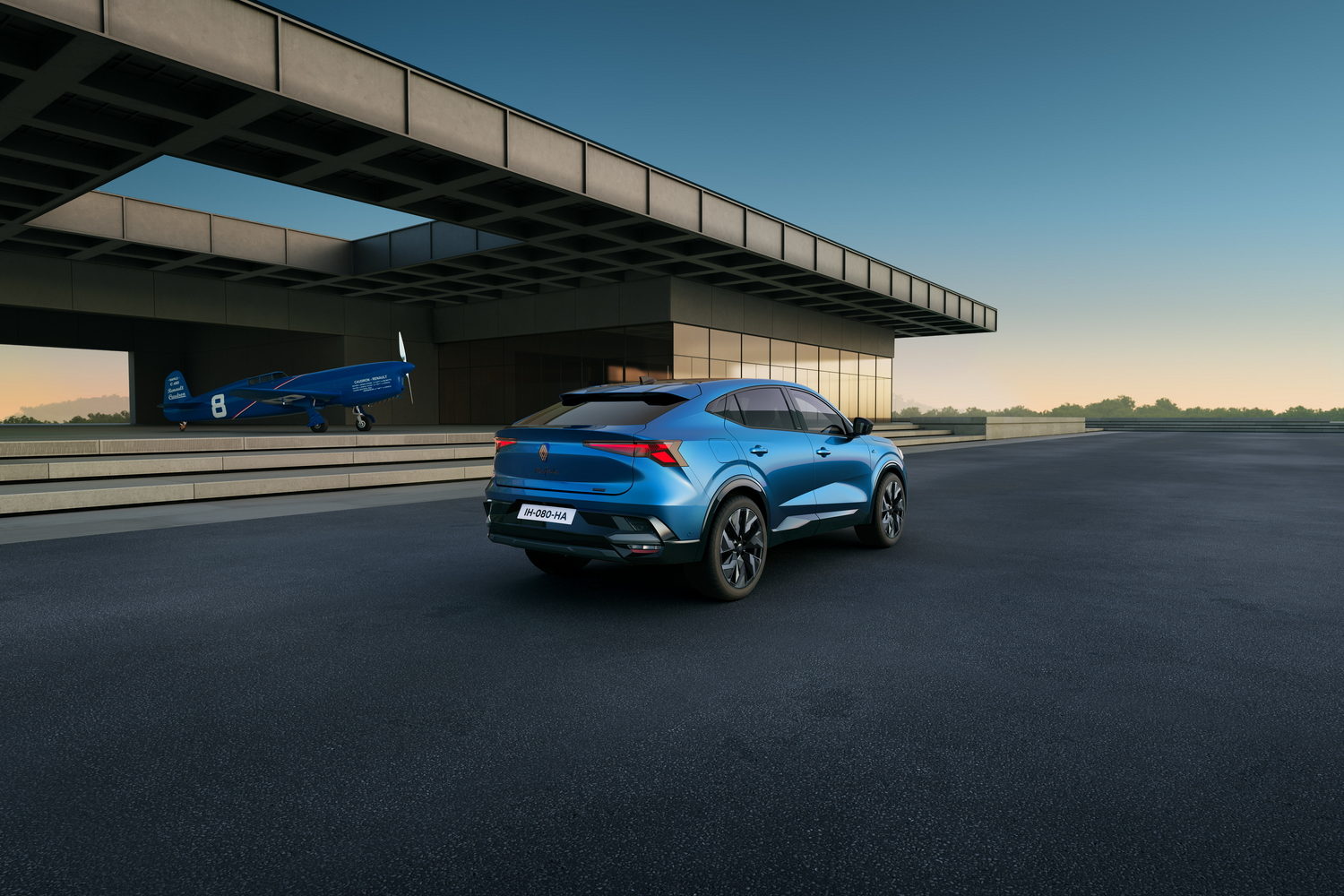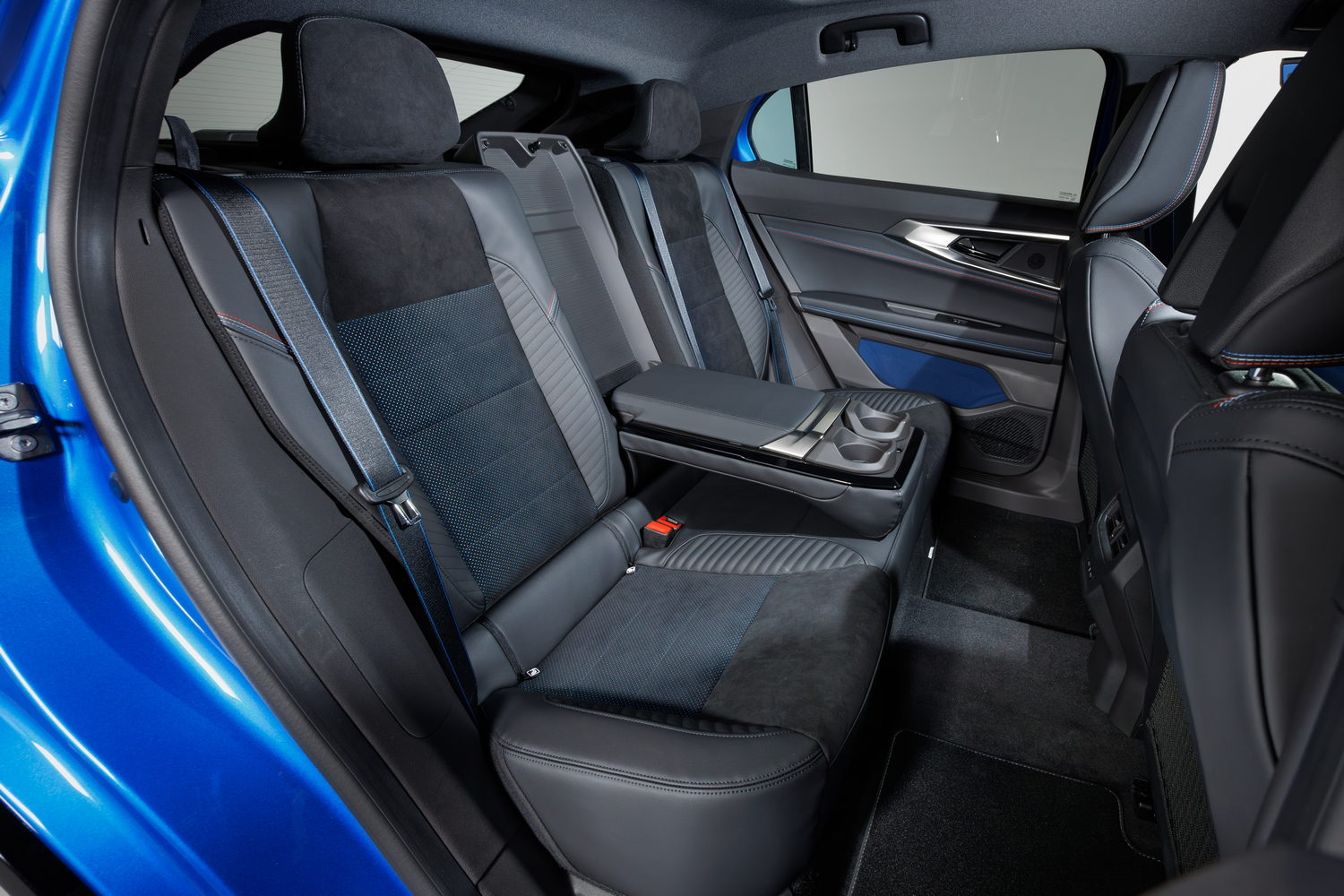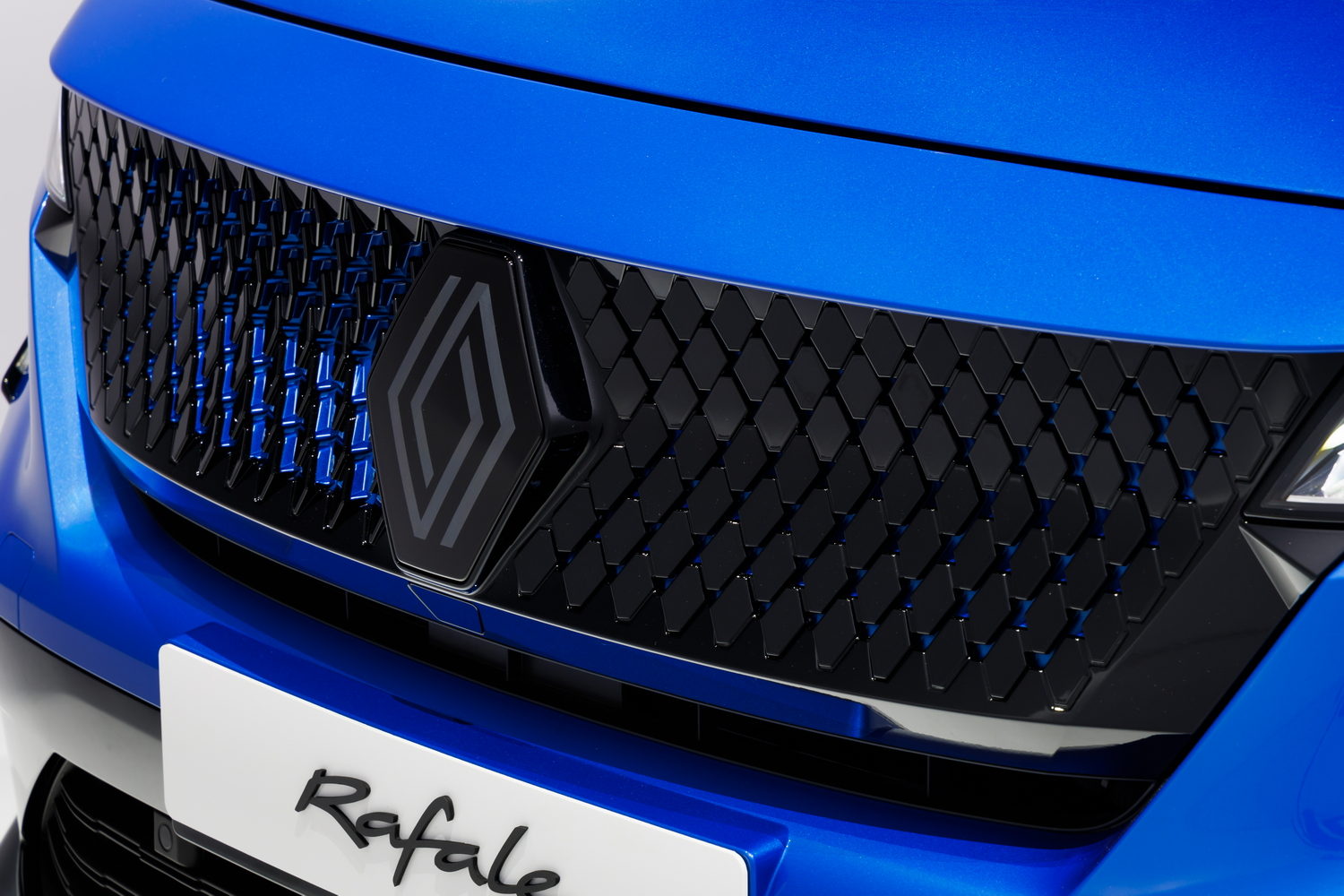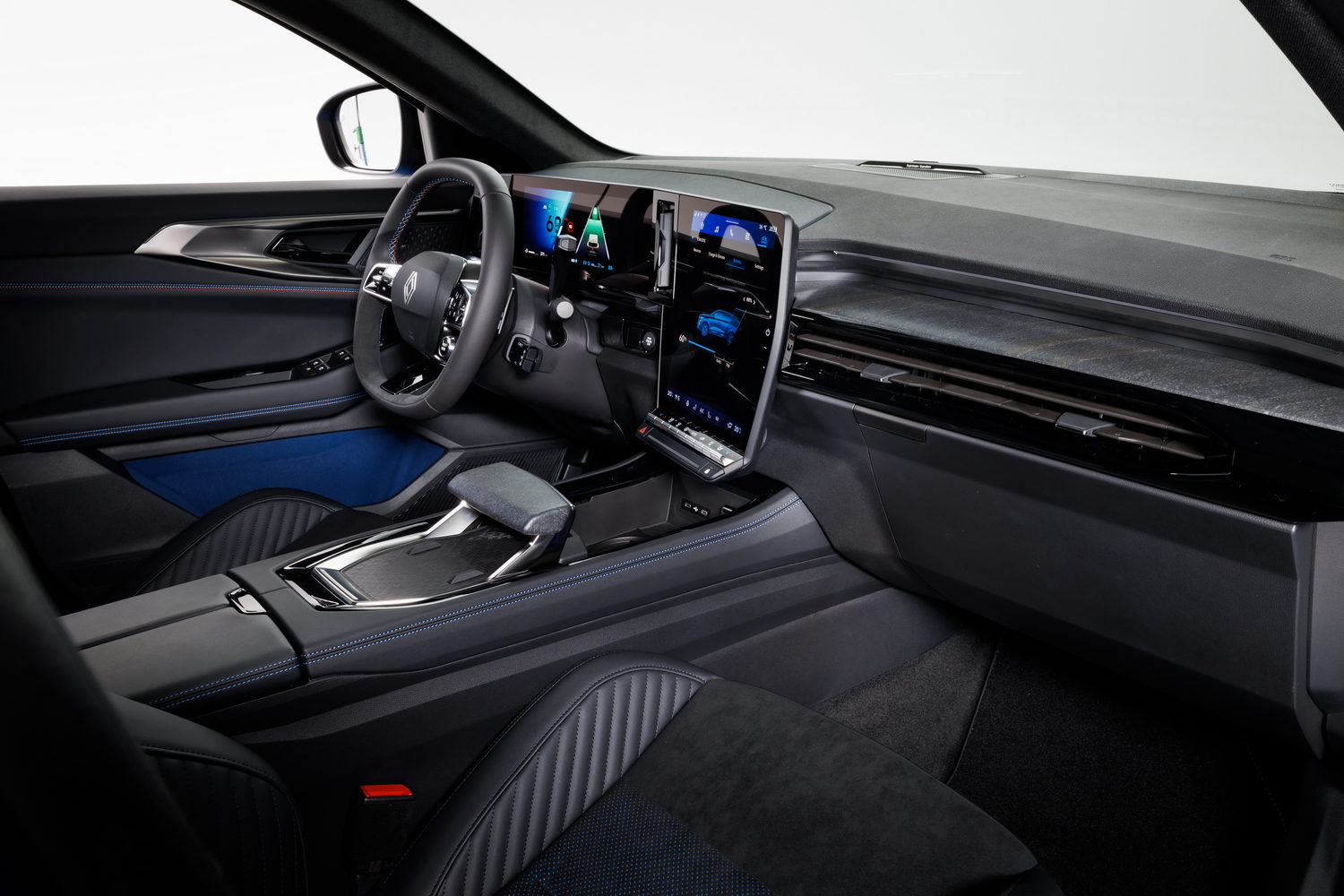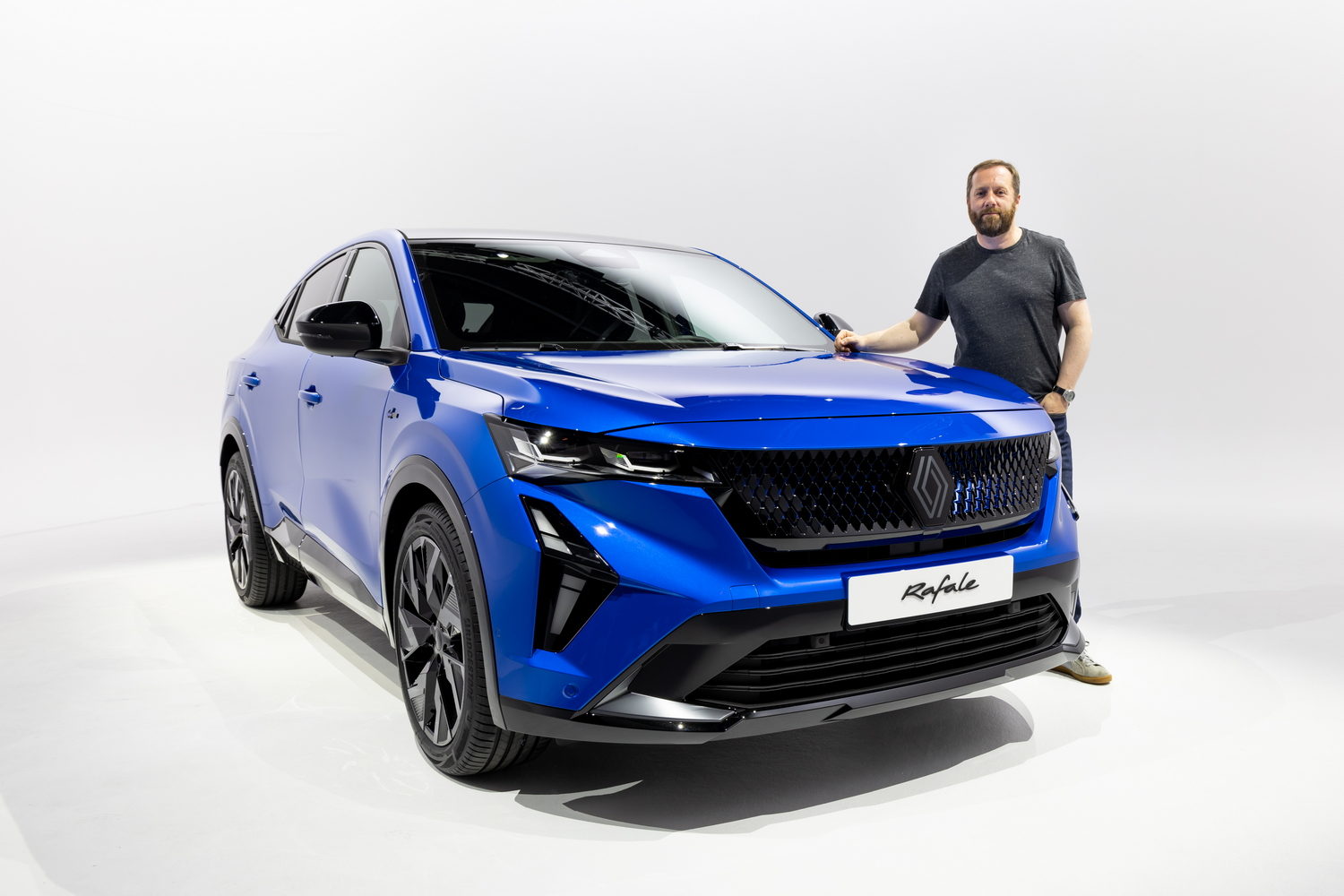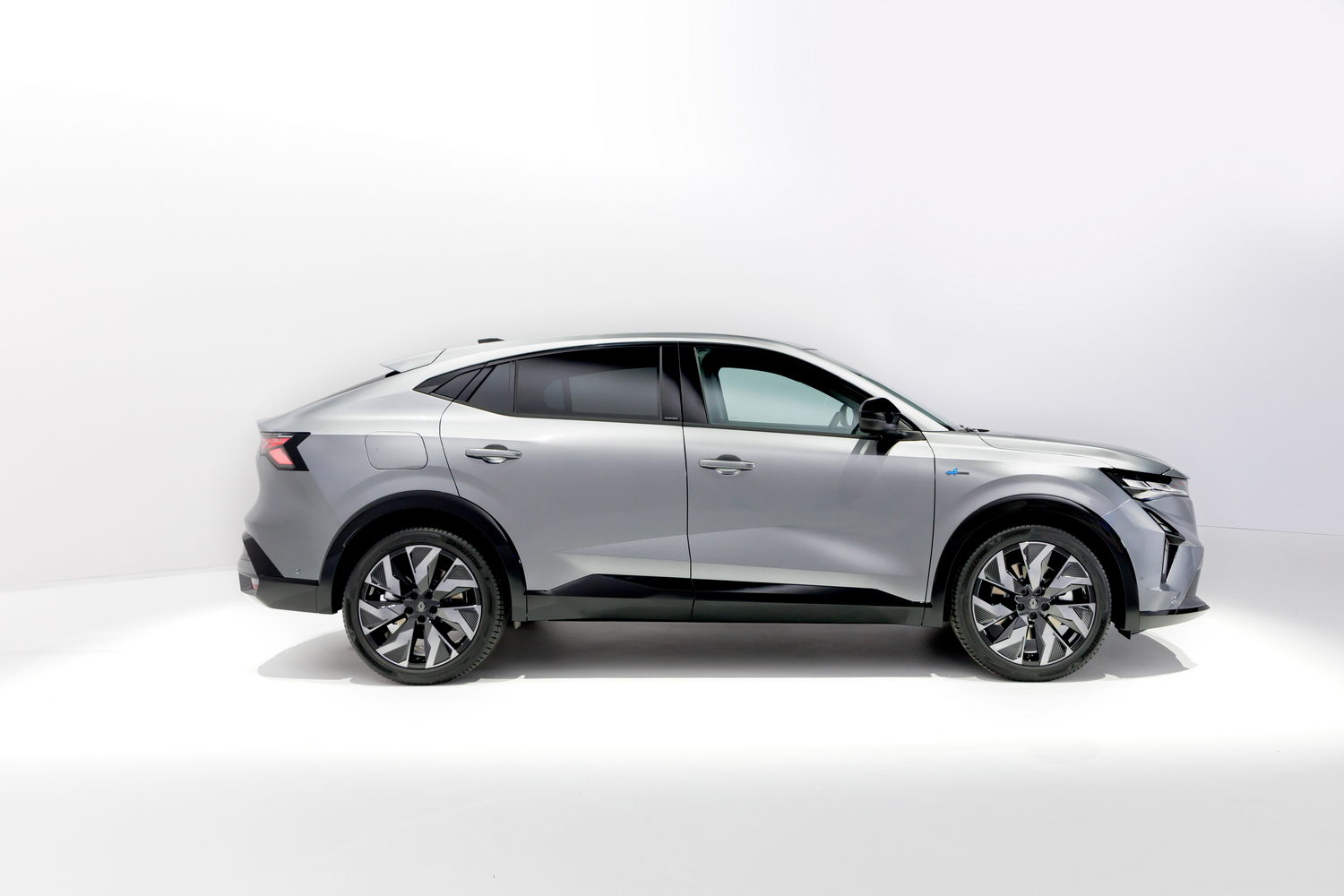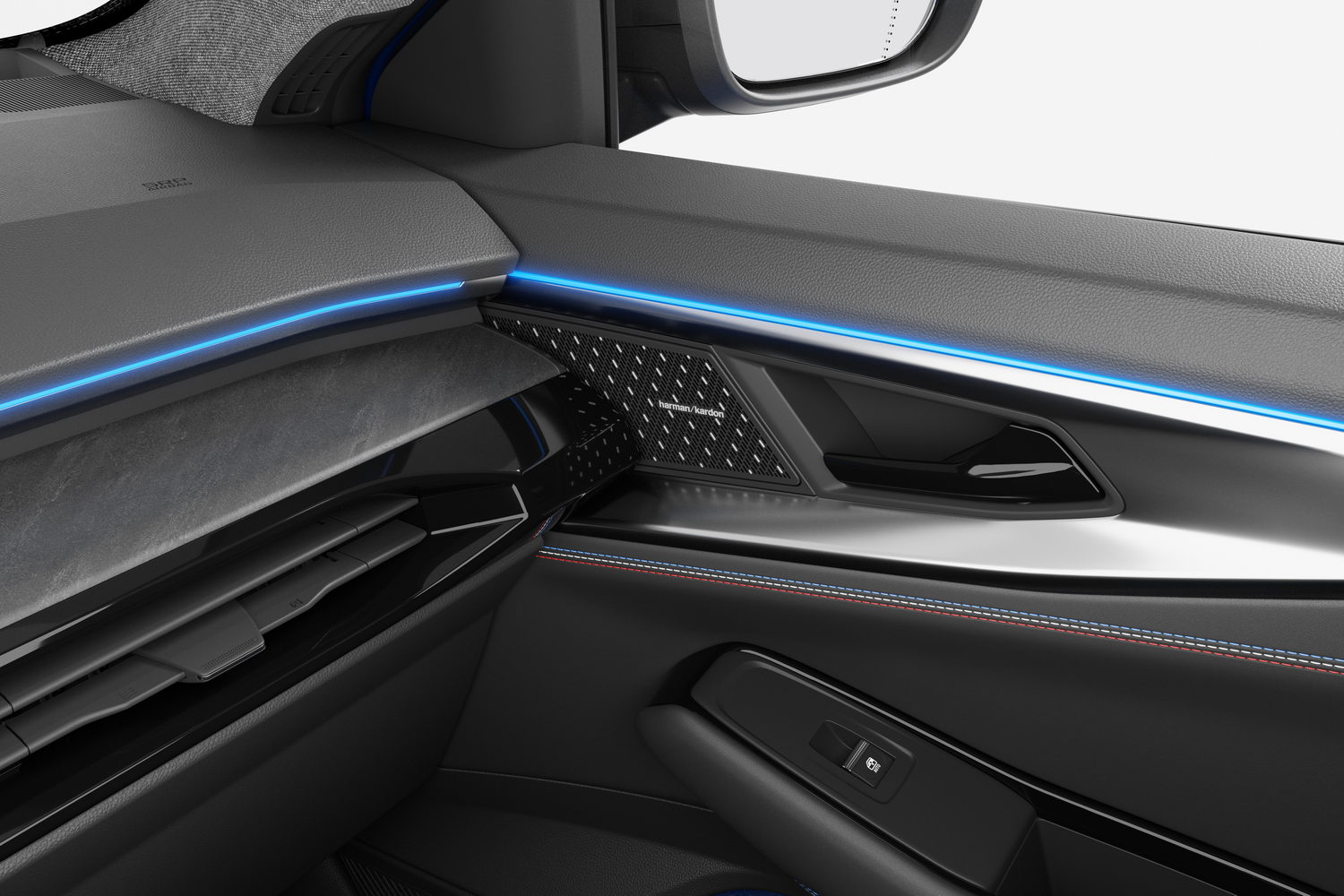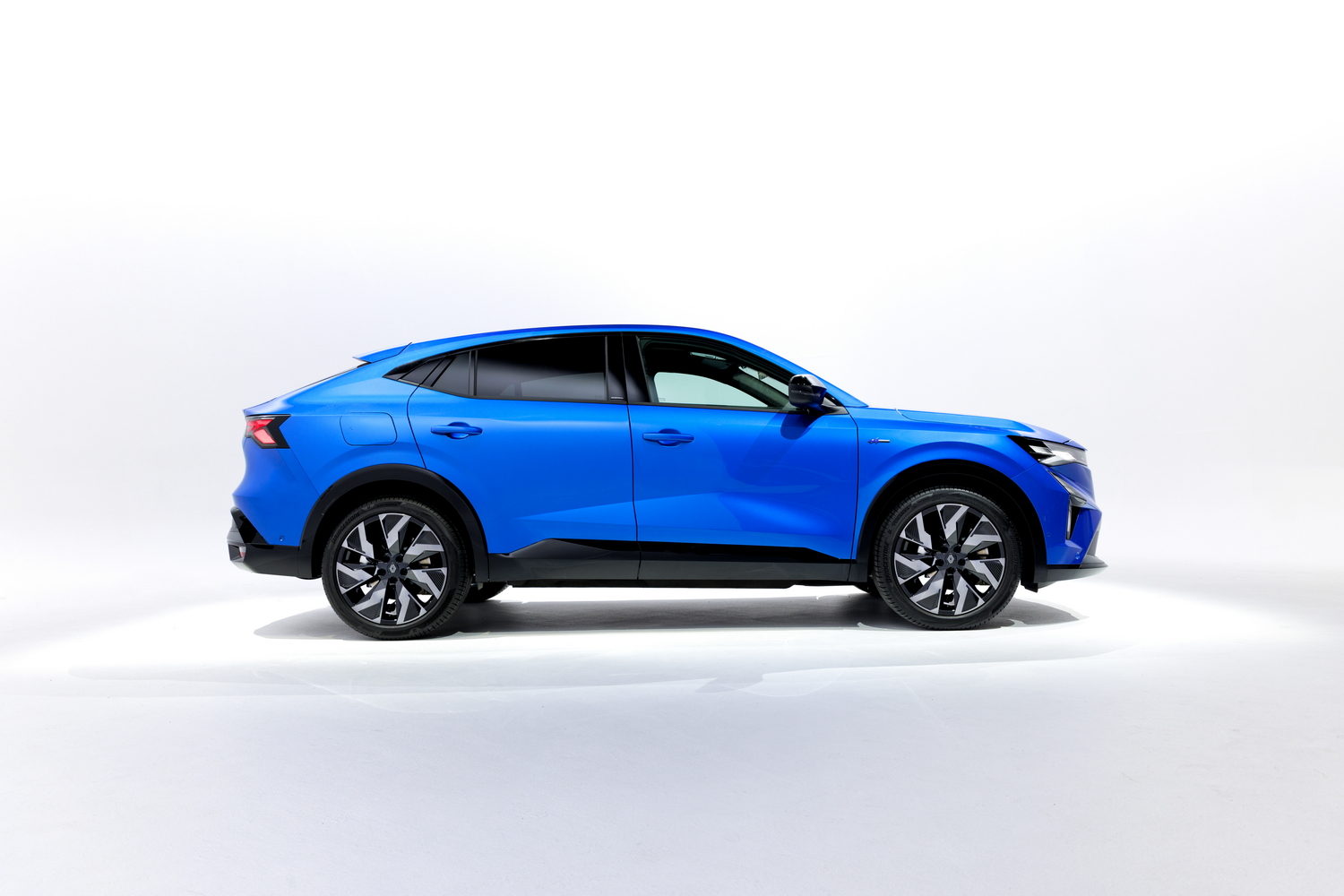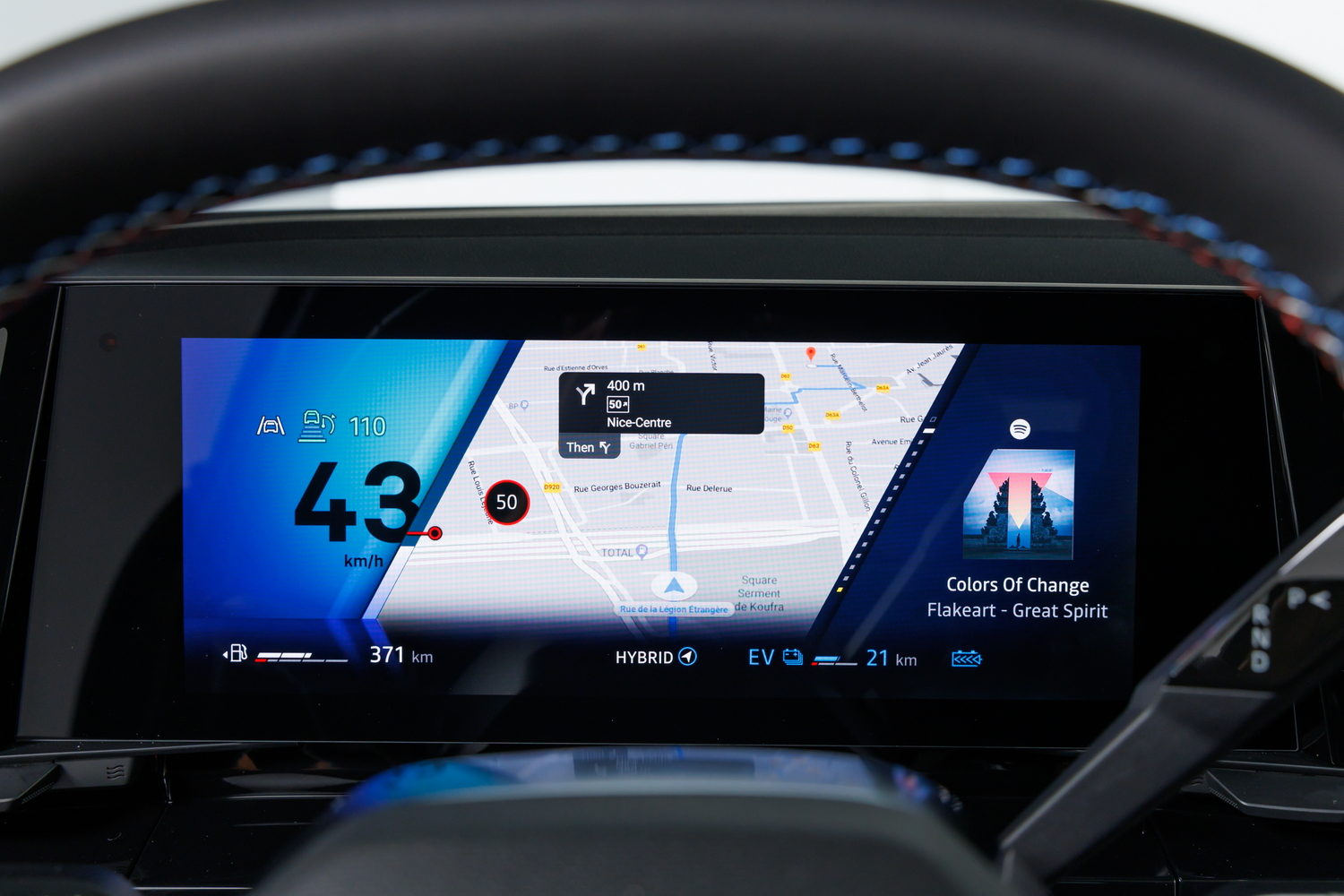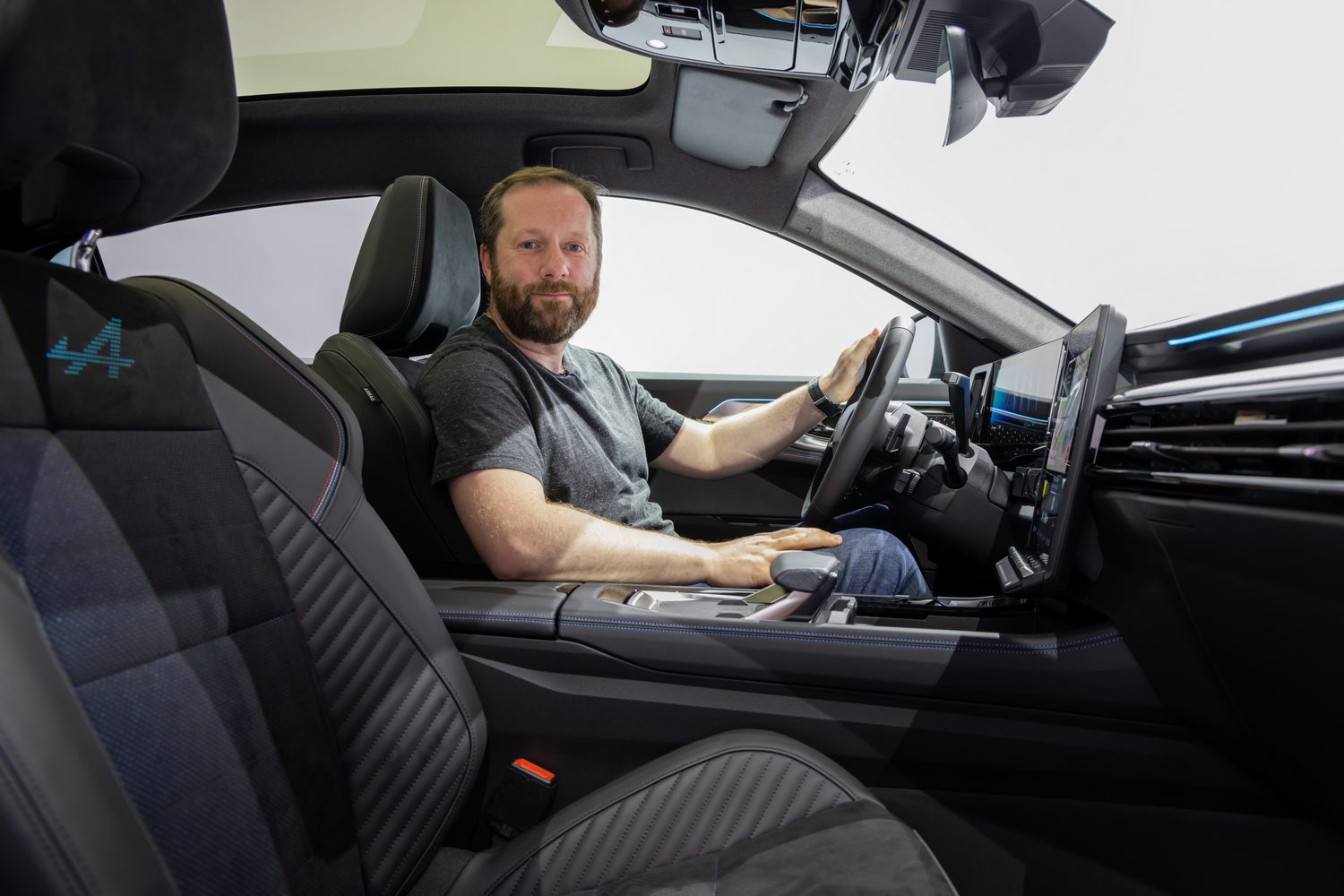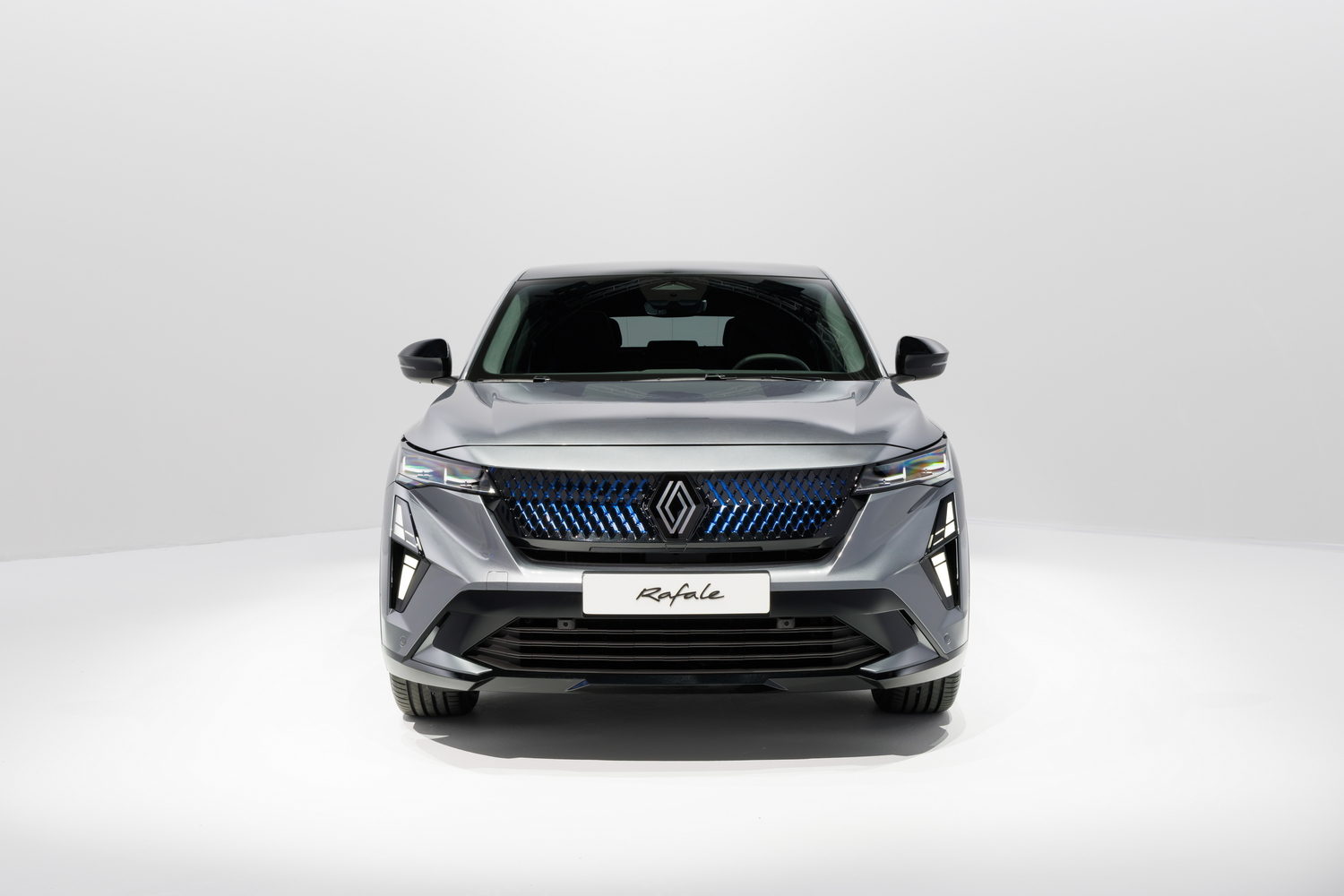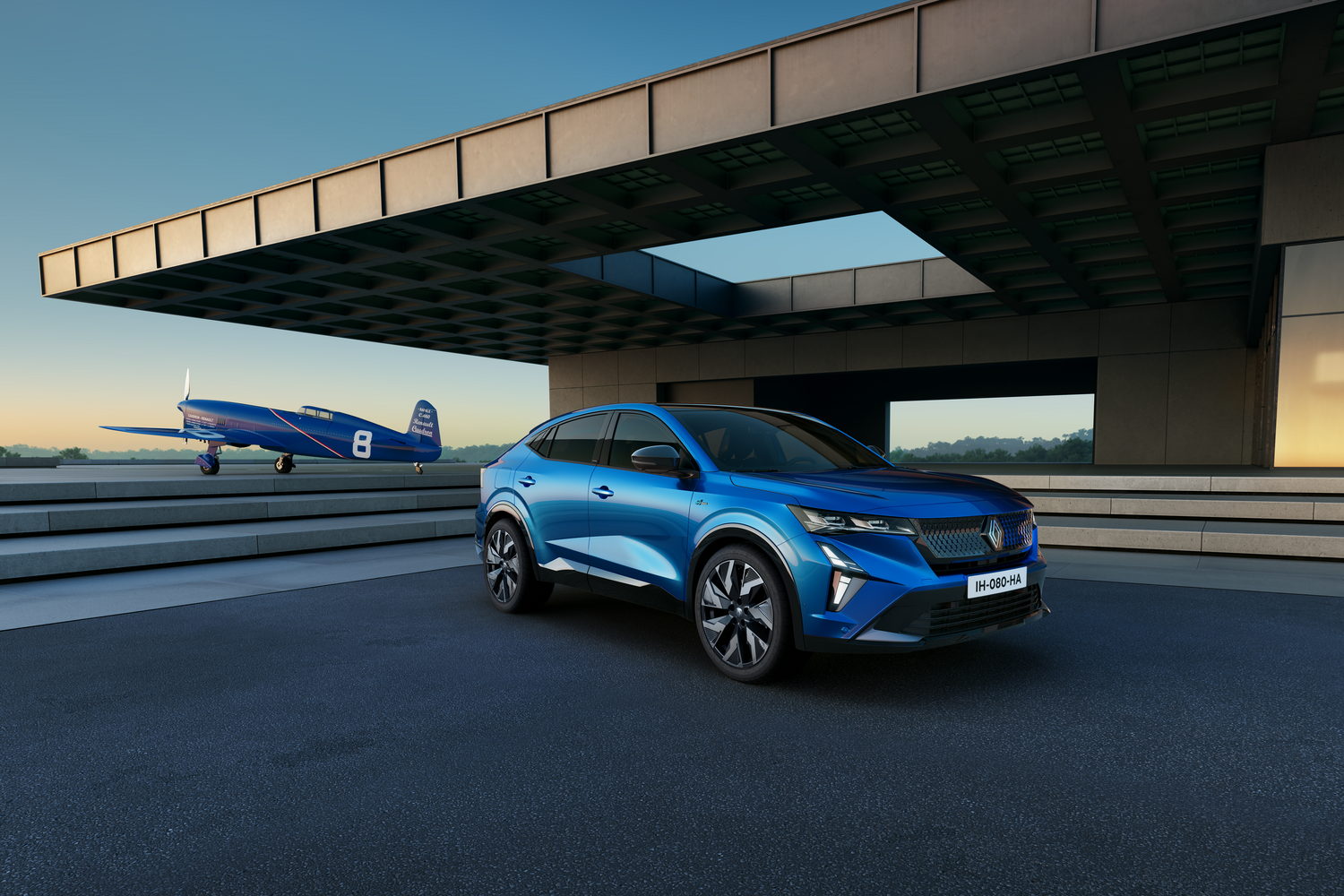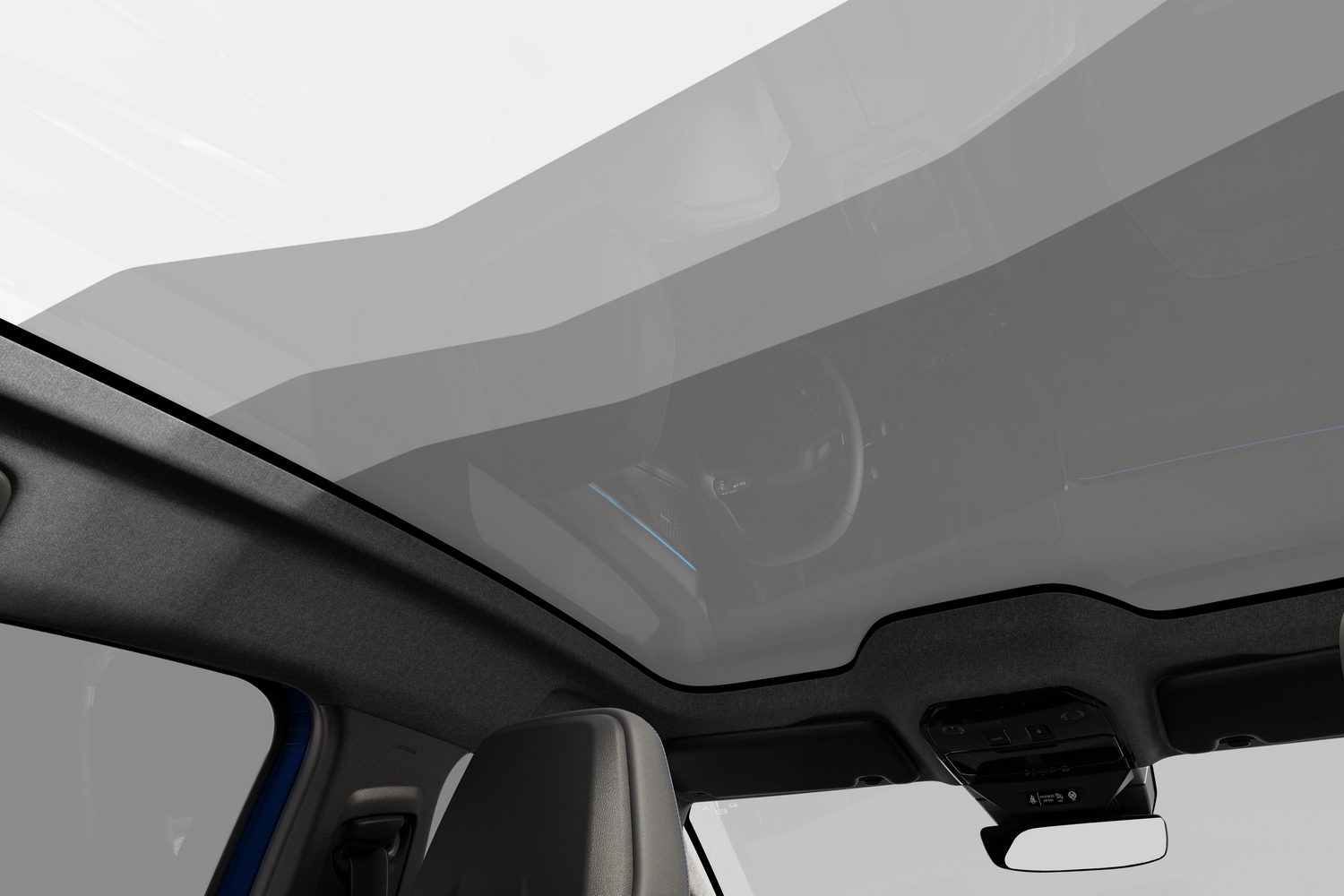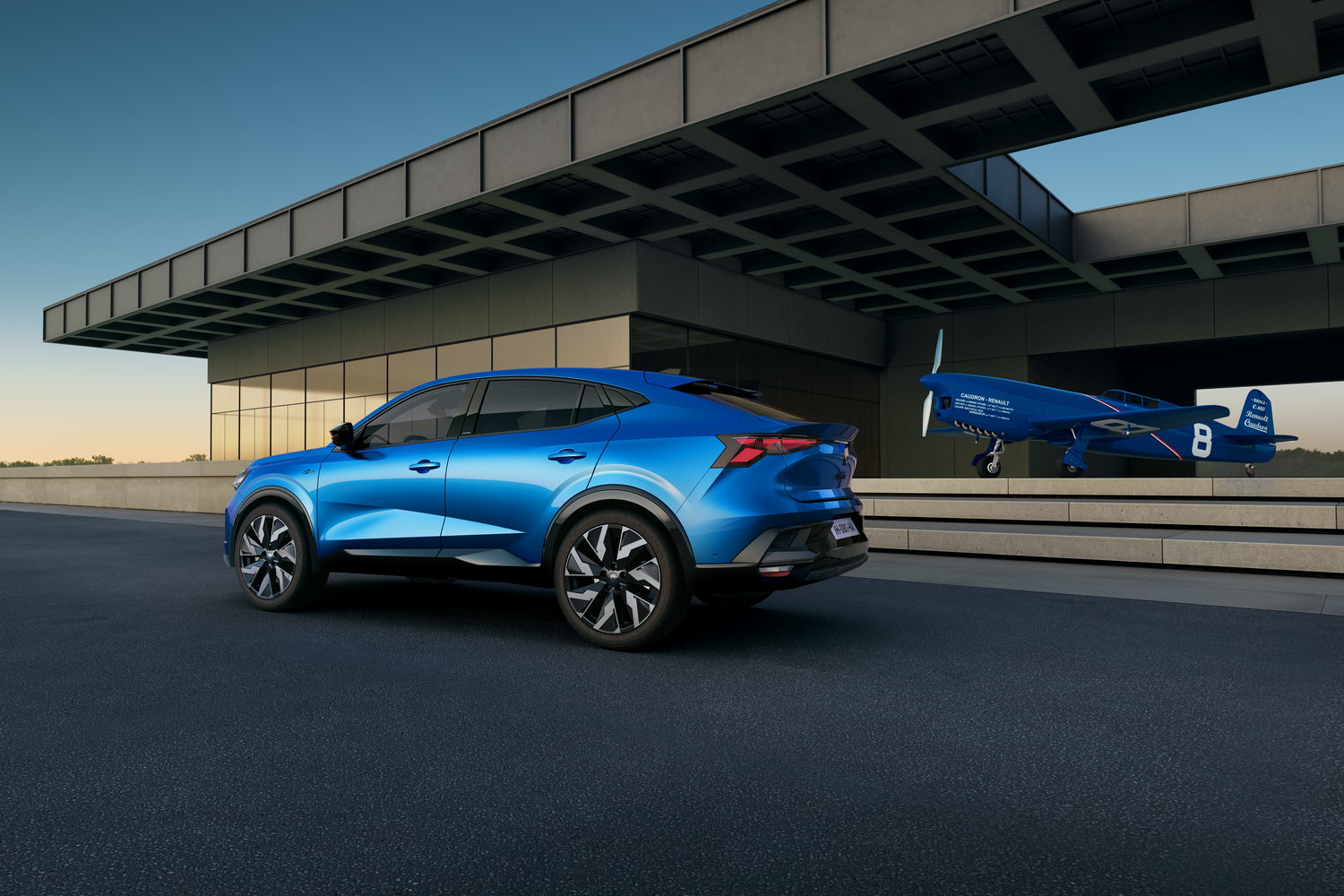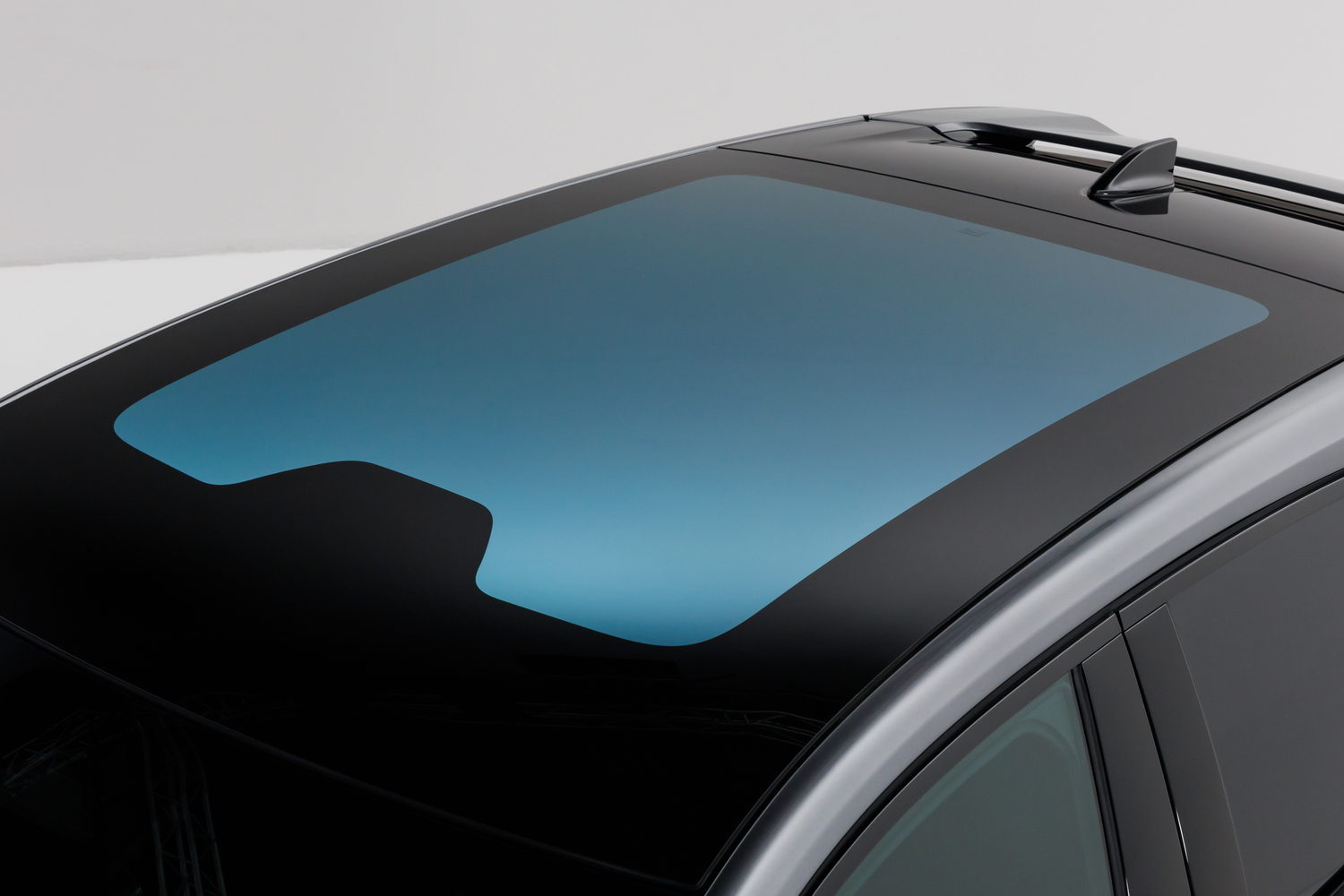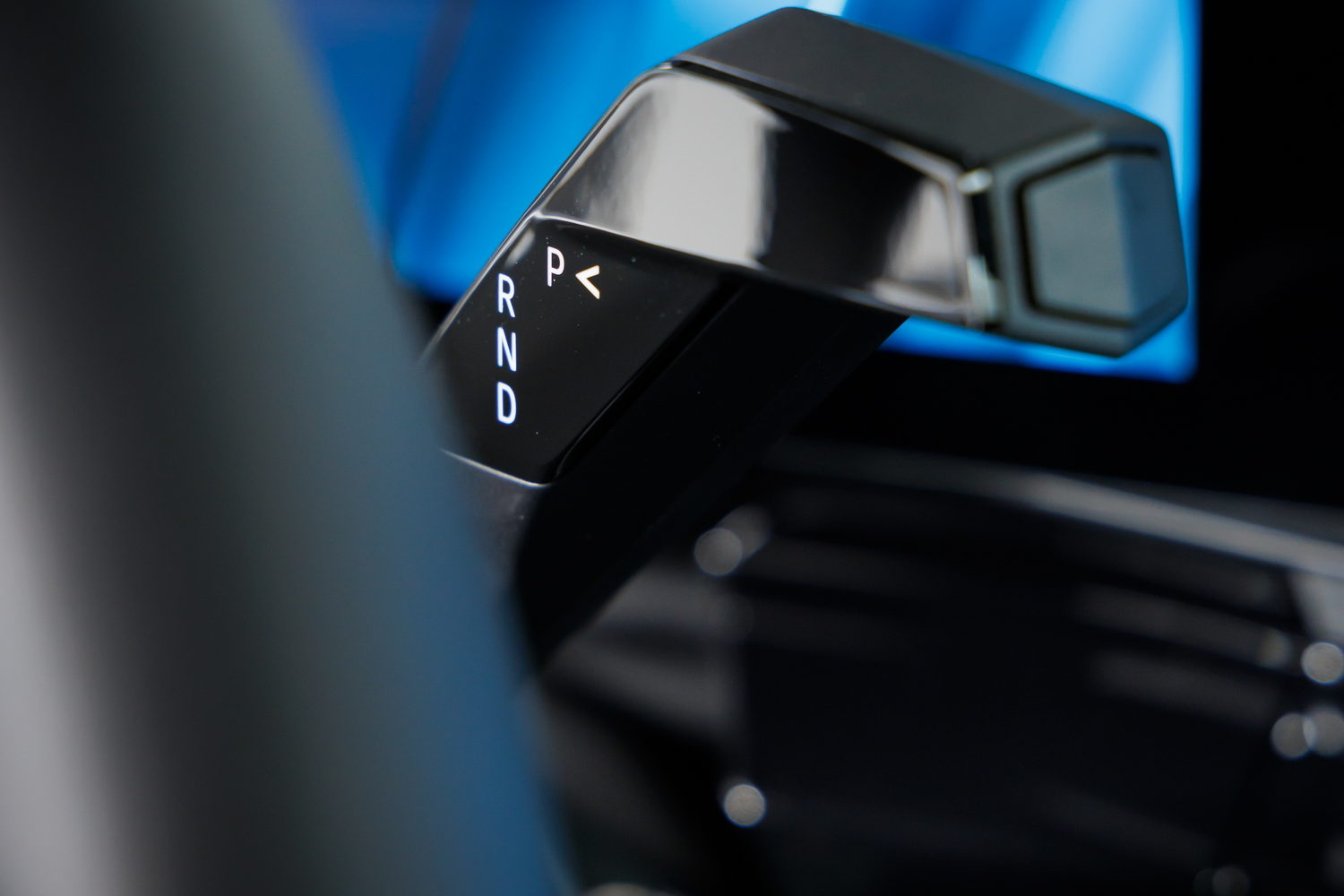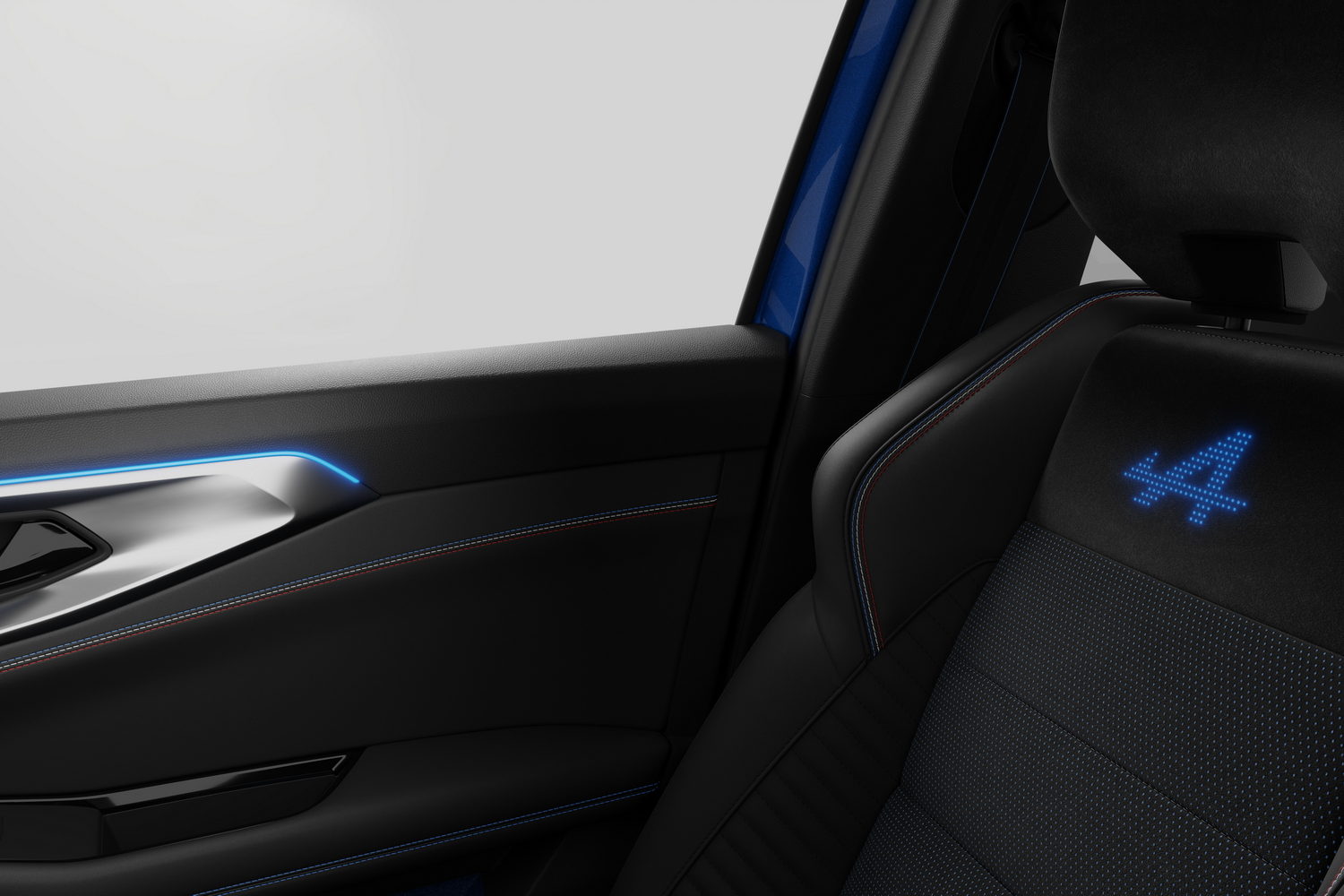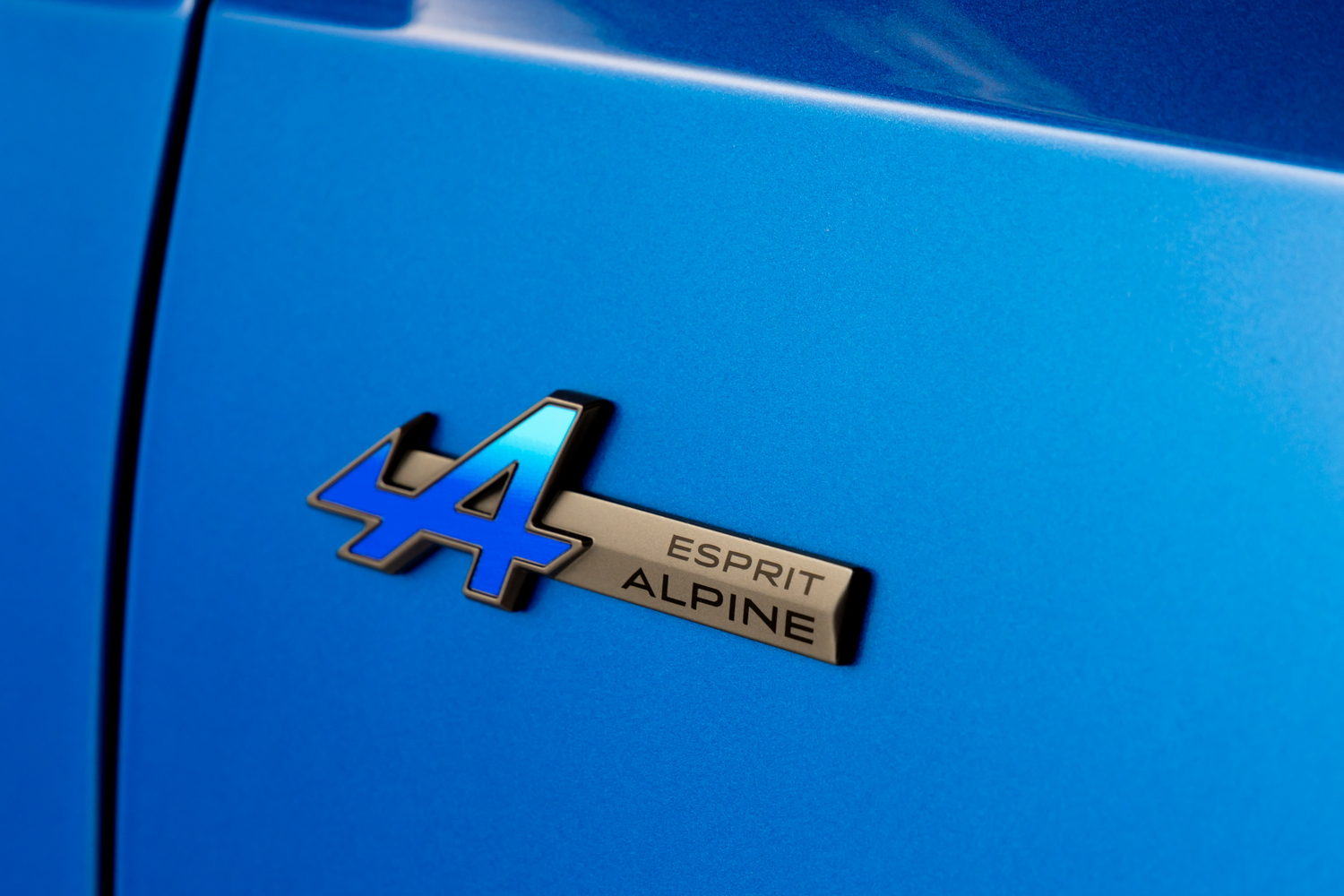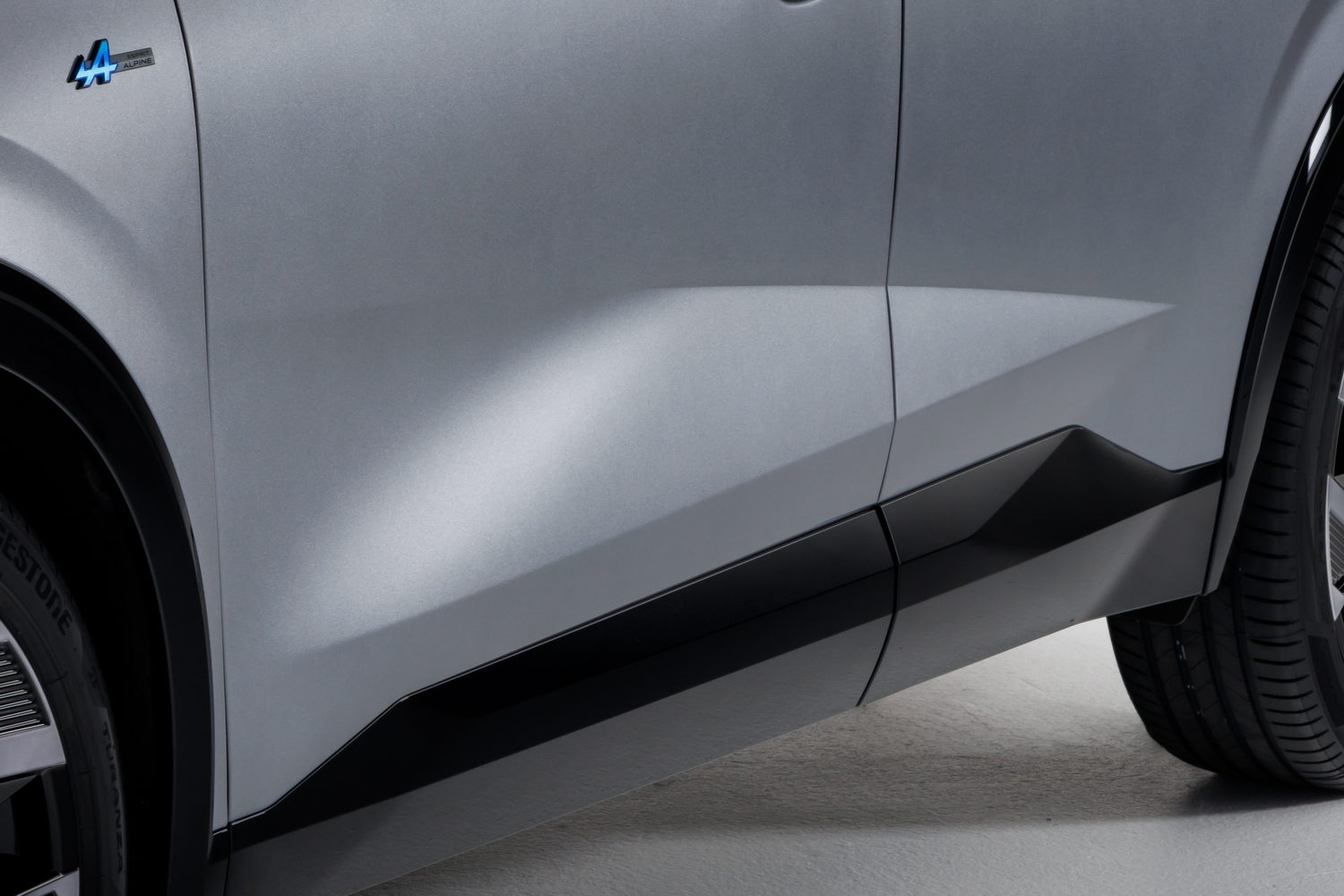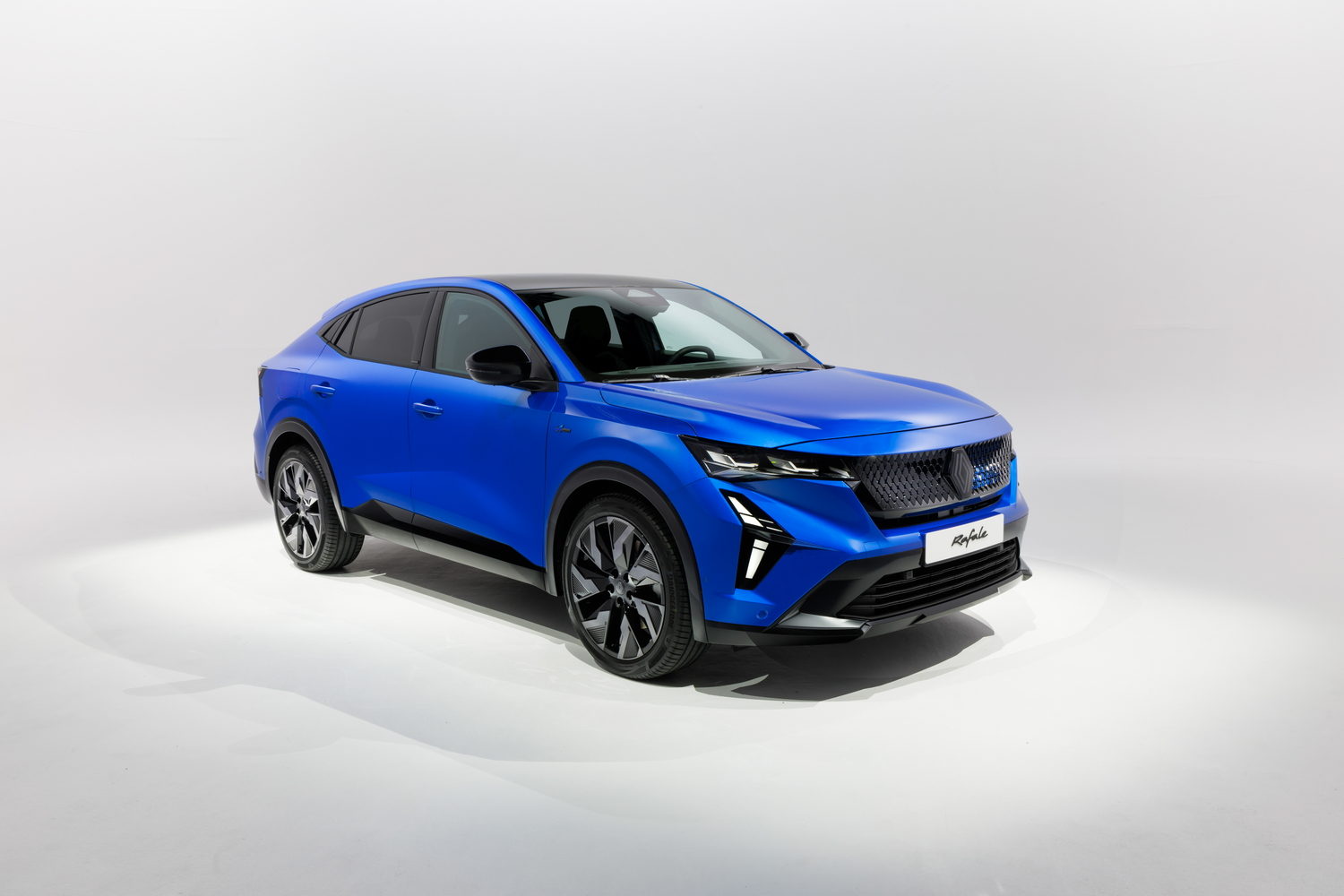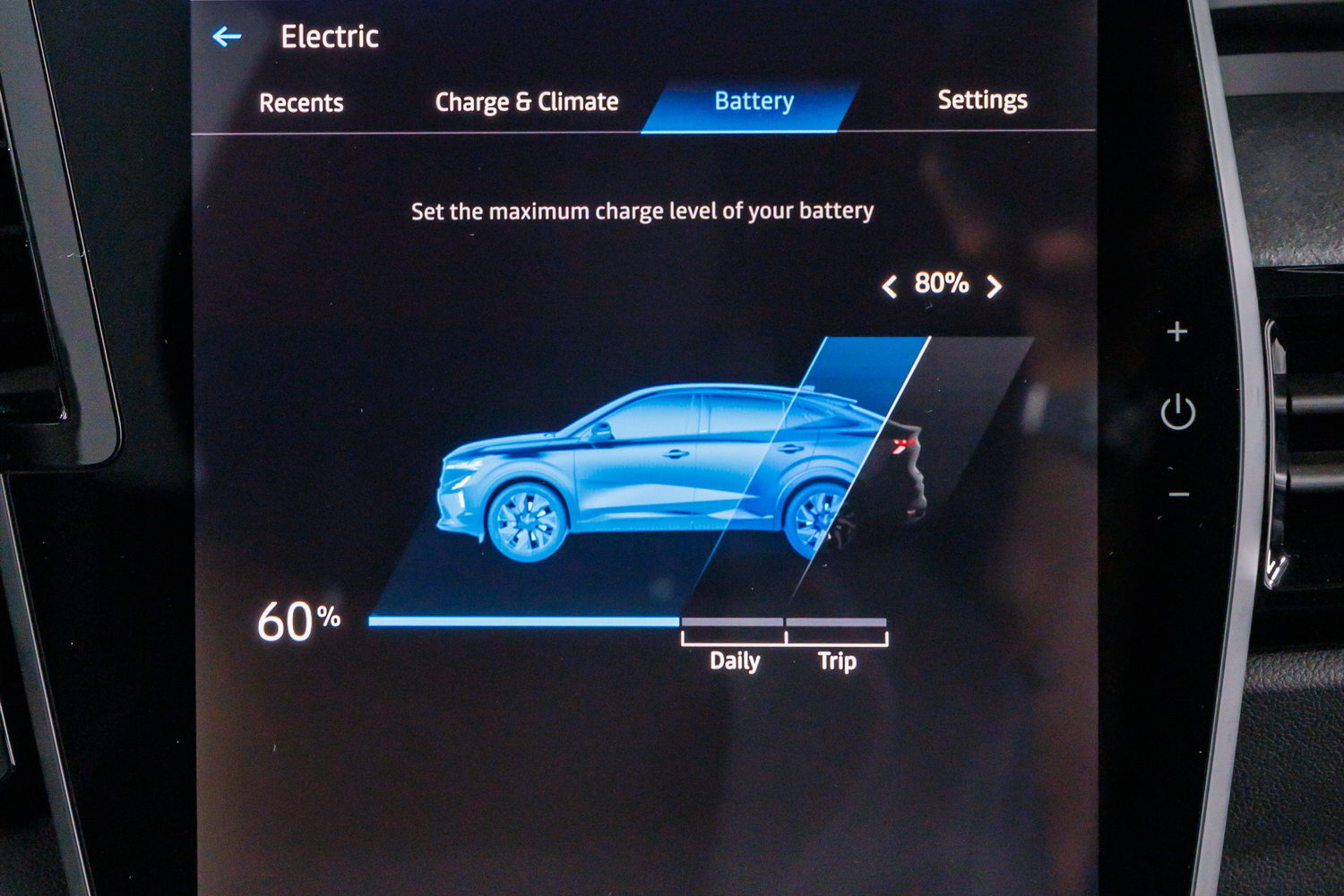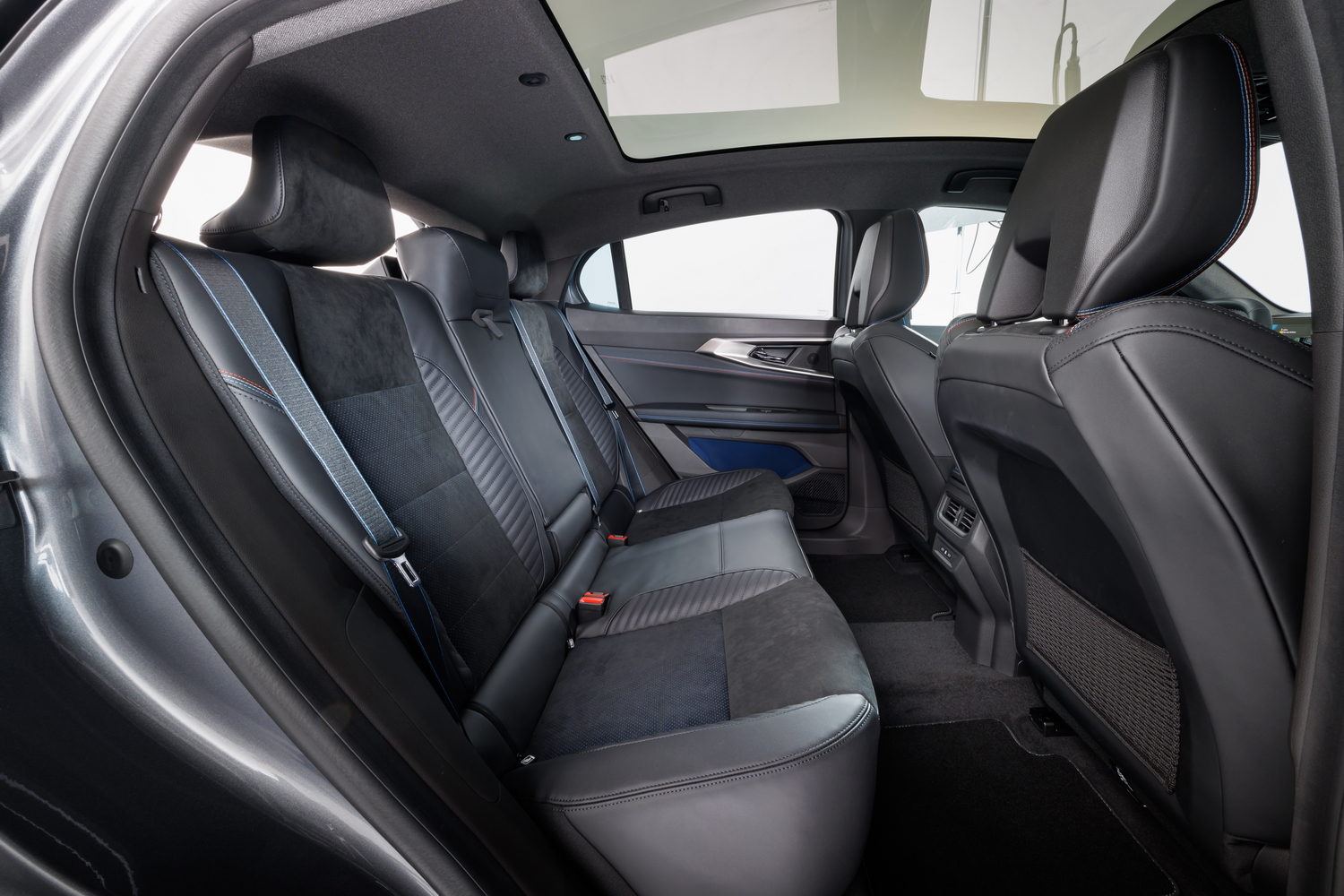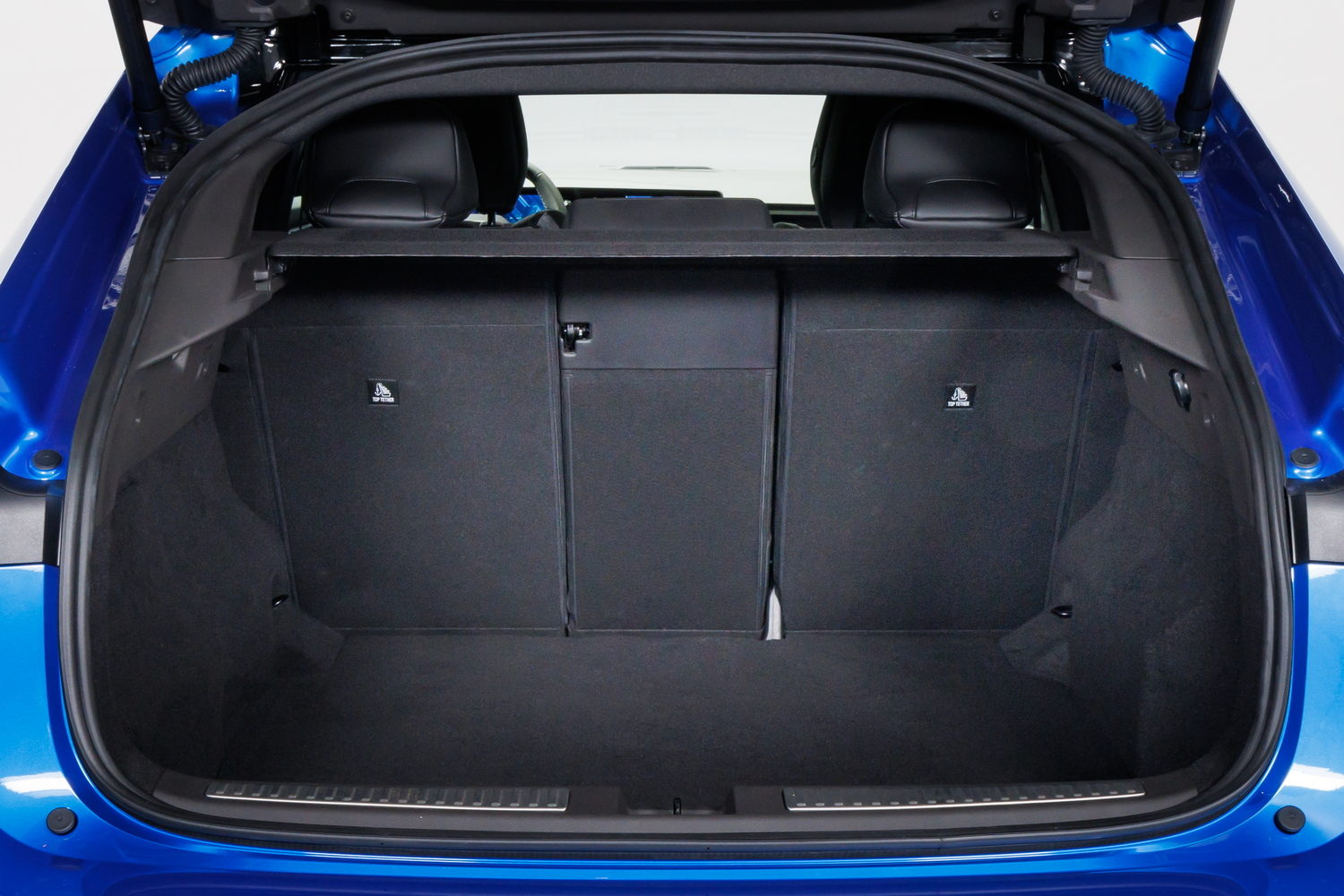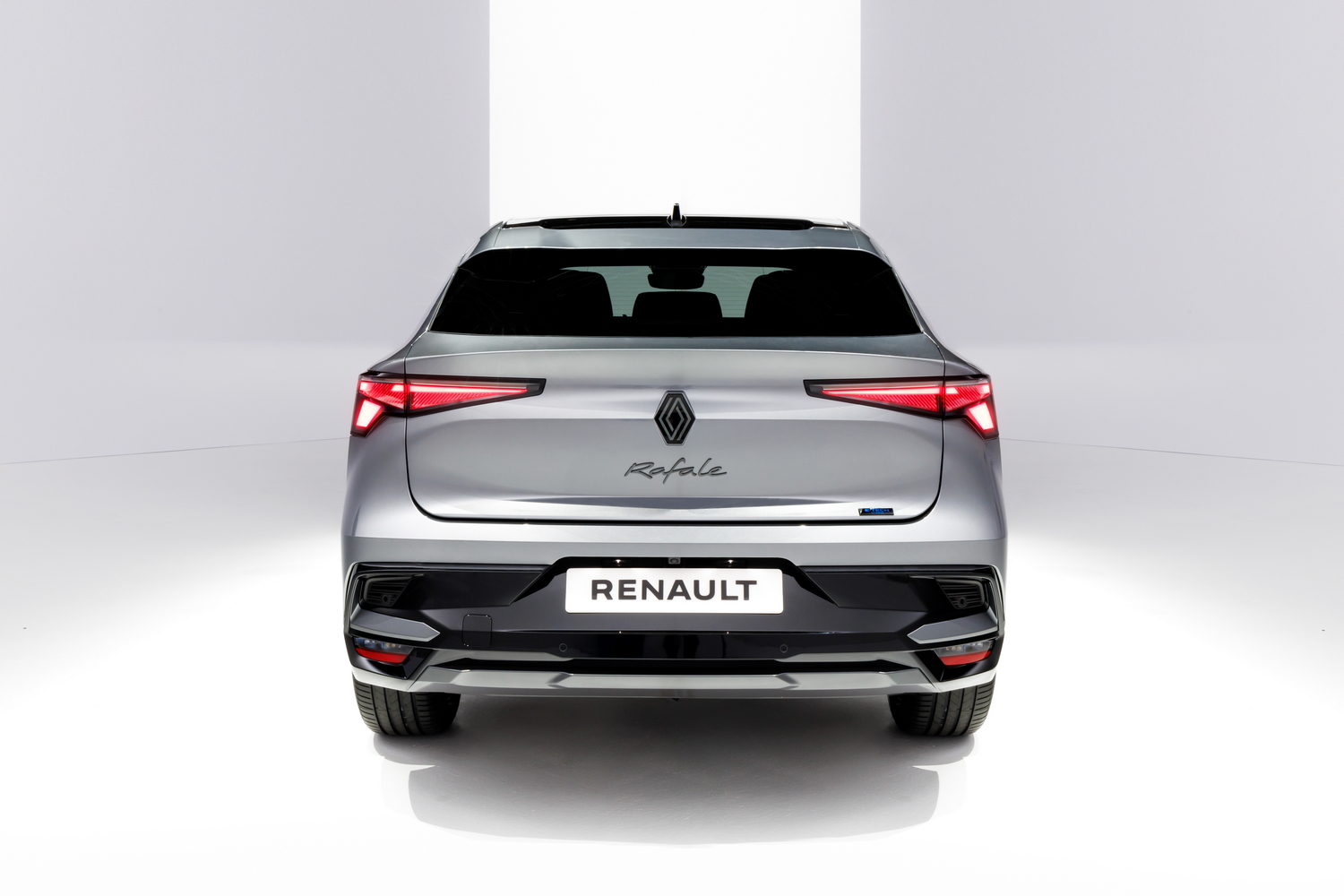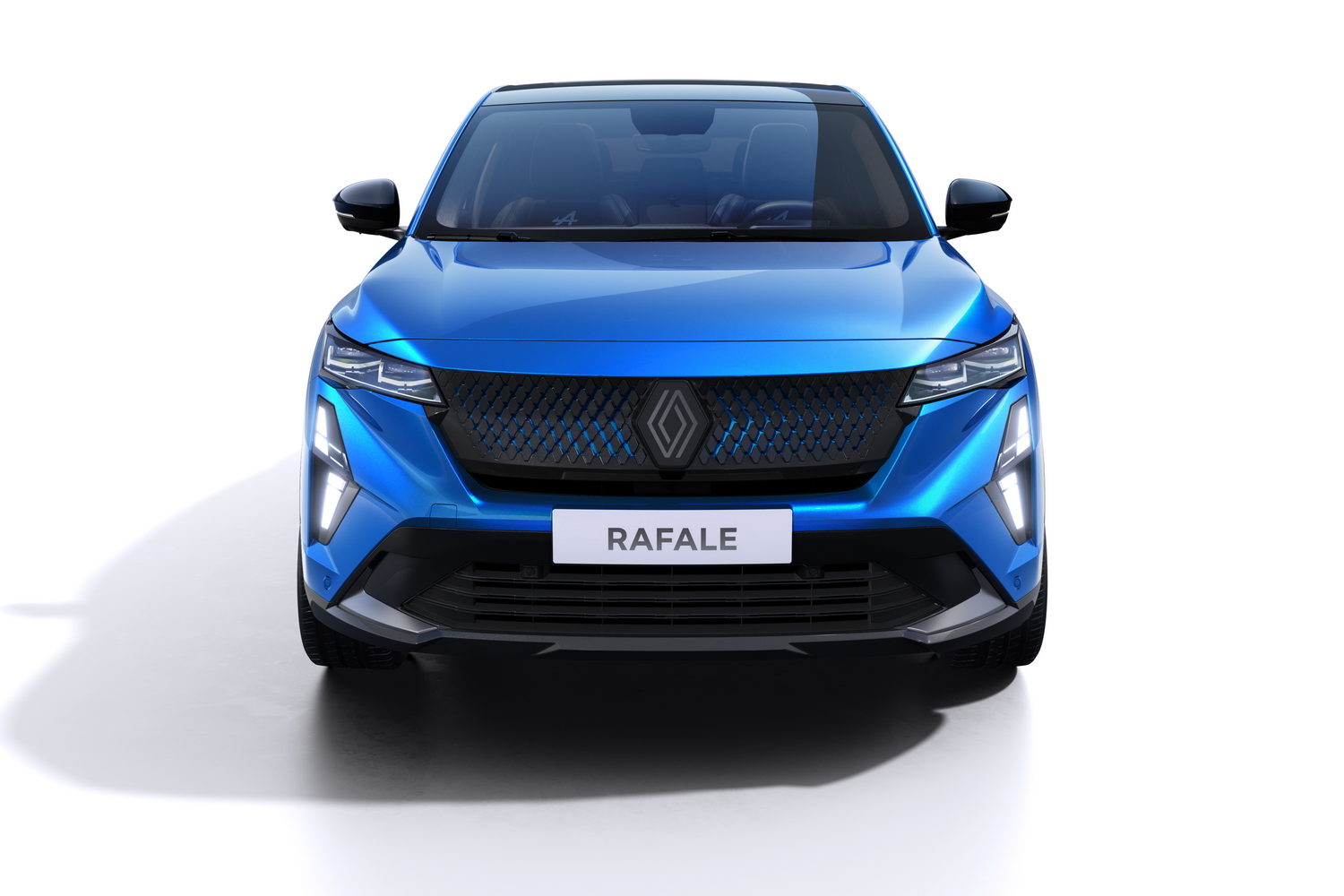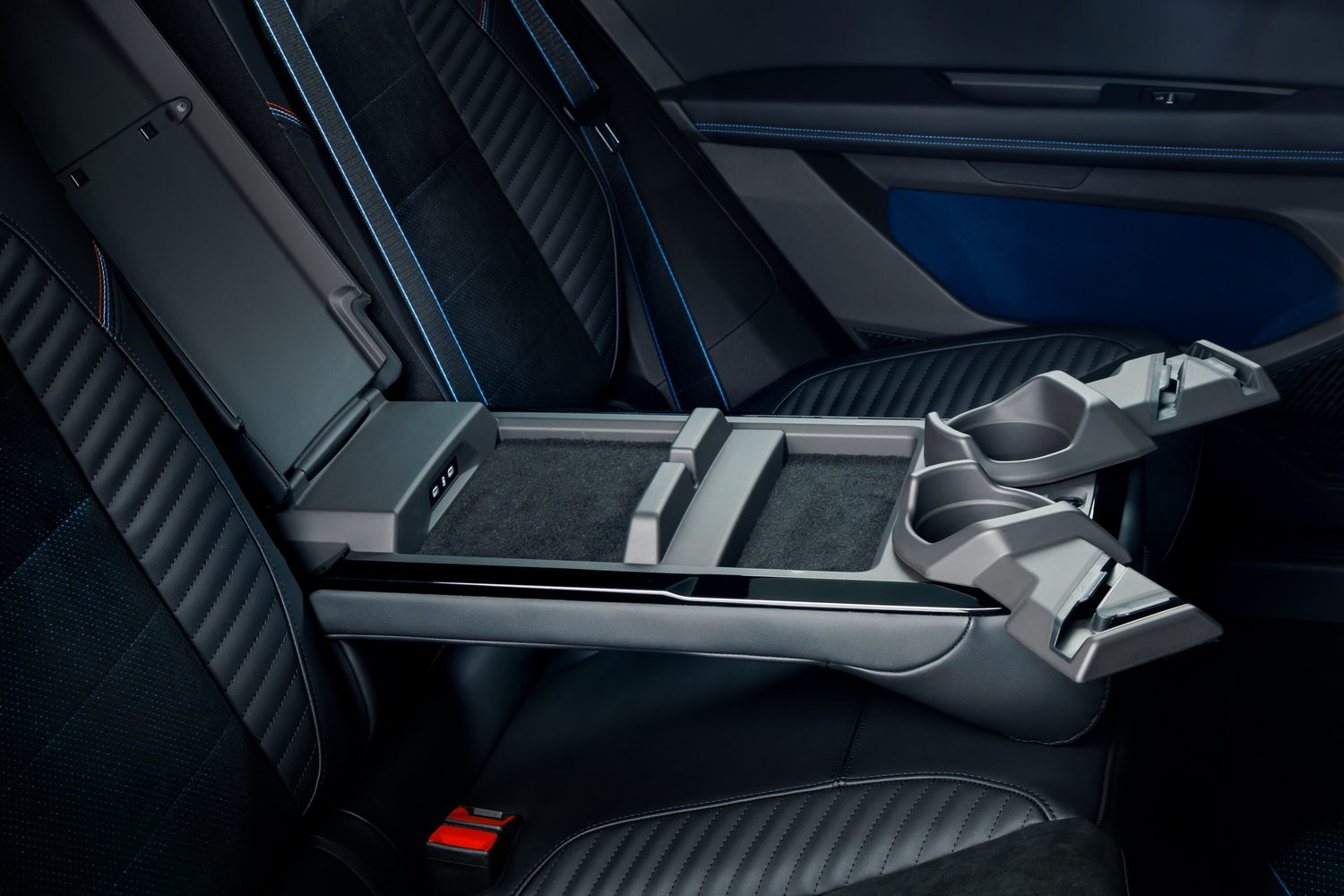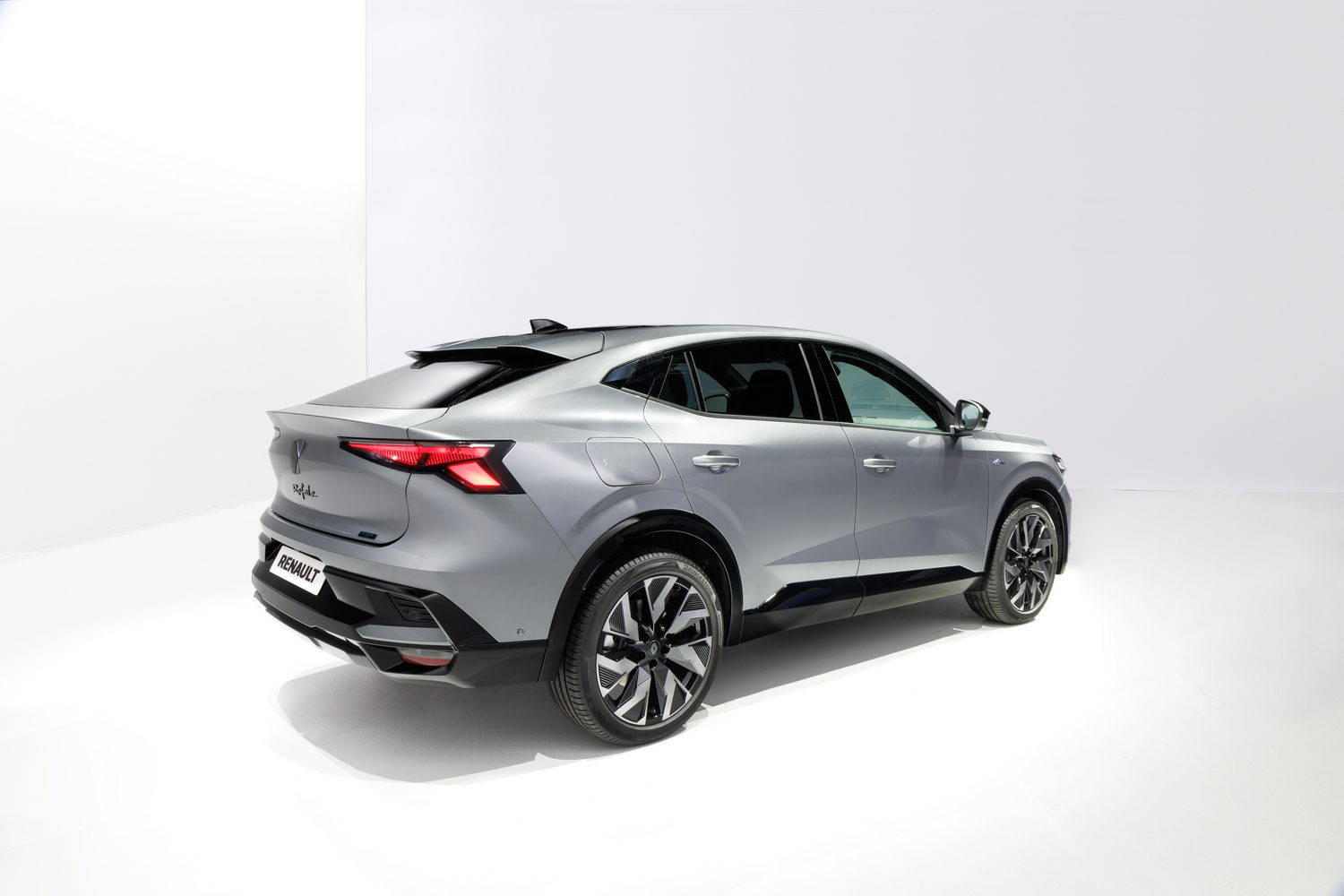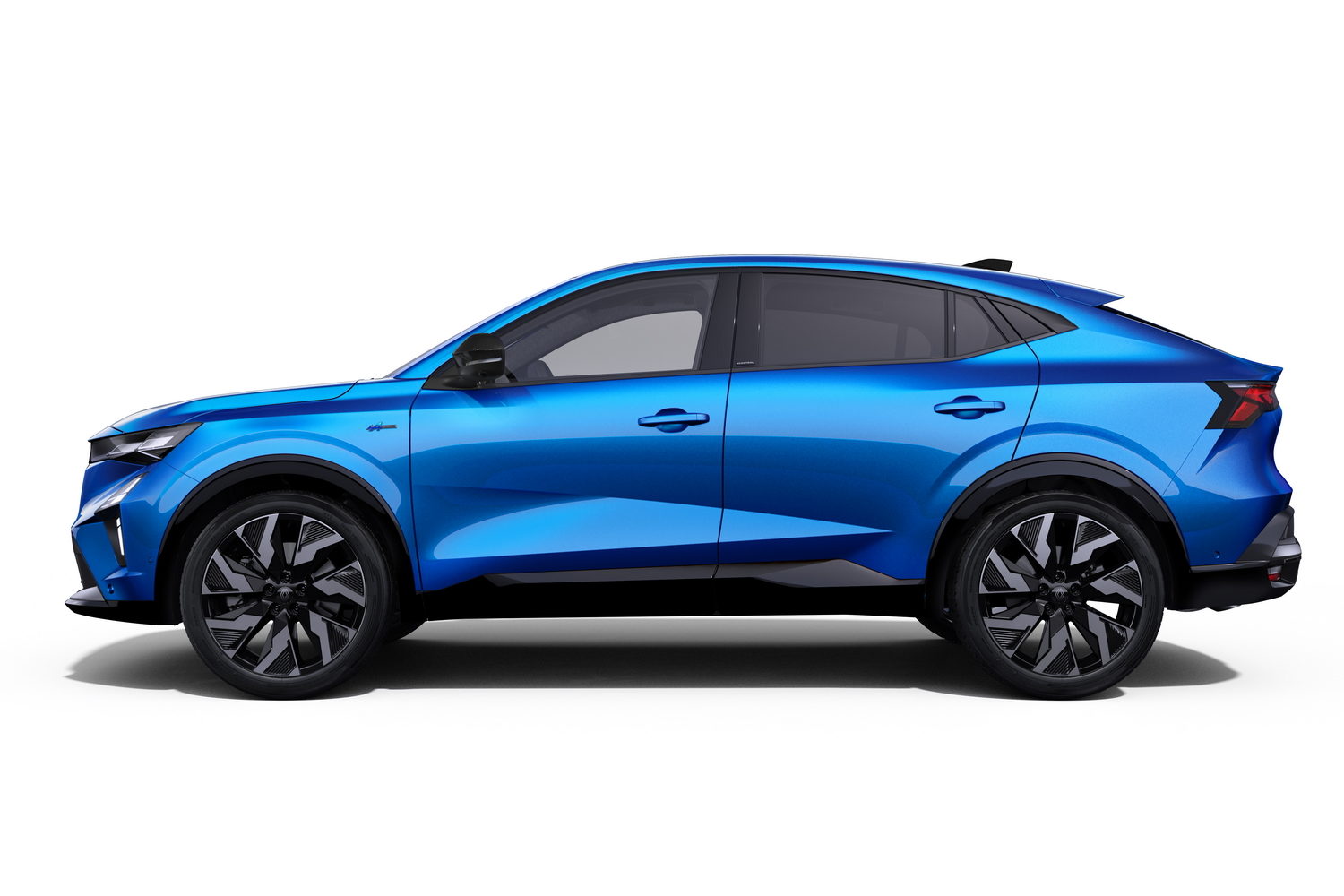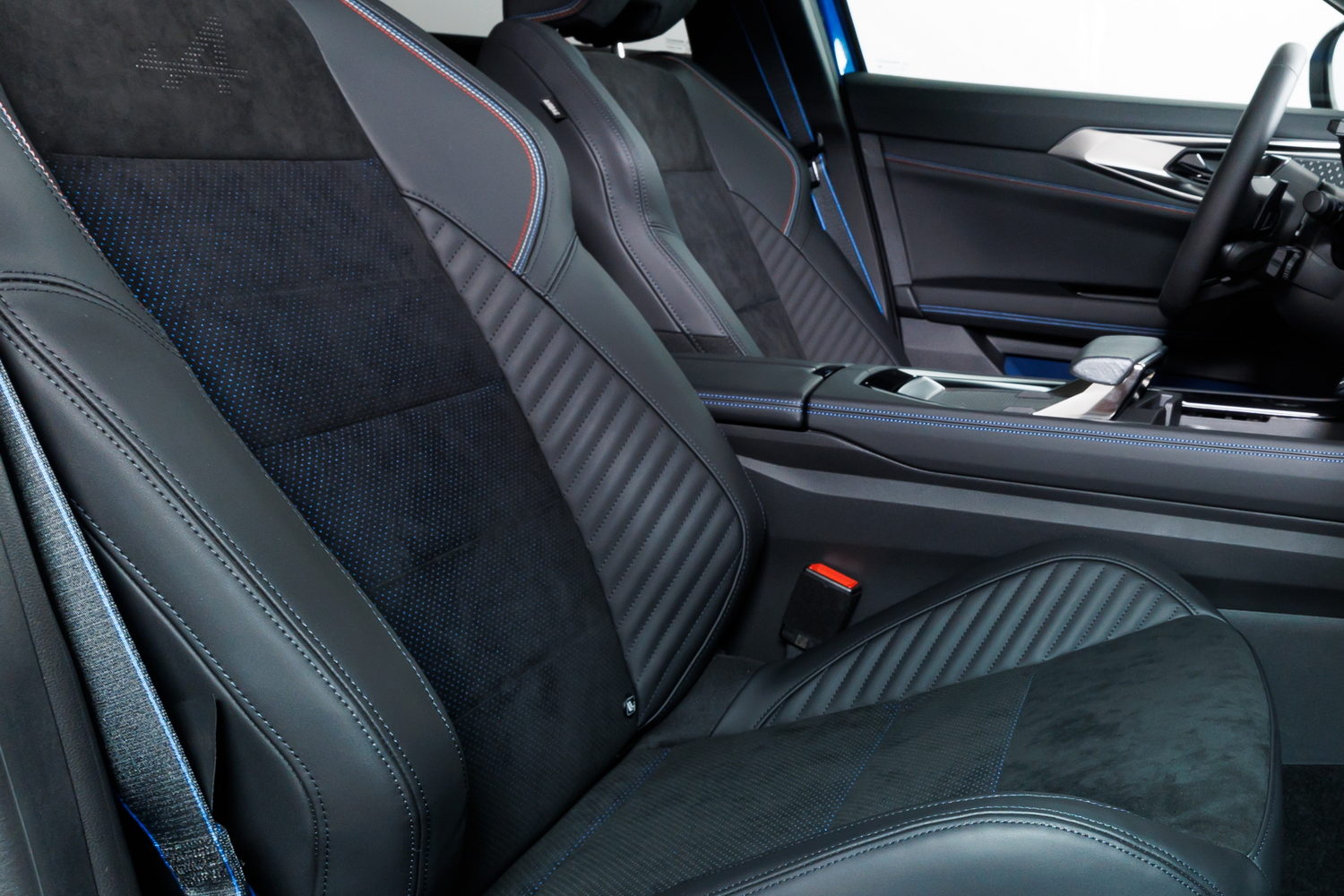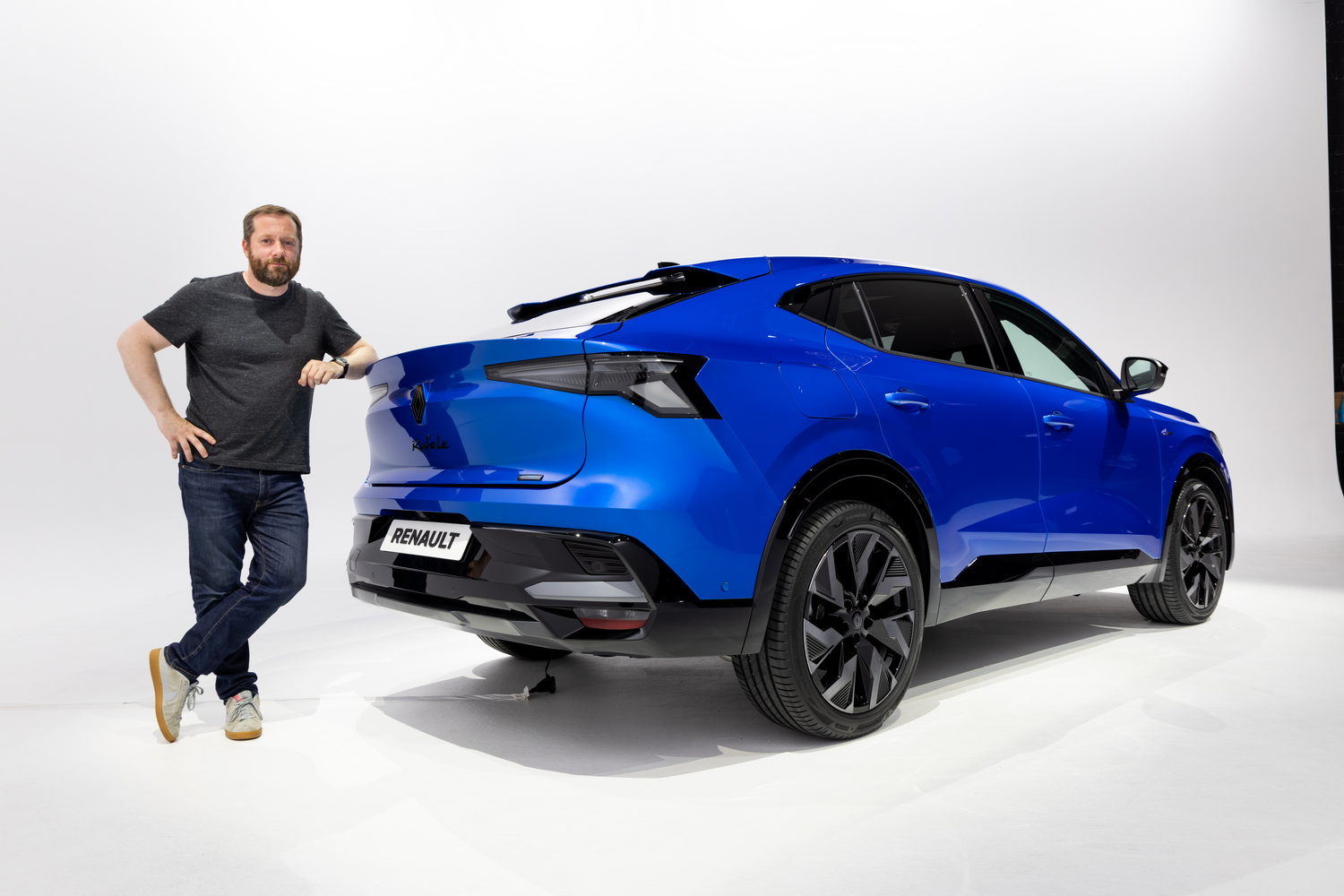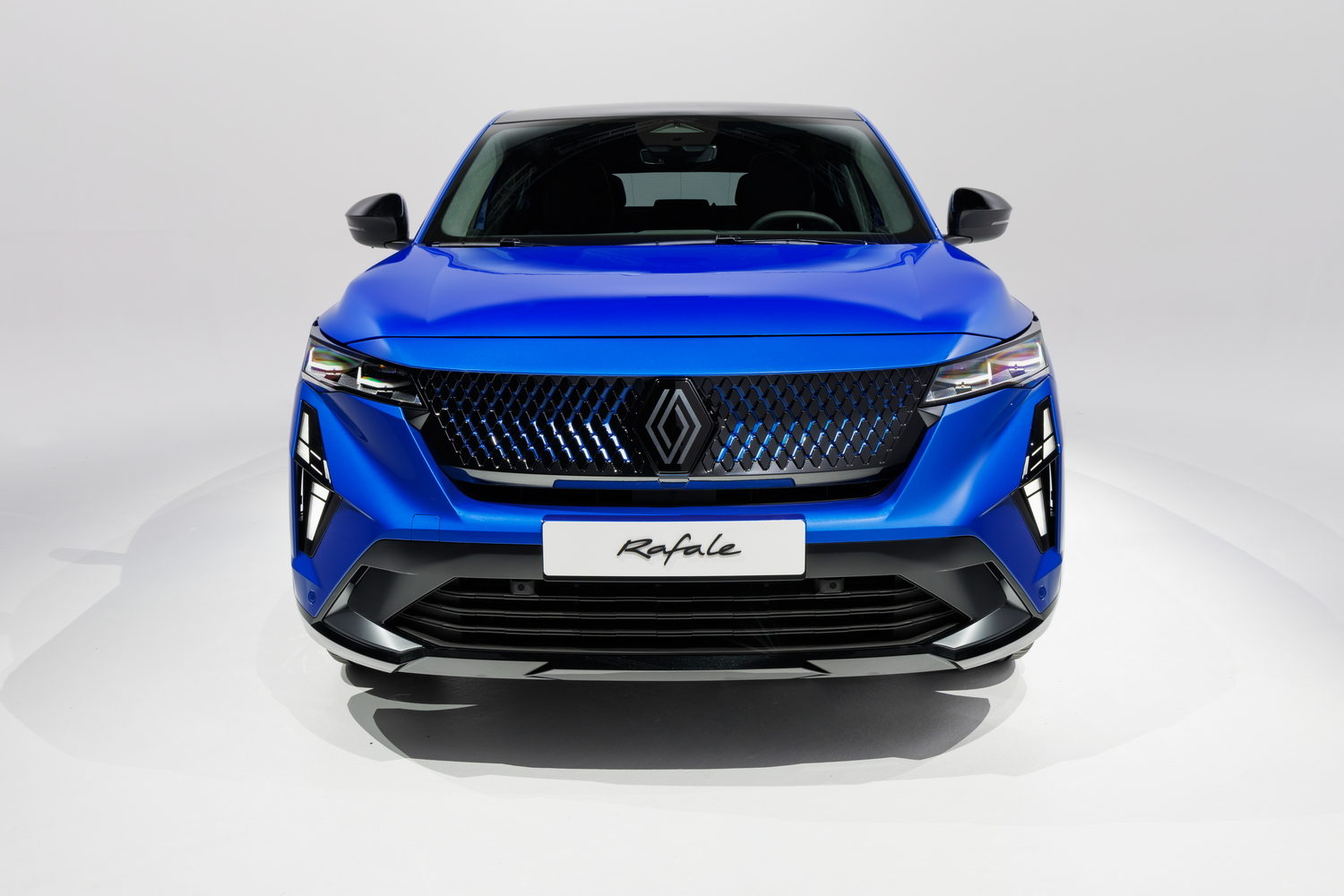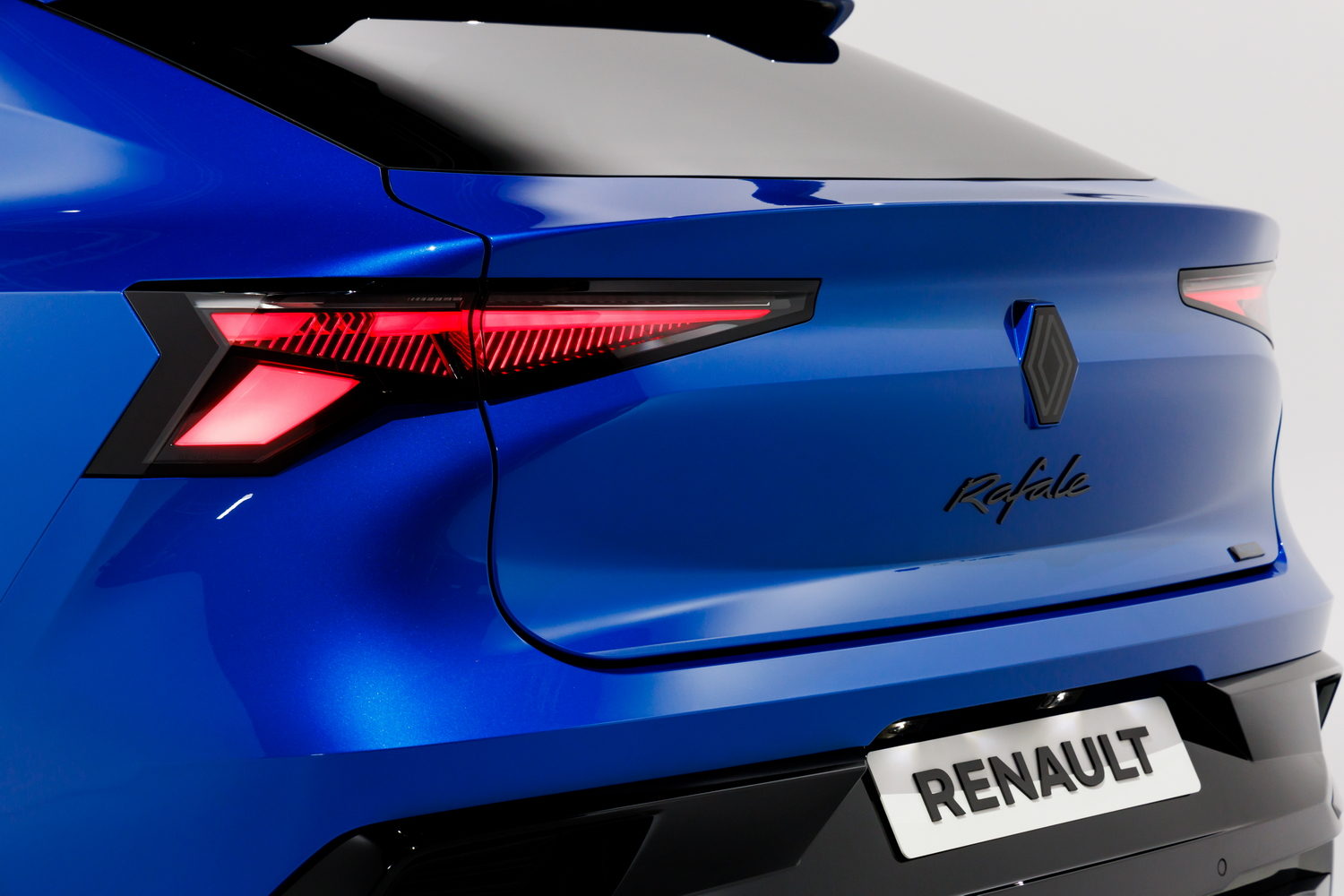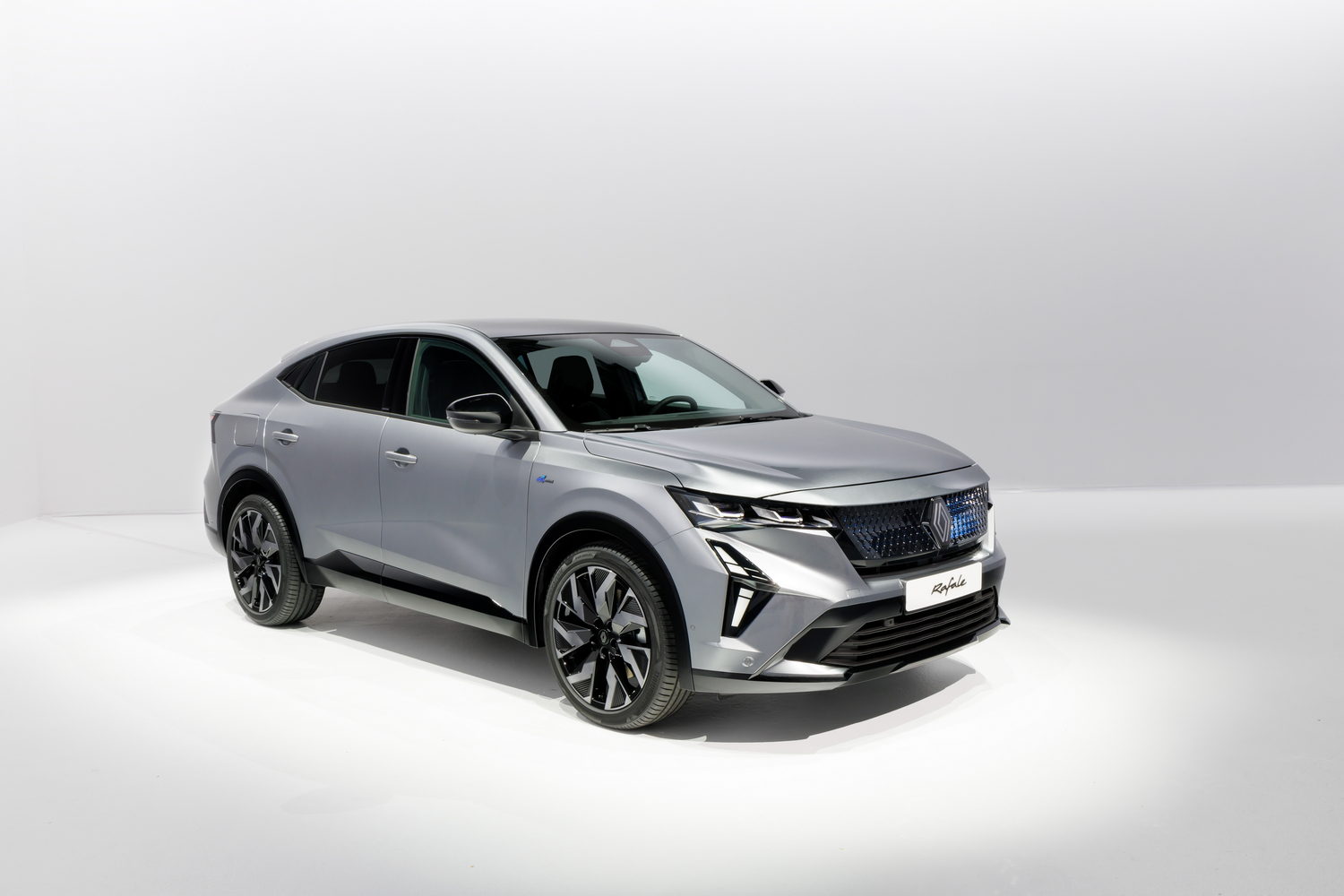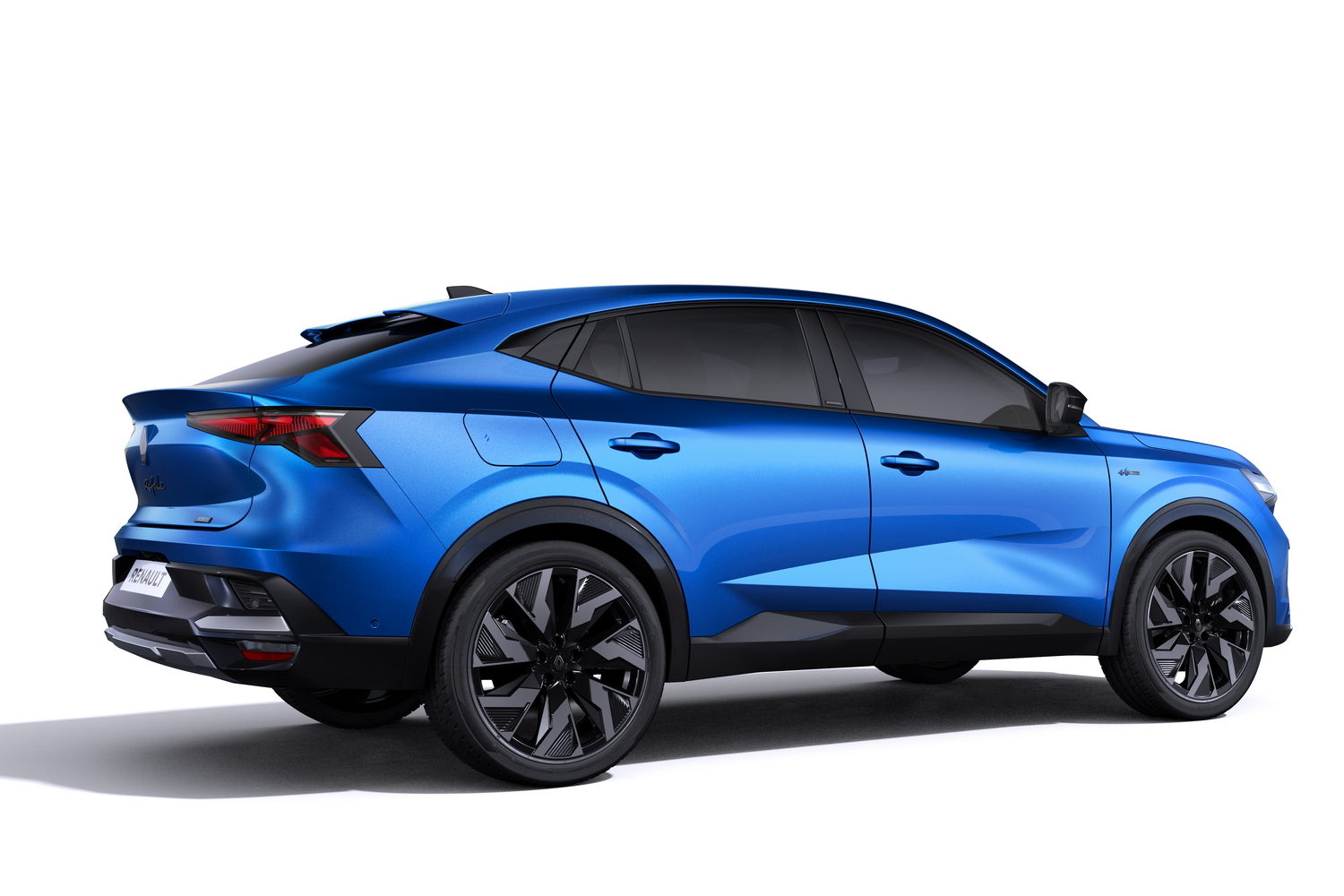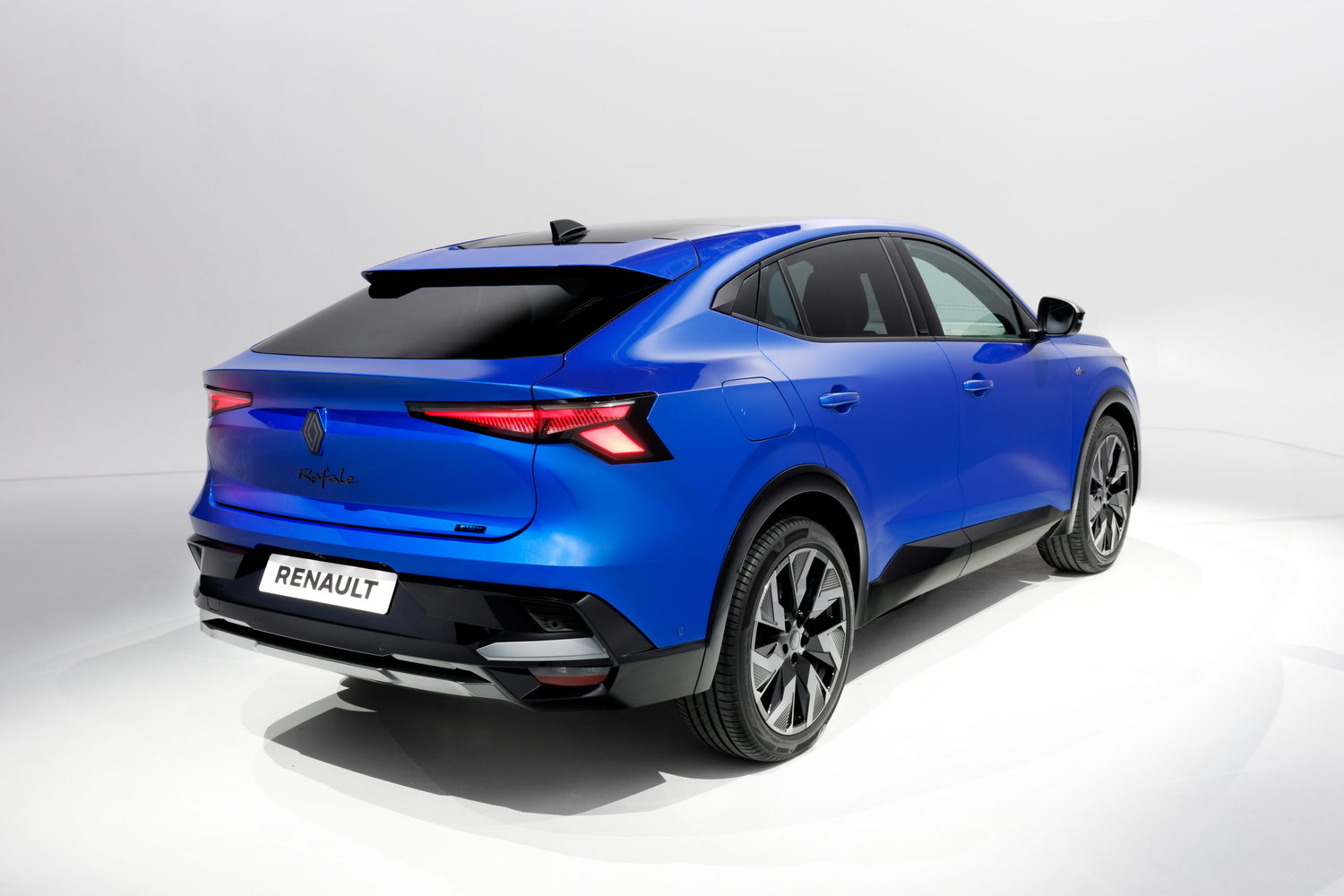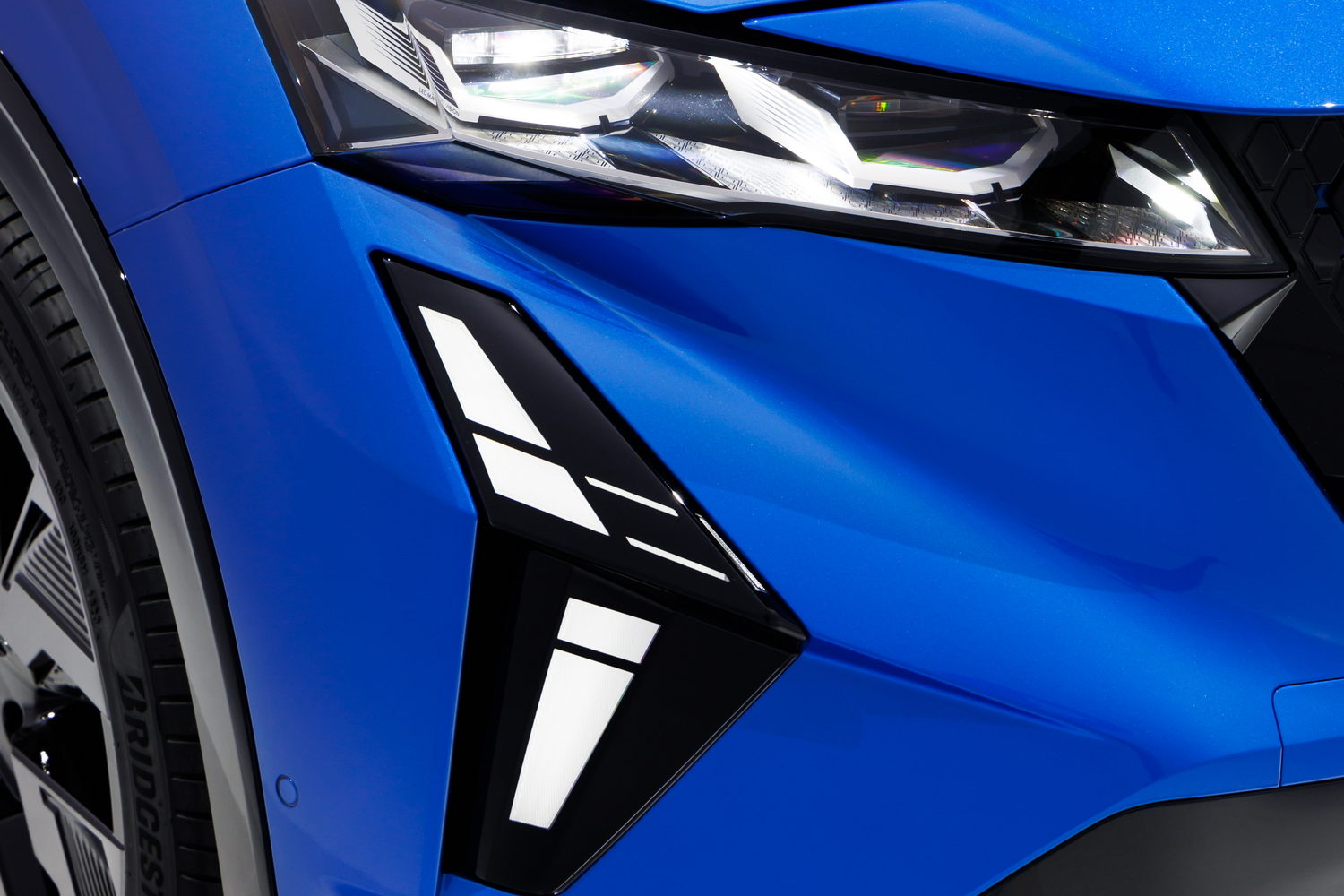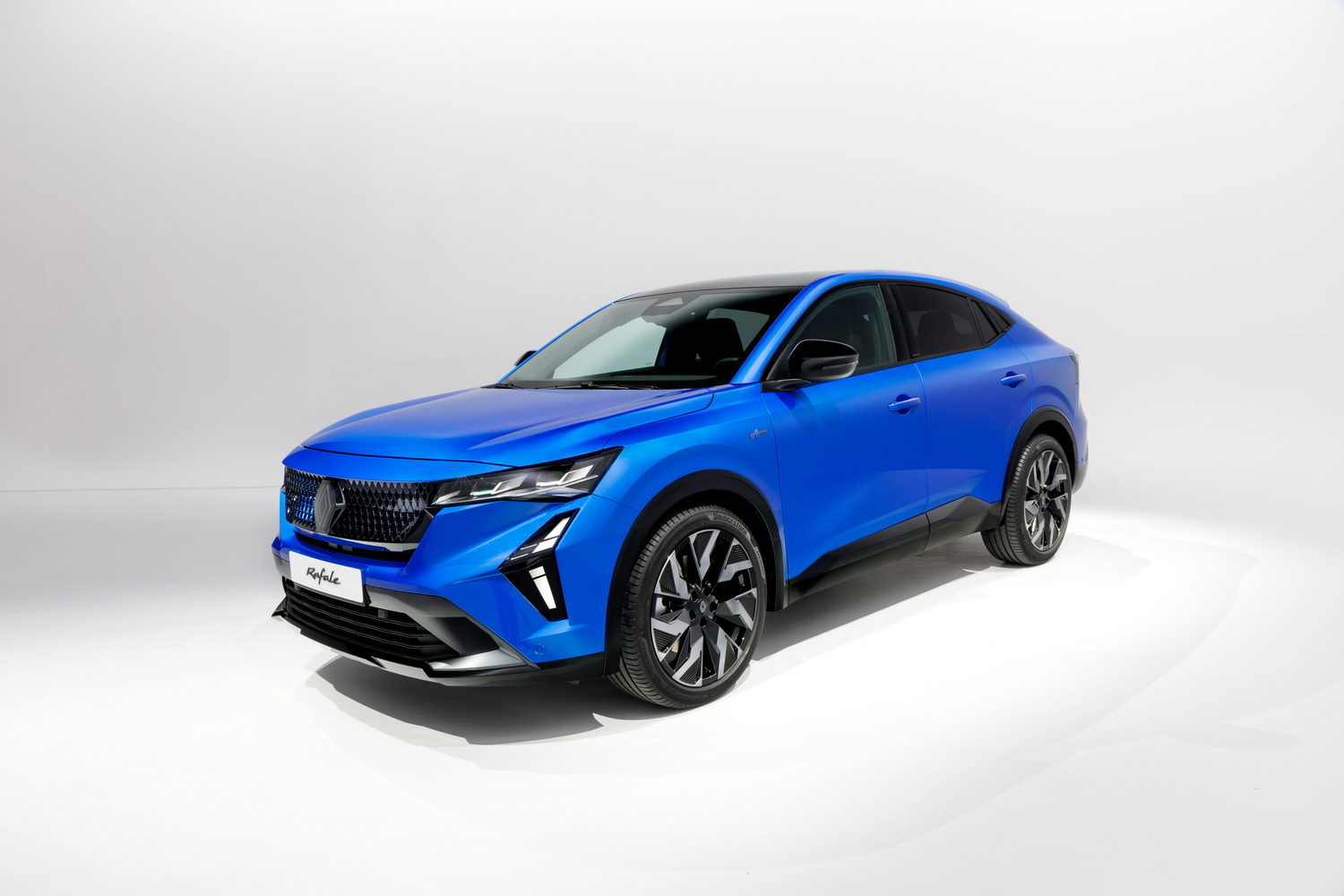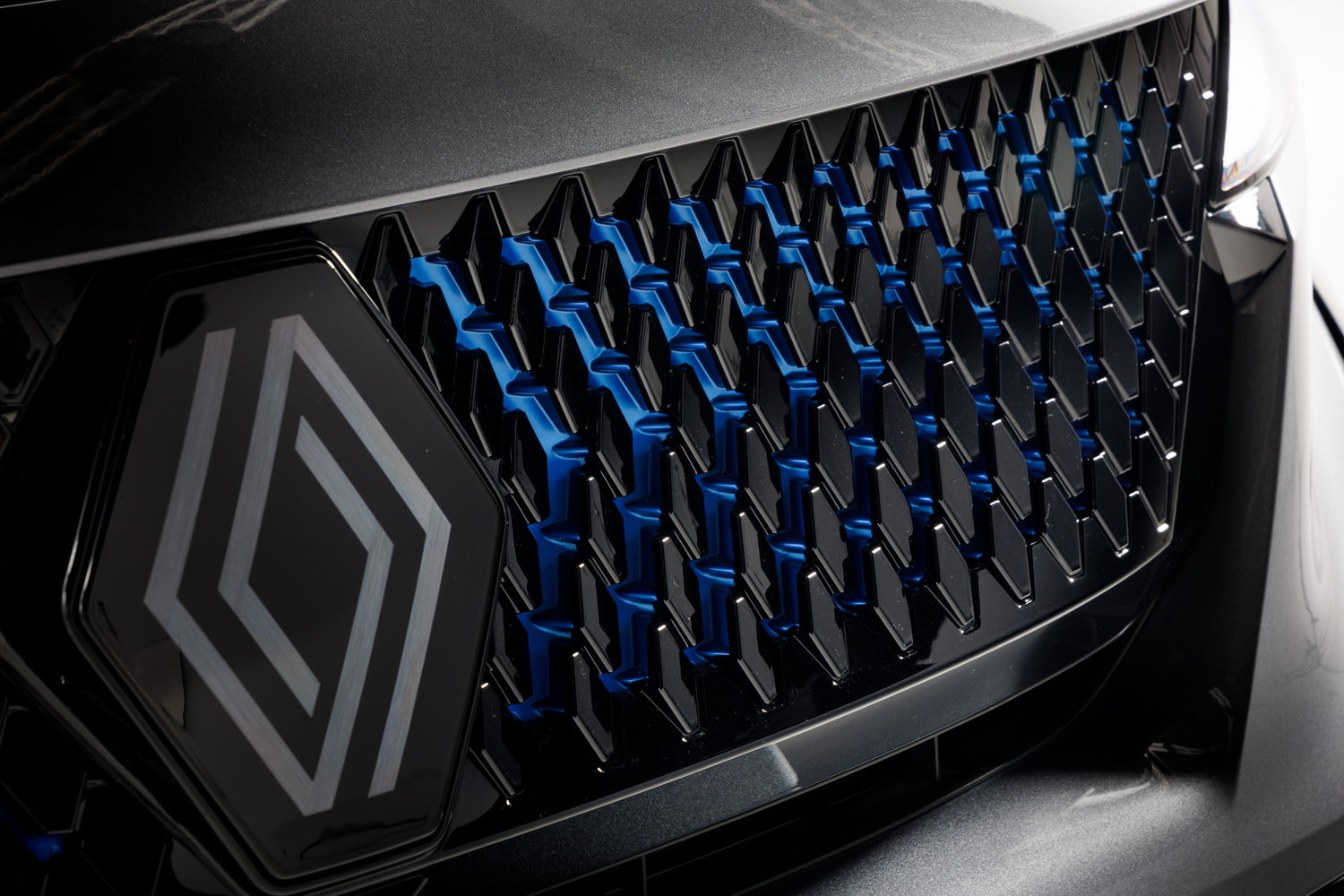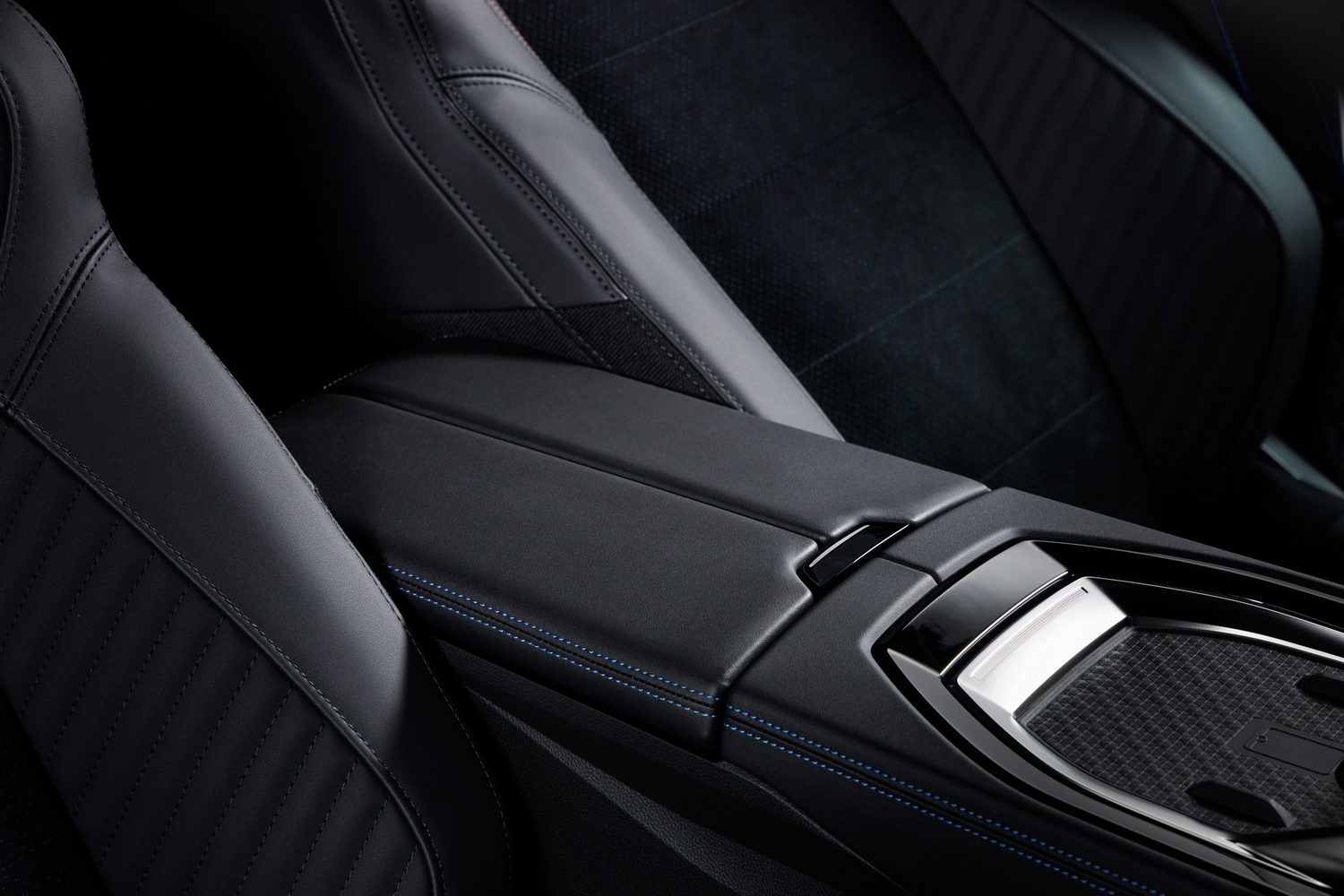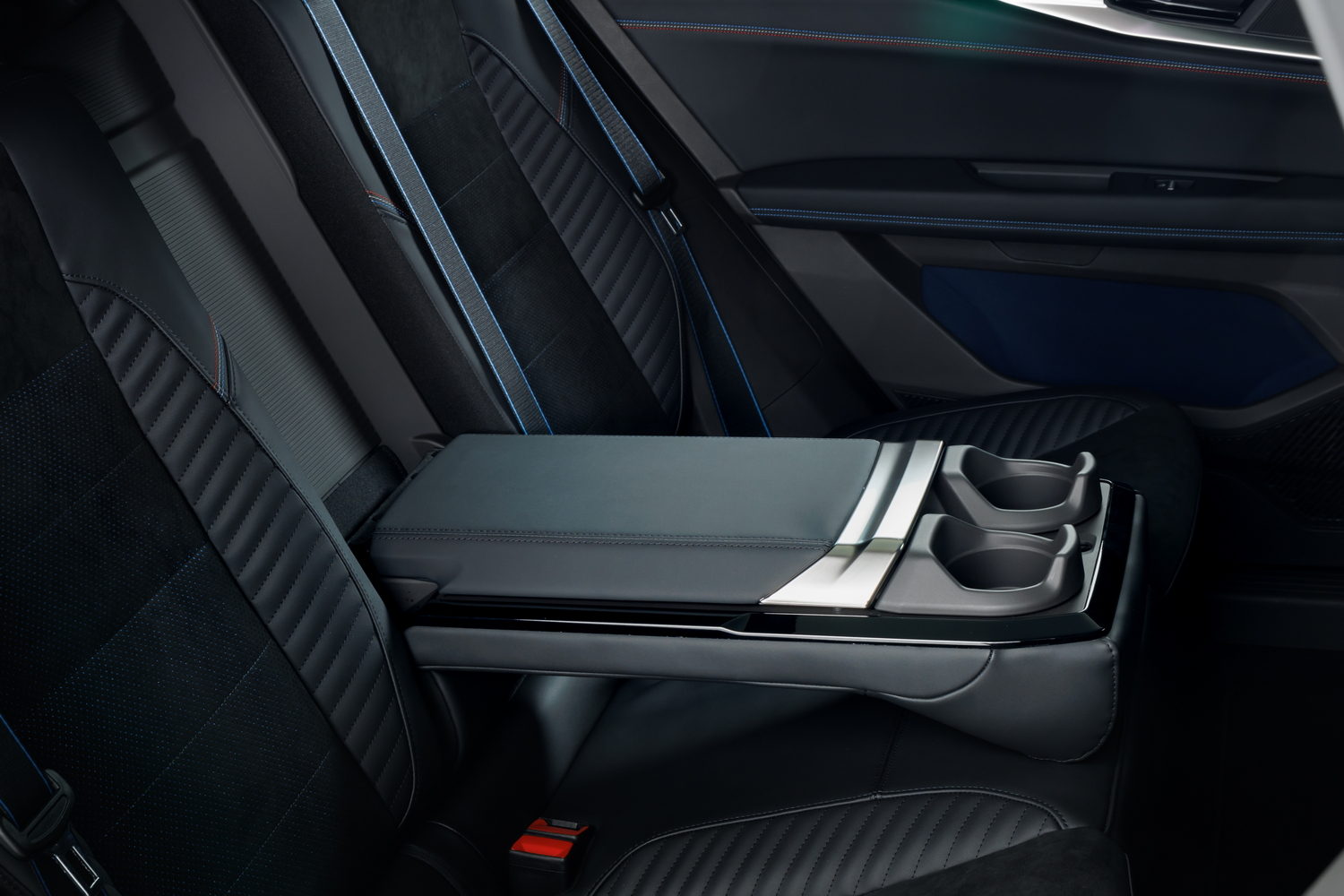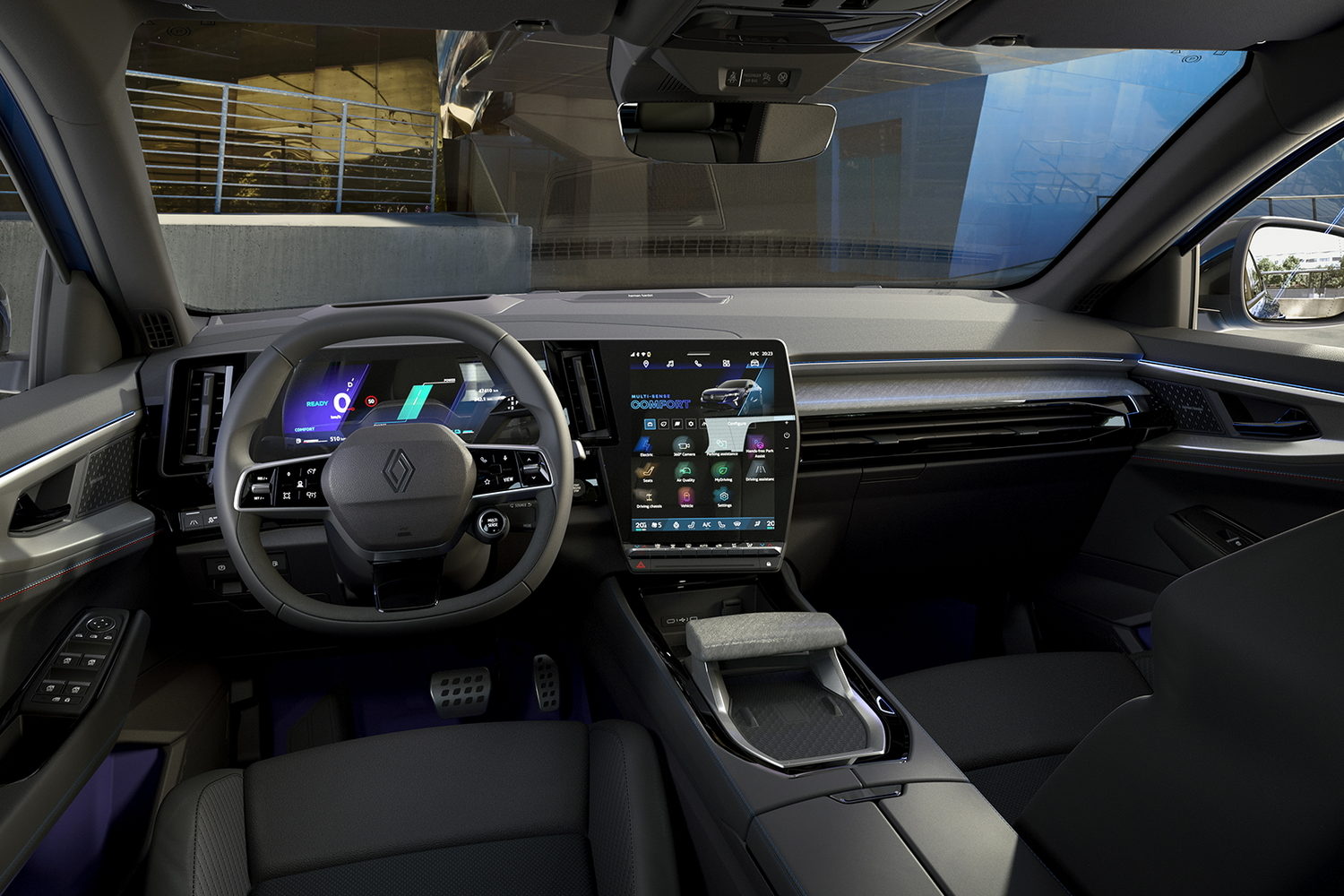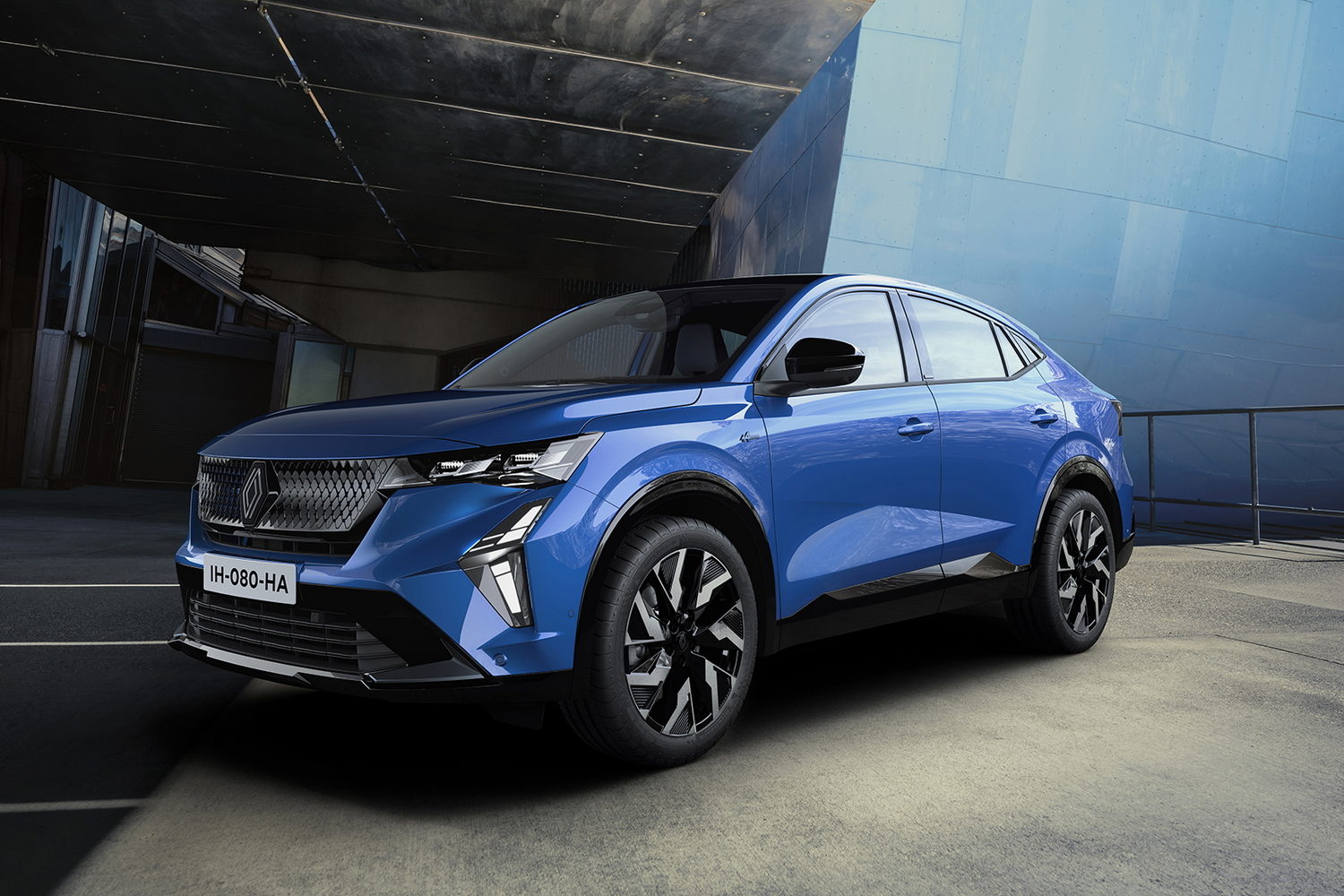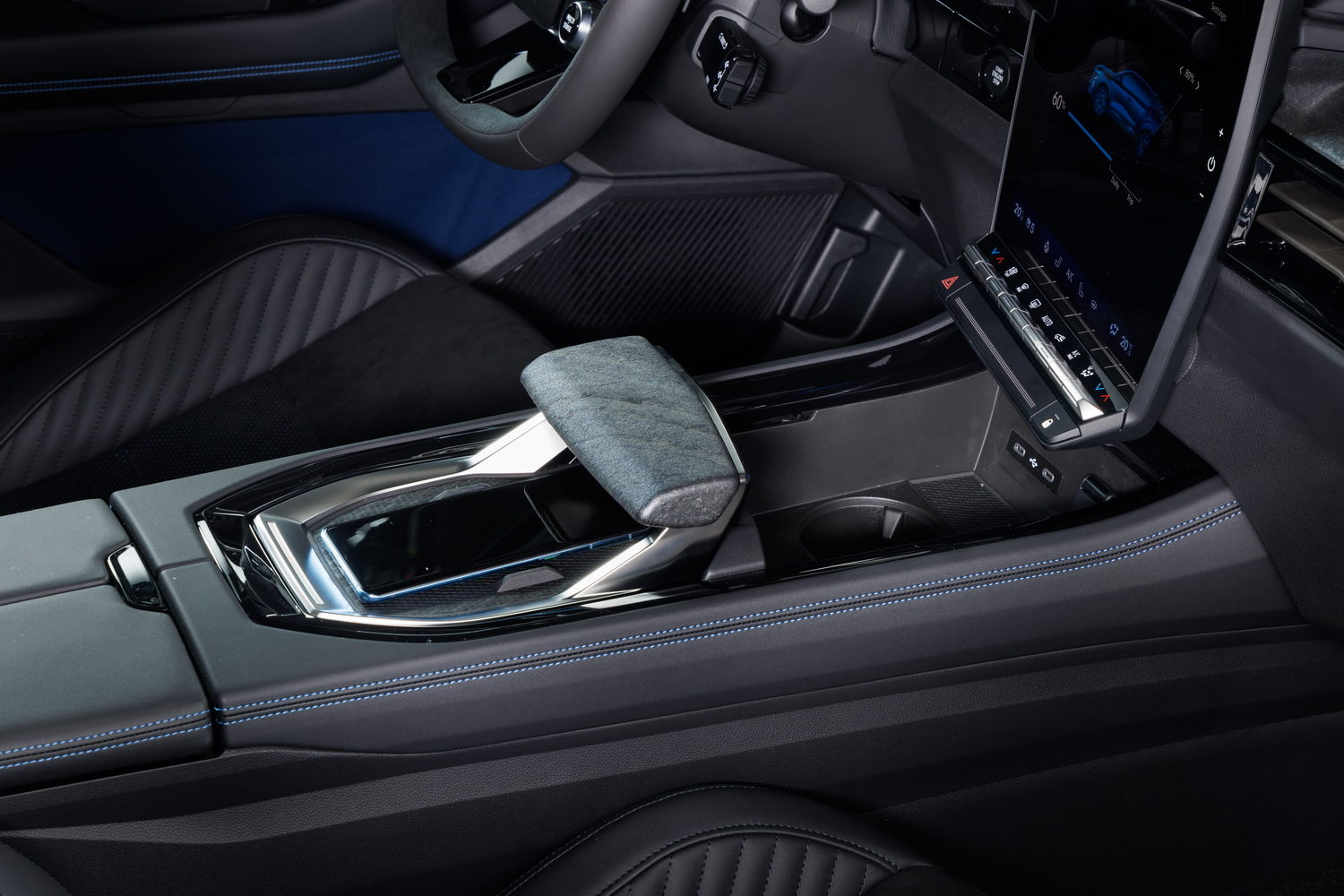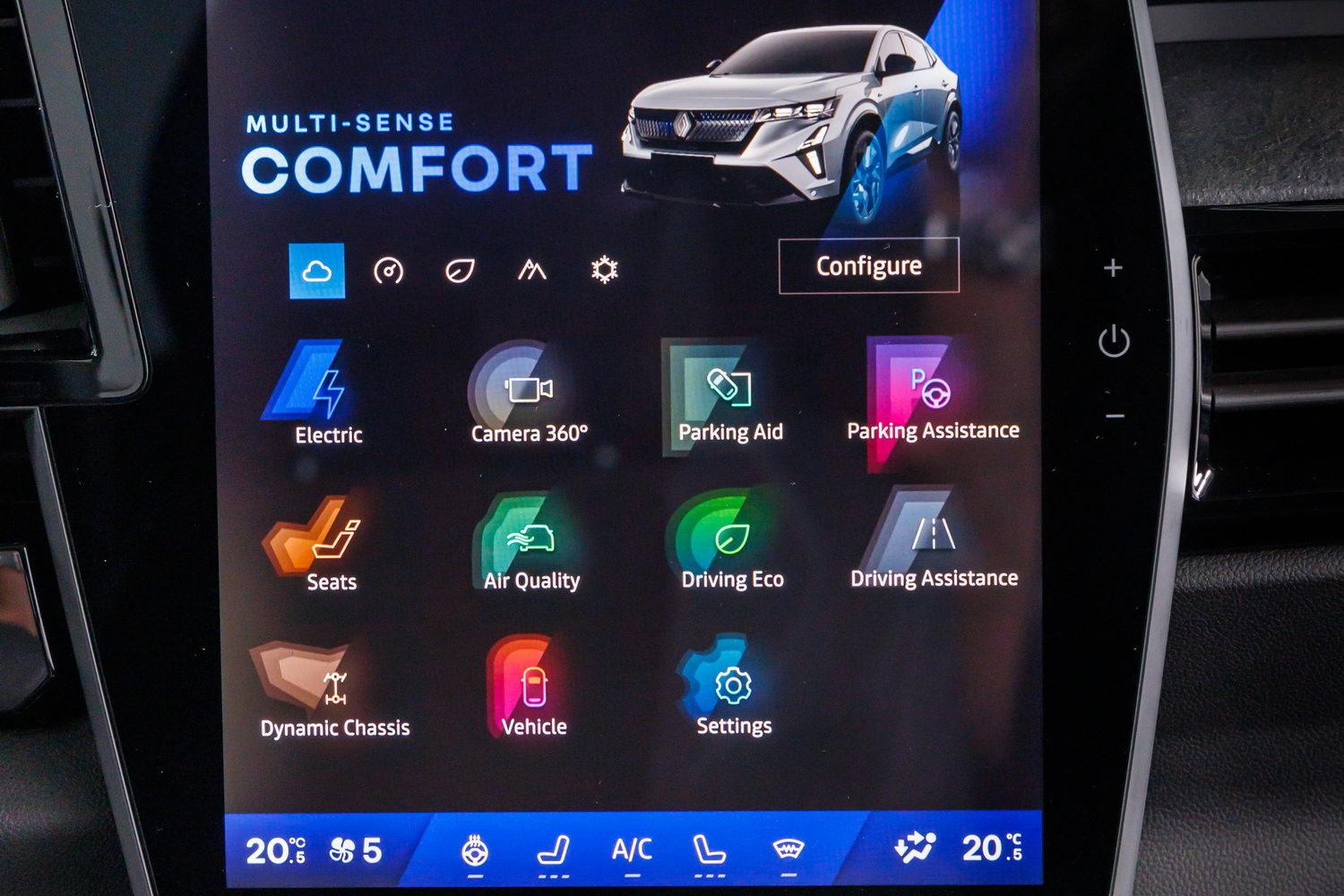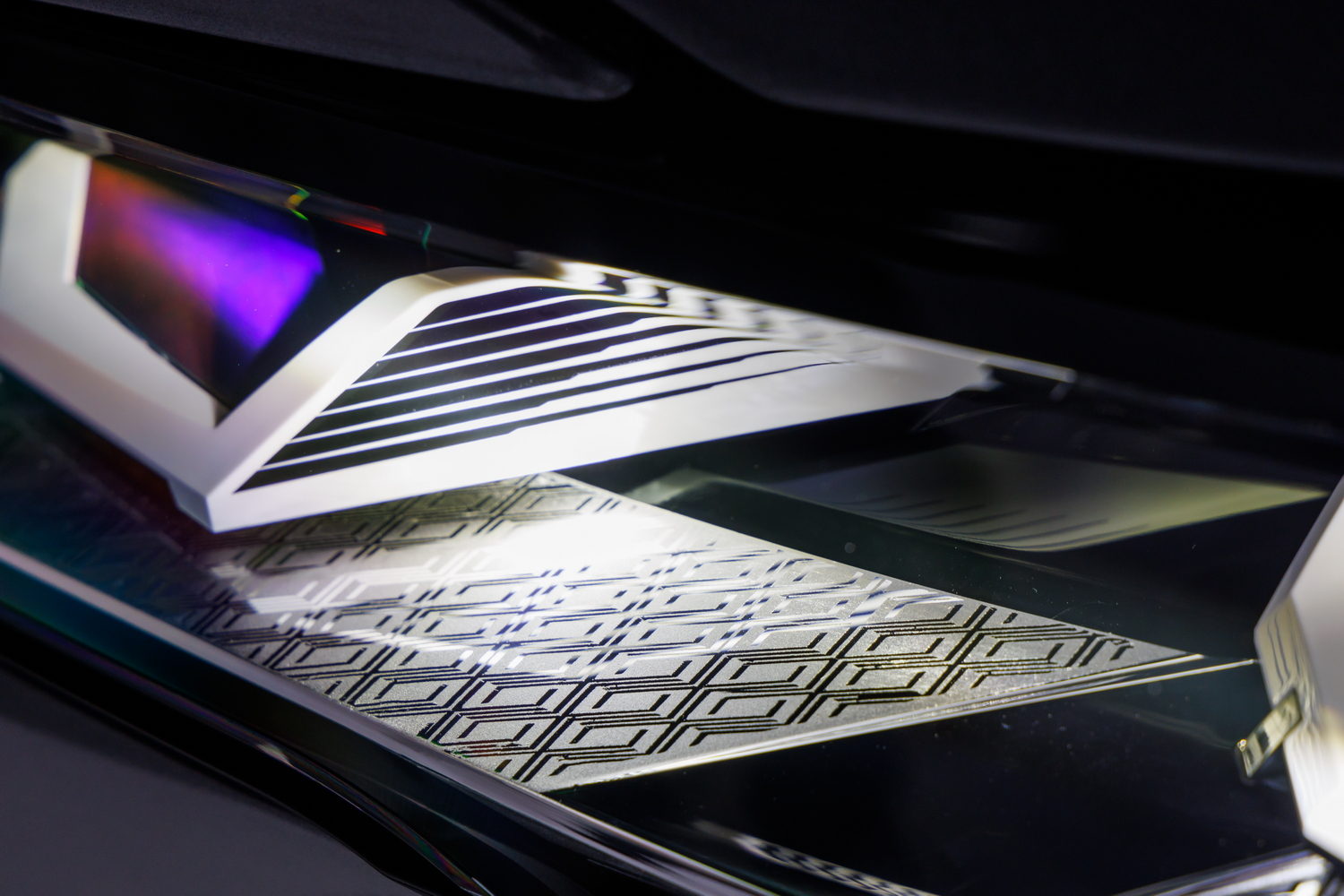With a name that evokes memories of an aeronautical past, the Renault Rafale will land in Ireland early next year as the range-topping model in the French brand's SUV line-up. Its styling is more dramatic than anything else in the current Renault range and power comes from the company's latest hybrid tech to optimise fuel efficiency.
Why doe the Renault Rafale look so different?
It would have been easy for Renault to take the Austral SUV and add a more sloping roofline; instead, it has given the Rafale a dramatically different appearance. As the first production car to be styled since Gilles Vidal joined Renault, it introduces a new design language to the brand, previewed by the Scenic Vision concept car. It will go on to influence many new models in the coming years.
At 4.71 metres long and 1.86 metres wide, the Rafale is no compact crossover and, compared with the Austral, its wheel tracks are 40mm wider and it sits on 20-inch alloy wheels. A new-look face gives the Rafale a more striking appearance, centred around an unusual grille design. Made up of dozens of gloss-black diamond shapes - in a nod to the brand's 'Nouvel'R' logo - that sit out from a blue (or grey, depending on the exterior body colour) background in a concave shape, they appear to move and flutter as your eyes move across the front.
Framing the grille on either side are slender, angular headlights with powerful LED projectors featuring a diamond-shaped pattern. On the edges of the front bumper are the LED daytime running lights that again carry the influence of the brand logo in a more abstract sense. From the side view is where the Rafale's somewhat dramatic lines become more apparent, especially in the doors, which blend sheet metal creases with natural-looking curves. During a preview of the car, Gilles Vidal, VP of Design at Renault, told CompleteCar.ie that the engineers didn't think it would be possible to create the effect in a production series car through traditional stamping techniques but stepped up to the challenge and made it work.
The Rafale shares no exterior body panels with any other Renault. Gloss black cladding around the wheel arches and through the lower door sections suggests a more premium on-road design than one for rugged terrain. A long wheelbase of 2.74 metres complements its proportions, bringing generous rear passenger space. A rakish rear quarter view results from extensive work in the wind tunnel to hone the car's aerodynamics in a bid to boost its efficiency. Meanwhile, the rear lights accentuate the car's width and are inspired by Chinese tangram puzzles.
Vidal said: "The Rafale is a powerful illustration of the Renault brand's new design language. It is in keeping with its DNA through generous curves, treated with great precision, combined with lines of tension and technical details that bring character and sophistication to the whole. With its unprecedented style, quality craftsmanship and proportions, the Renault Rafale asserts its power and personality on the road."
What's the interior of the Renault Rafale like?
There are many similarities between the interior of the Renault Rafale and the Austral SUV, including the stylish dual-screen setup in an L-shaped layout. The digital instrument display measures 12.3 inches across the diagonal and can be configured in numerous ways. At the same time, the 12-inch infotainment touchscreen makes the most of its Google-based operating system to be highly intuitive to use. An upgraded 9.3-inch head-up display shows the car's speed, active driver assistance systems and navigation prompts in a way that isn't distracting for the driver.
Elsewhere in the cabin, there are some interesting and unusual details. For the first time in a Renault, the designers have incorporated real slate material into the dashboard trim and the top of the centre armrest. Serving as a nod to the mountainous Alpine region (linking in with Renault's Alpine brand), the slate is applied to the interior using innovative methods to give a textured appearance. On a practical note, the sliding centre console incorporates a wireless charging pad and additional storage space for smaller items. In other versions of the Rafale, dyed black cork material offers an equally unusual alternative.
On the Esprit Alpine trim level, the interior gains three-colour stitching in the colours of the French flag around the interior and on the sports seats, which are an all-new design. These also feature an A-and-Arrow logo that illuminates when the car is unlocked, making it visible from the exterior.
Another new feature in the Rafale is the SolarBay glass roof that was developed by industry specialist Saint-Gobain. Its 'AmpliSky' technology is an active system that darkens segments of the roof on demand by using electric fields and 'Polymer Dispersed Liquid Crystal' technology. With nine segments, the roof can be fully or partially darkened either by the driver or by voice control for rear passengers. Such a design also eliminates the need for a movable sun blind, thus adding 30mm more headroom for passengers.
Those in the rear seats already benefit from some of the best legroom in the segment. The outer rear seats are sculpted to provide lots of support and, when the centre seat isn't in use, it can fold down to create a large centre console area that includes a pull-out section to mount a tablet display or hold a smartphone so that rear passengers can watch media on the move.
Where does the Renault Rafale name come from?
Renault's long and storied history extends beyond cars, and back in the early parts of the last century it provided engines to the aeronautical world. In 1934, the Caudron-Renault Rafale set a record-breaking speed of 445km/h, piloted by Hélène Boucher, a pioneering pilot of the era.
What engines will the Renault Rafale have?
The Renault Rafale will initially be available with hybrid power. This E-Tech full hybrid system is the same as in other Renault models and comprises a 1.2-litre petrol engine working in tandem with an electric motor to produce a total maximum output of 200hp. It uses a novel multimode automatic transmission that doesn't use a traditional clutch. This setup was derived from expertise learned from Formula One technology and developed after engineers built a working prototype using Lego.
Further down the line will be an introduction of a more powerful (300hp) plug-in hybrid model that will use Renault's 4Control four-wheel-drive system. This setup will also use rear-wheel steering that can turn the rear wheels in the opposite direction to the front wheels at low speeds by up to five degrees, giving it a turning circle similar to a Renault Clio's. At higher speeds, those rear wheels turn in phase with the front wheels by one degree to provide more precise and stable direction changes, such as when moving between lanes on the motorway.
Irish prices and specifications for the Renault Rafale have yet to be confirmed, though it is expected to launch in Ireland in 2024.

